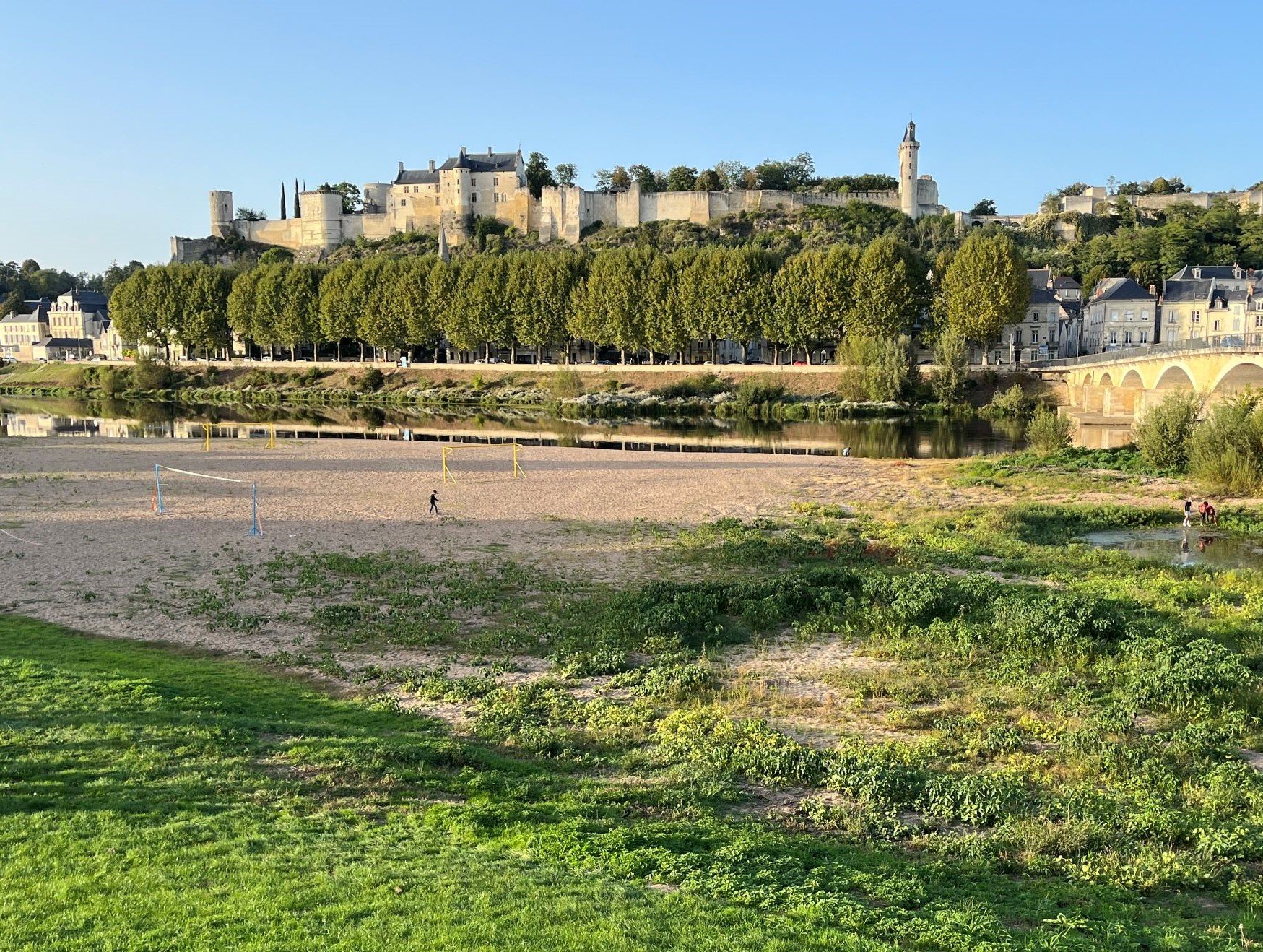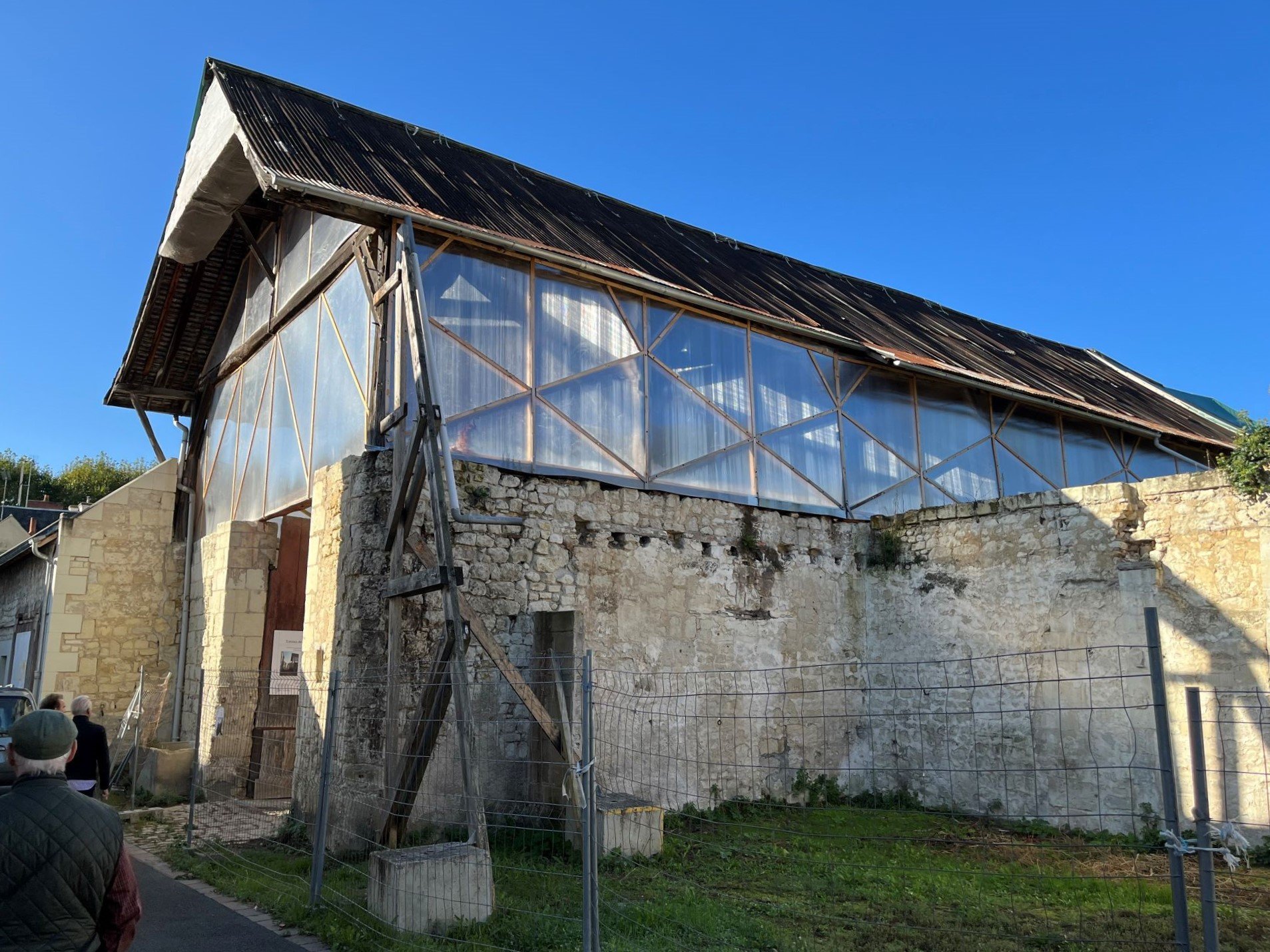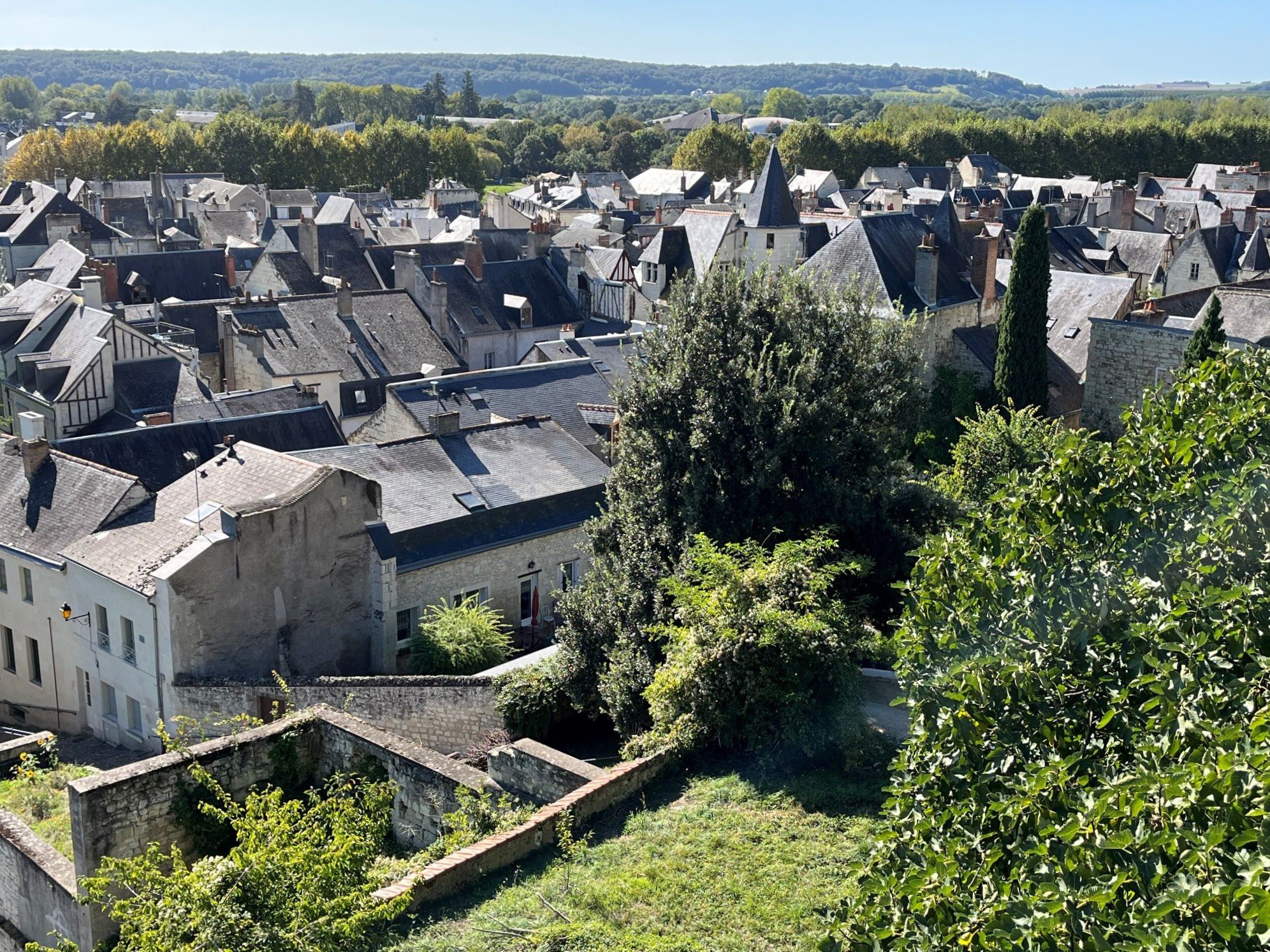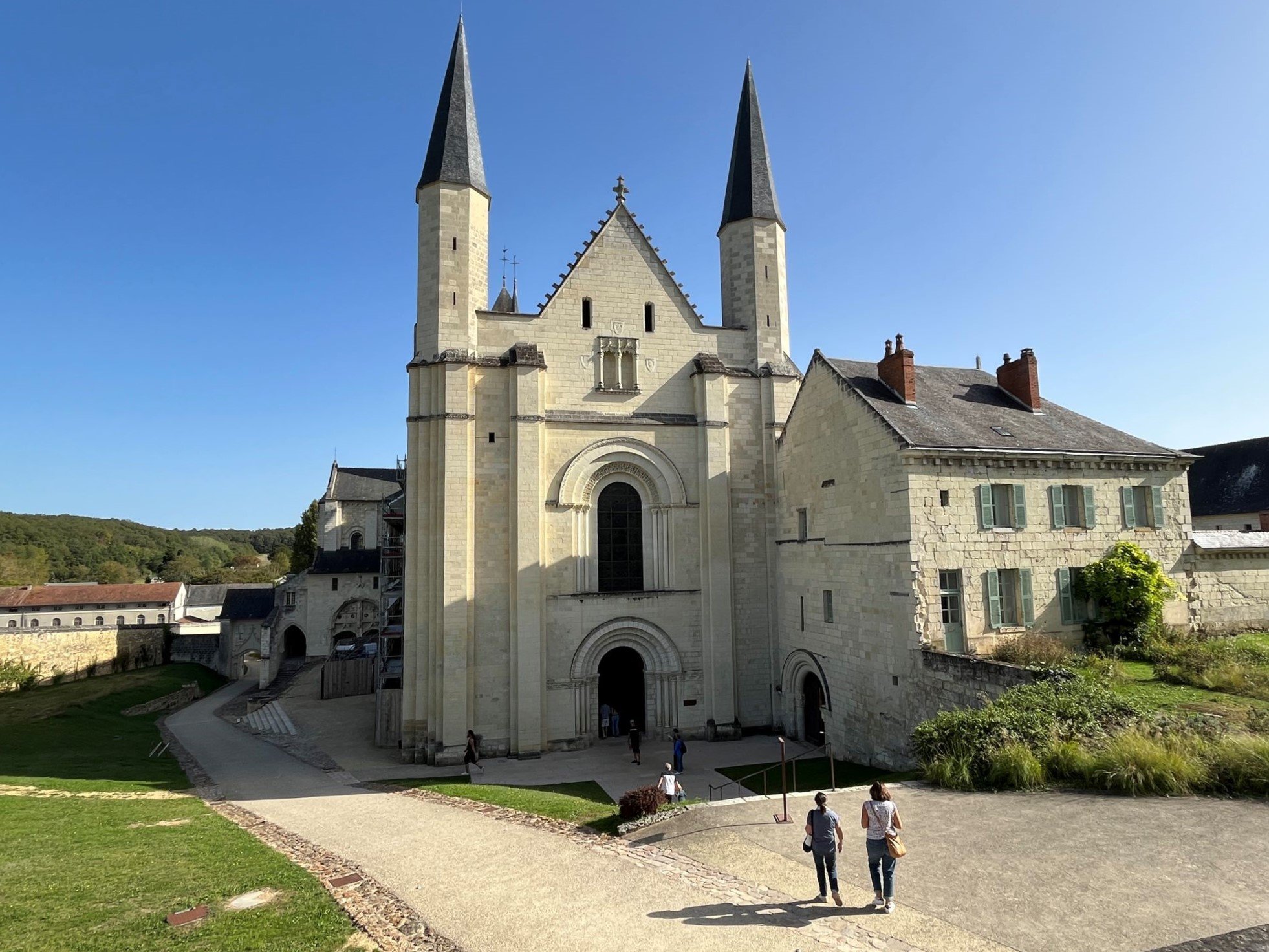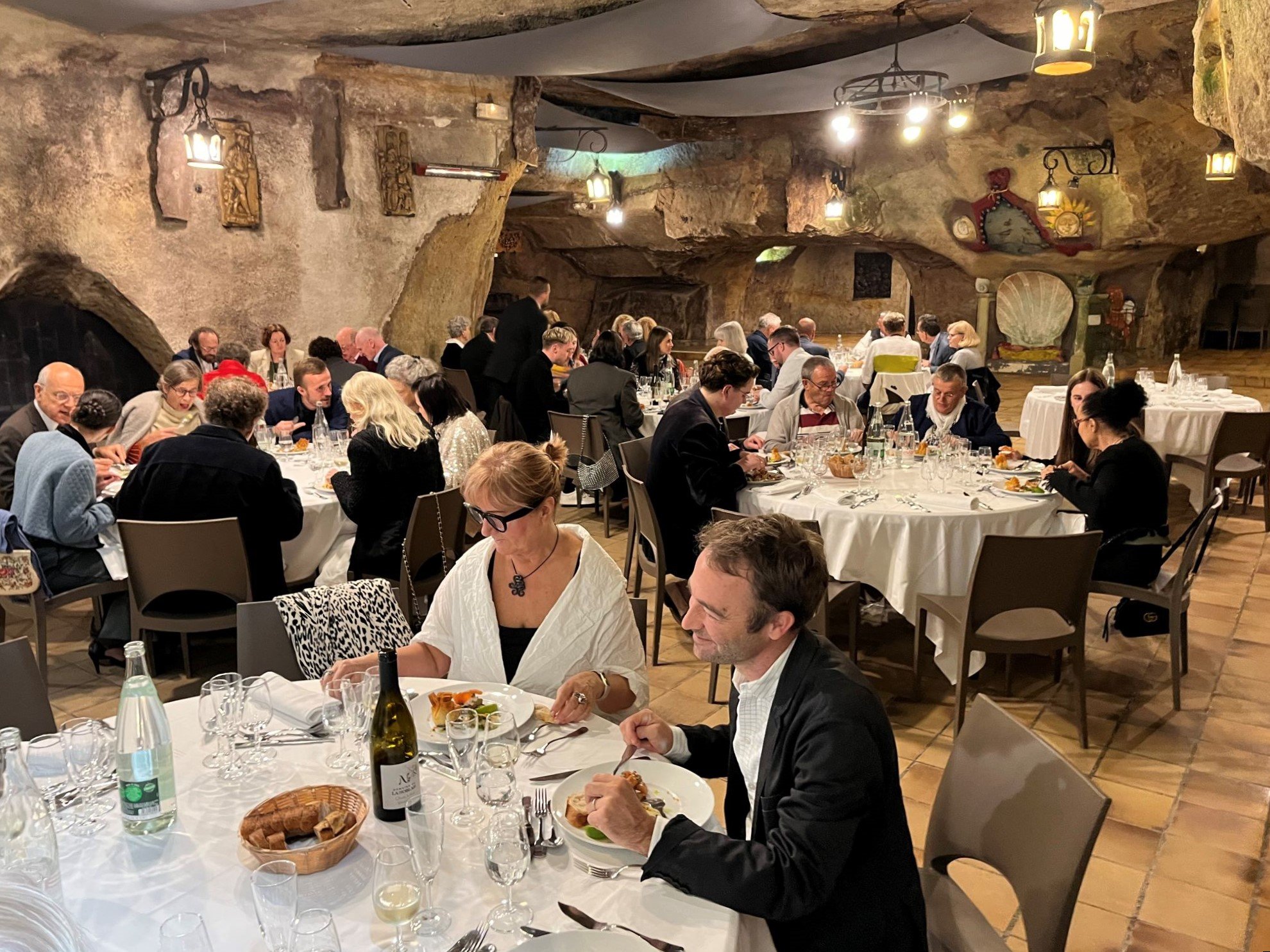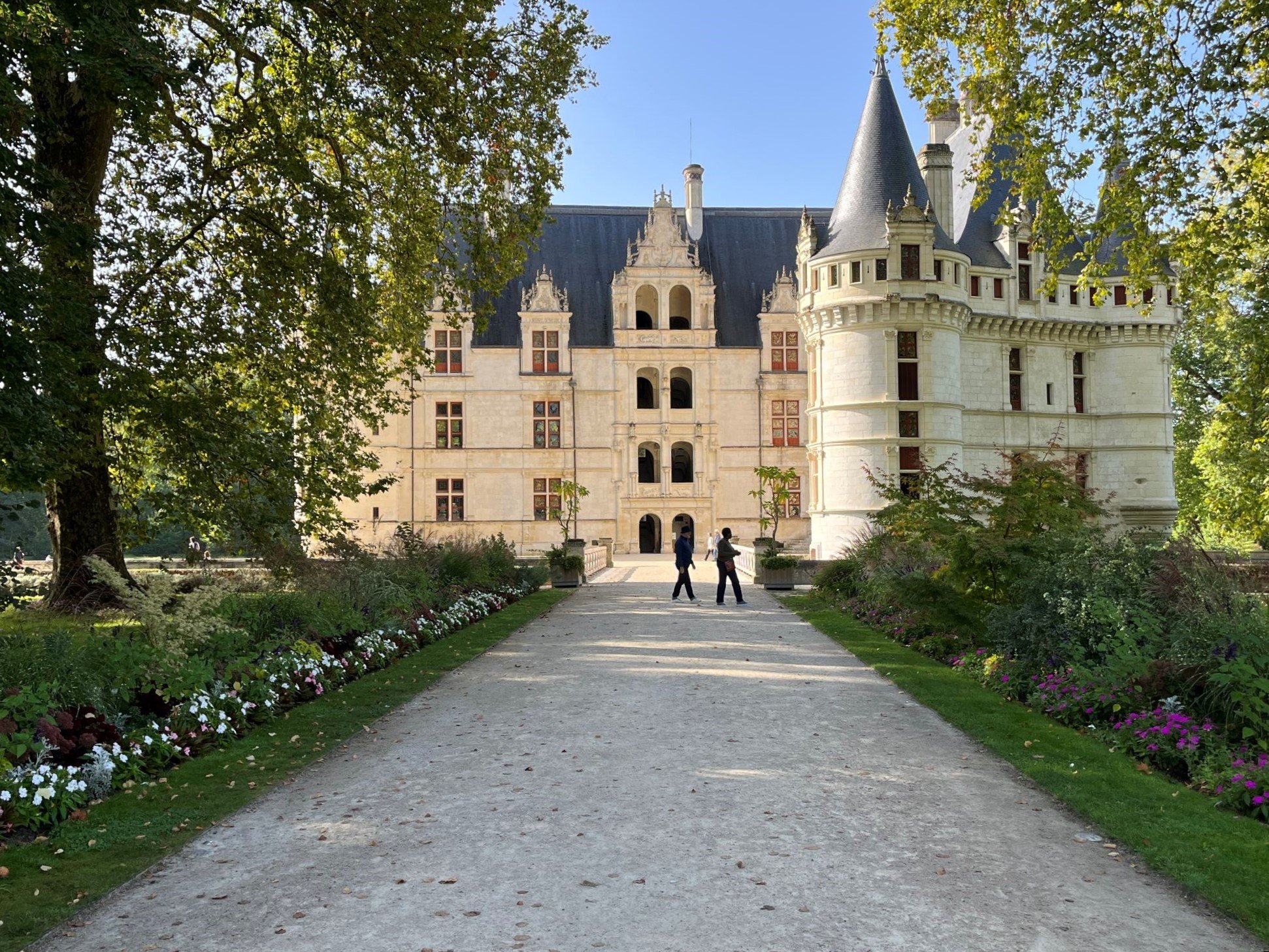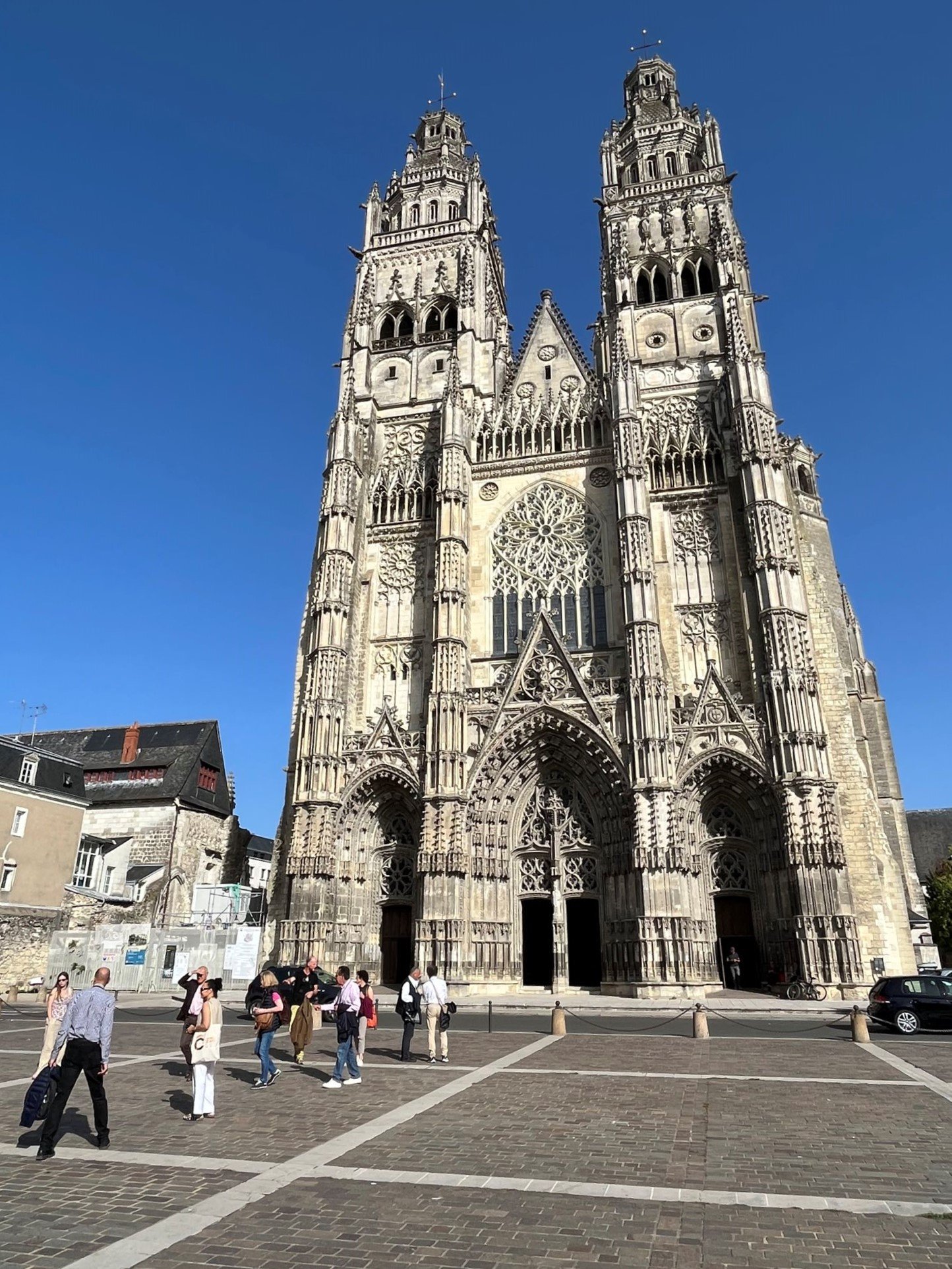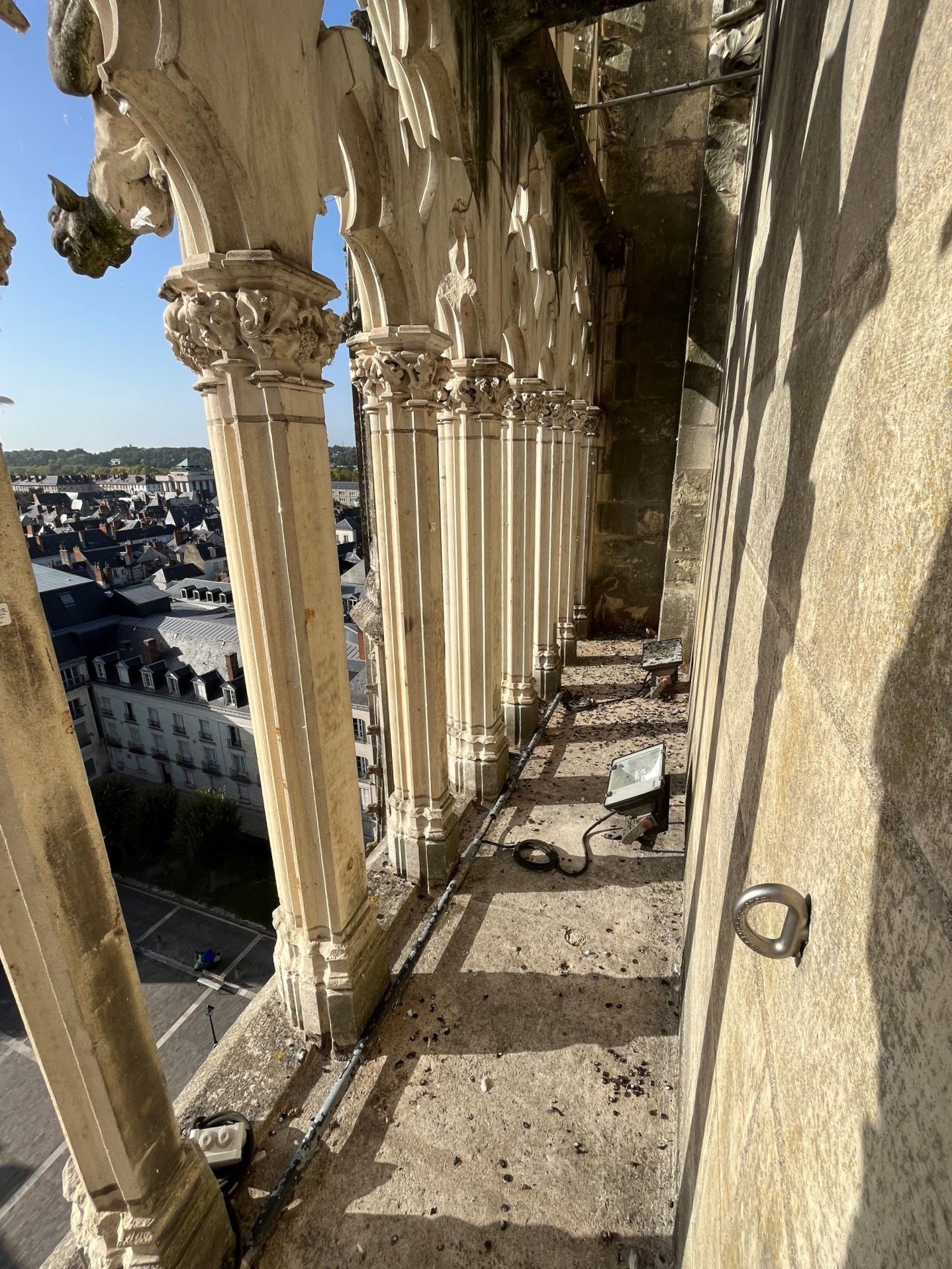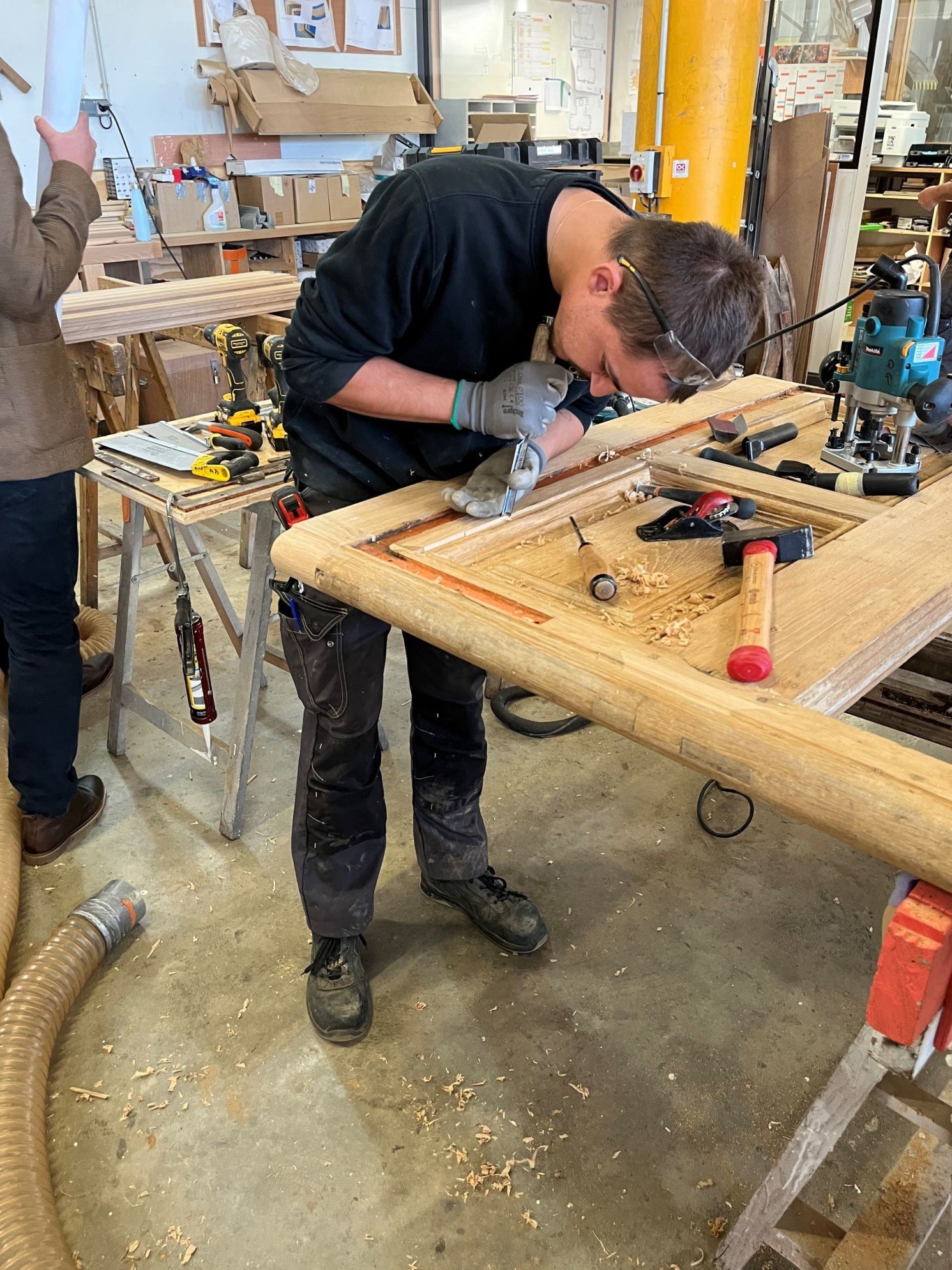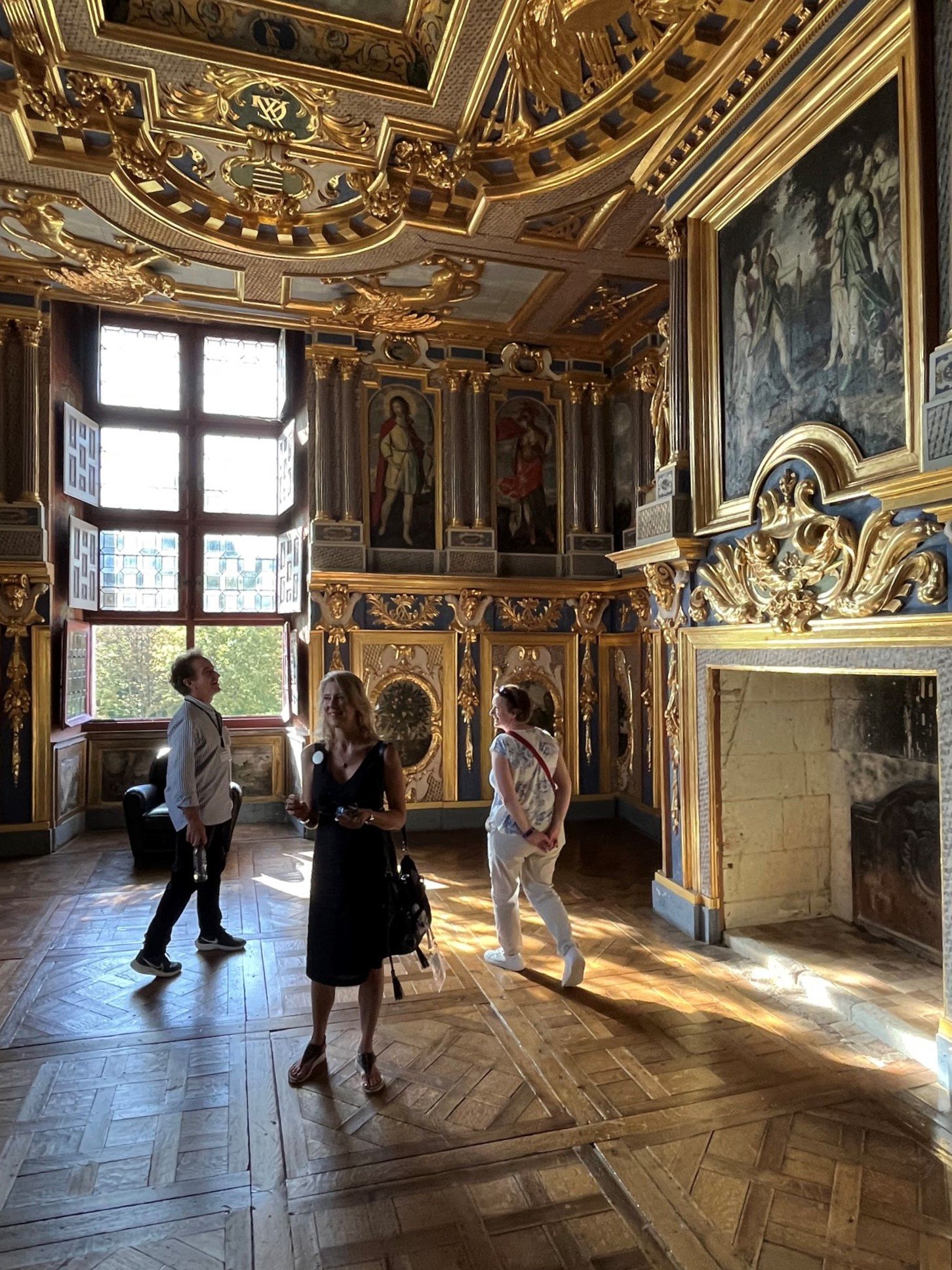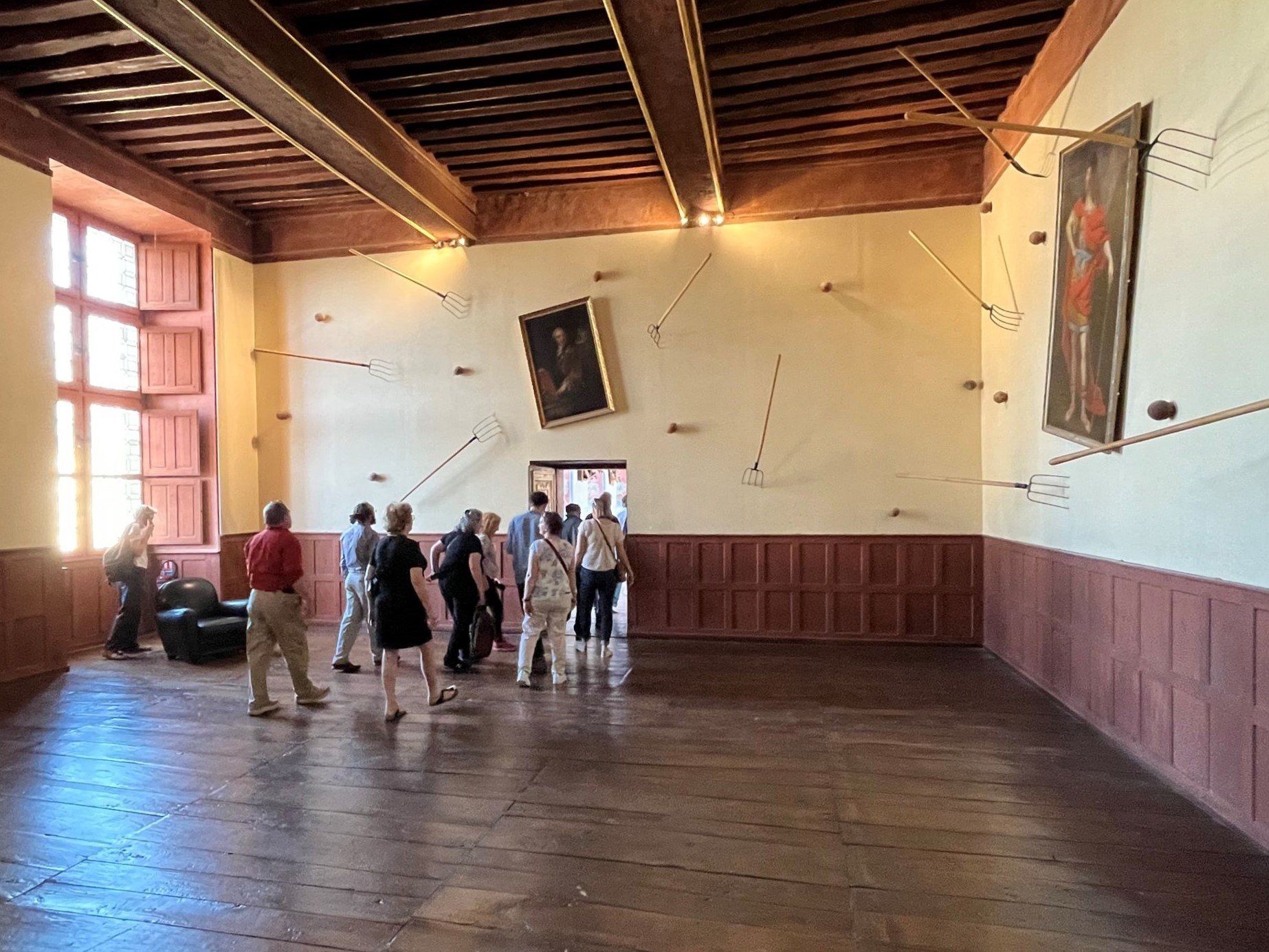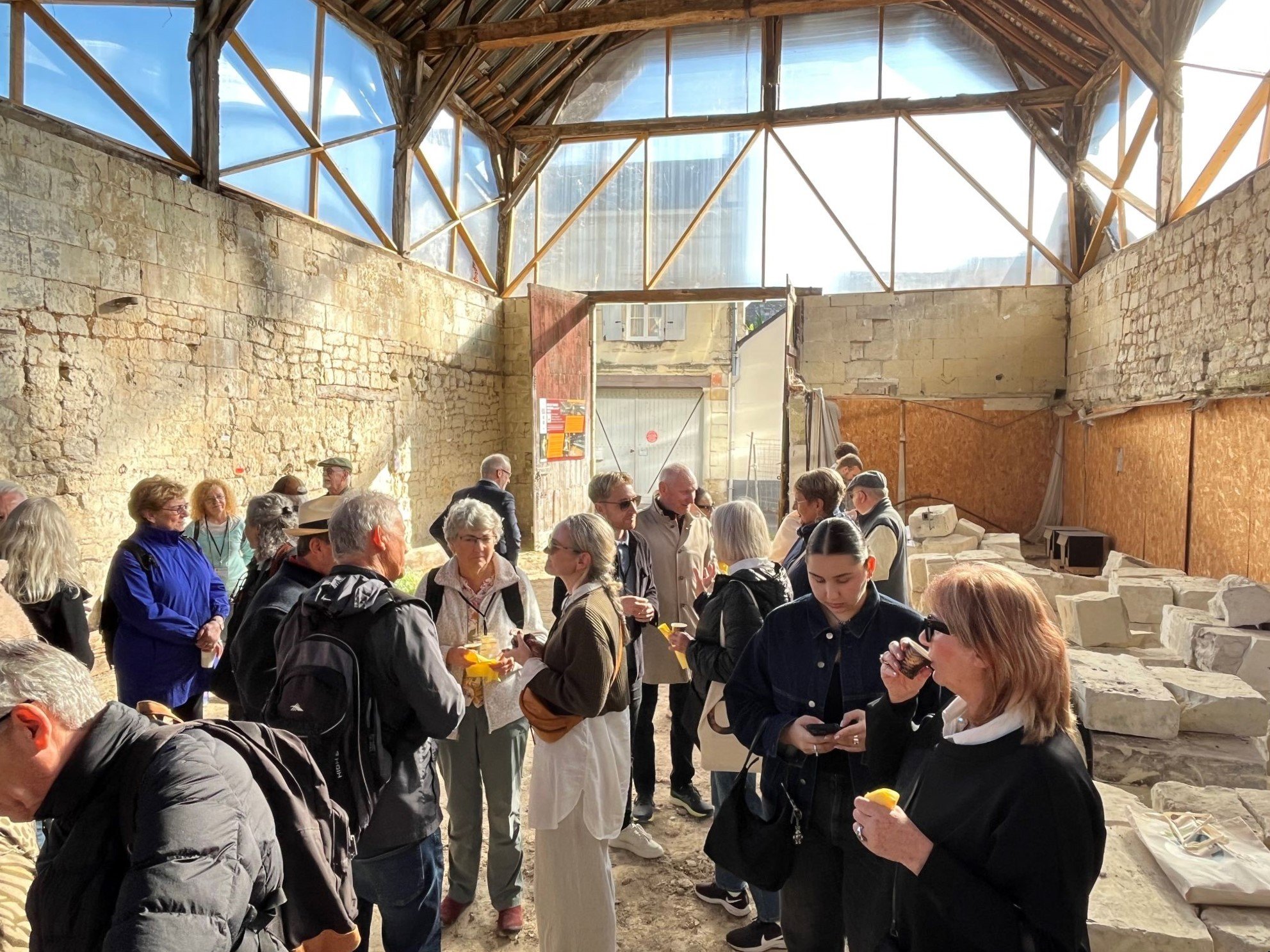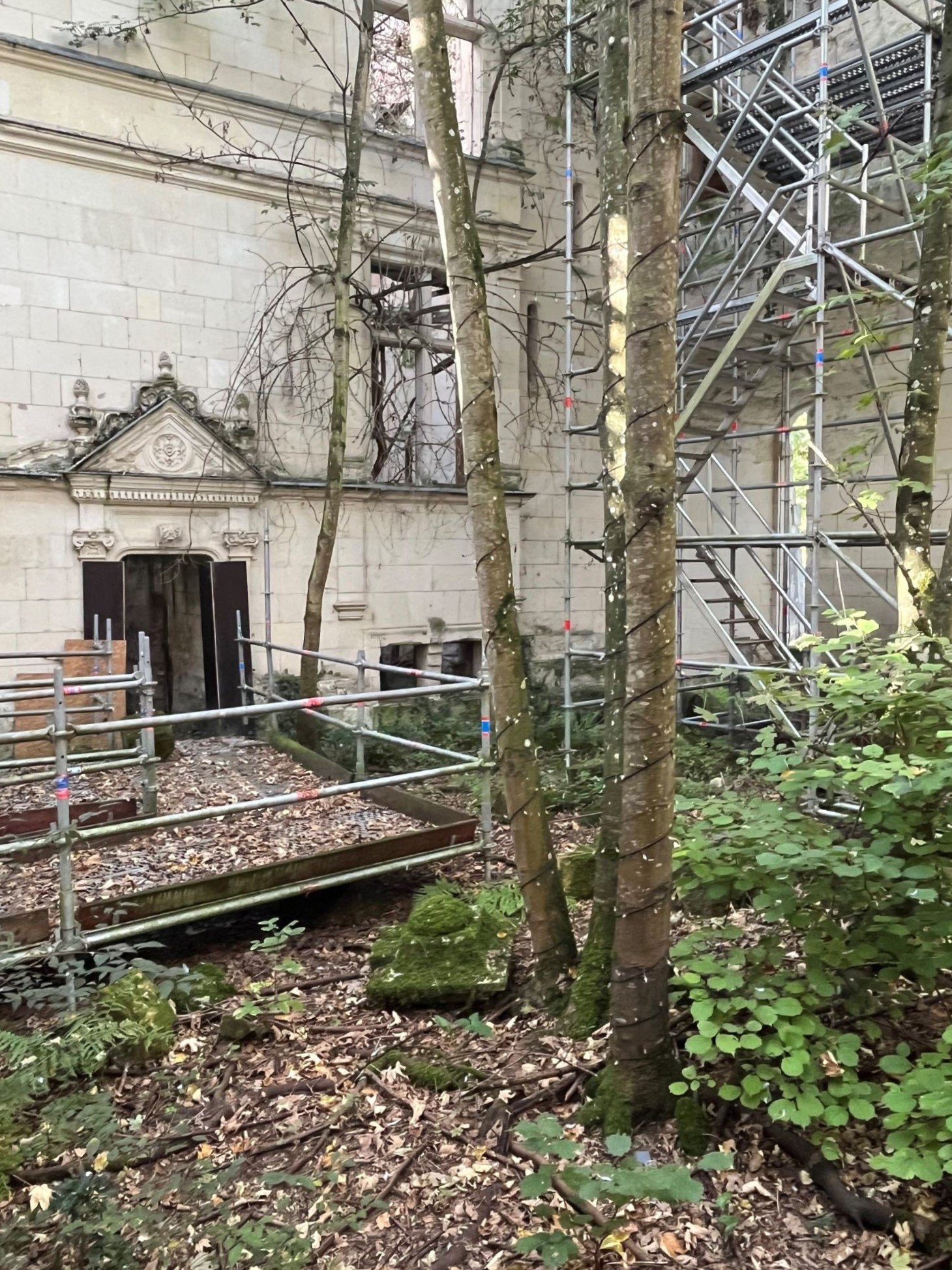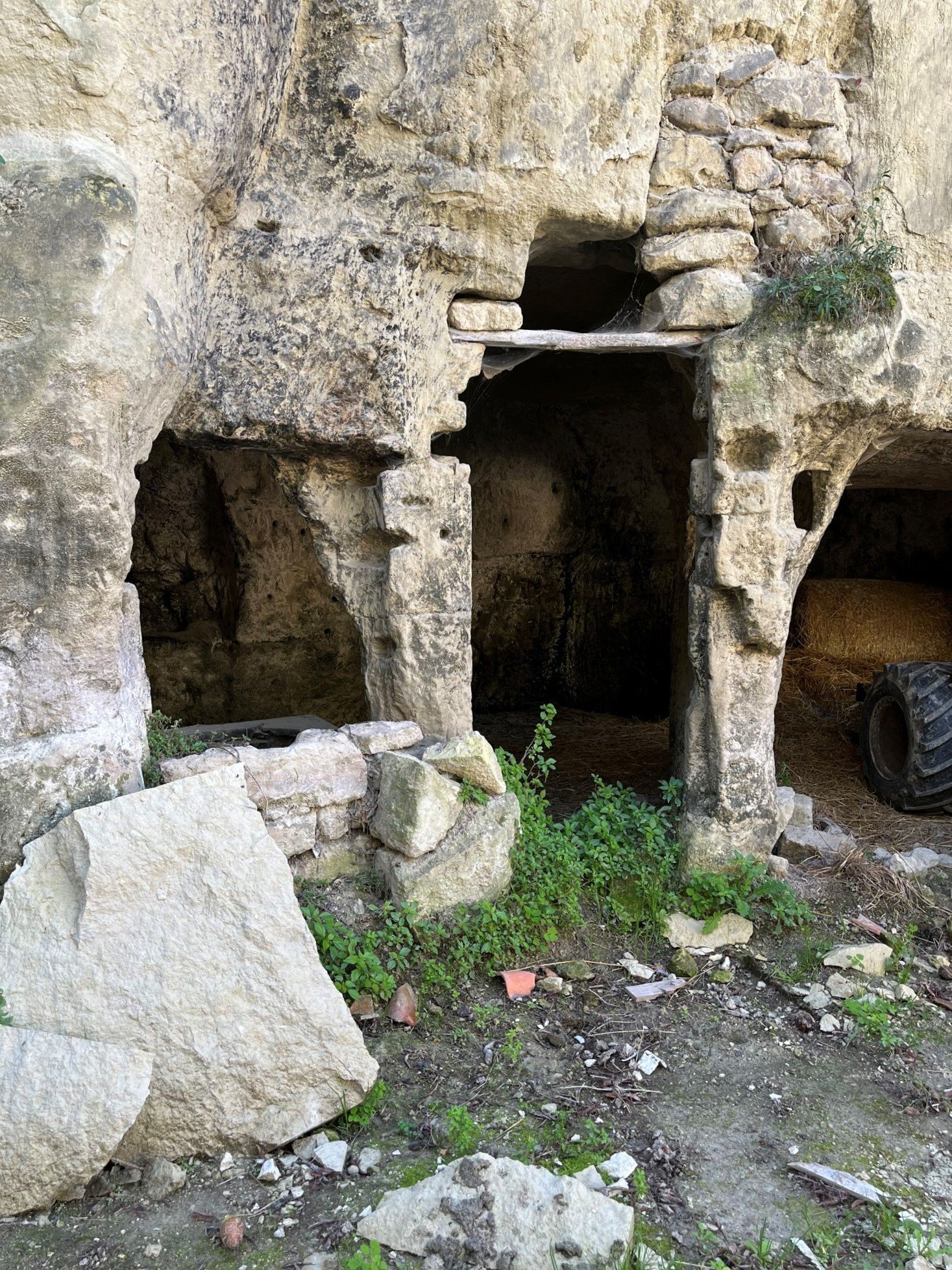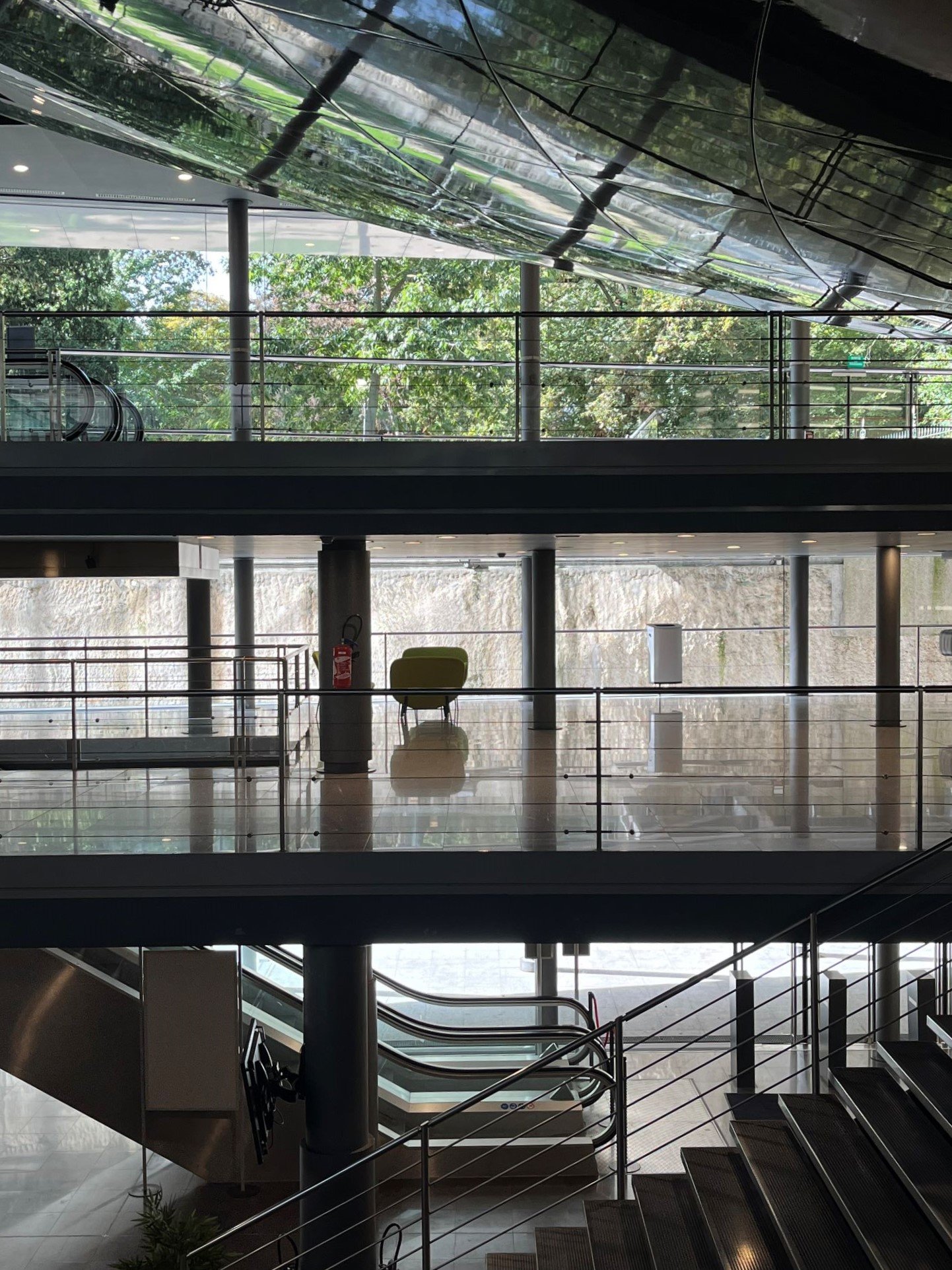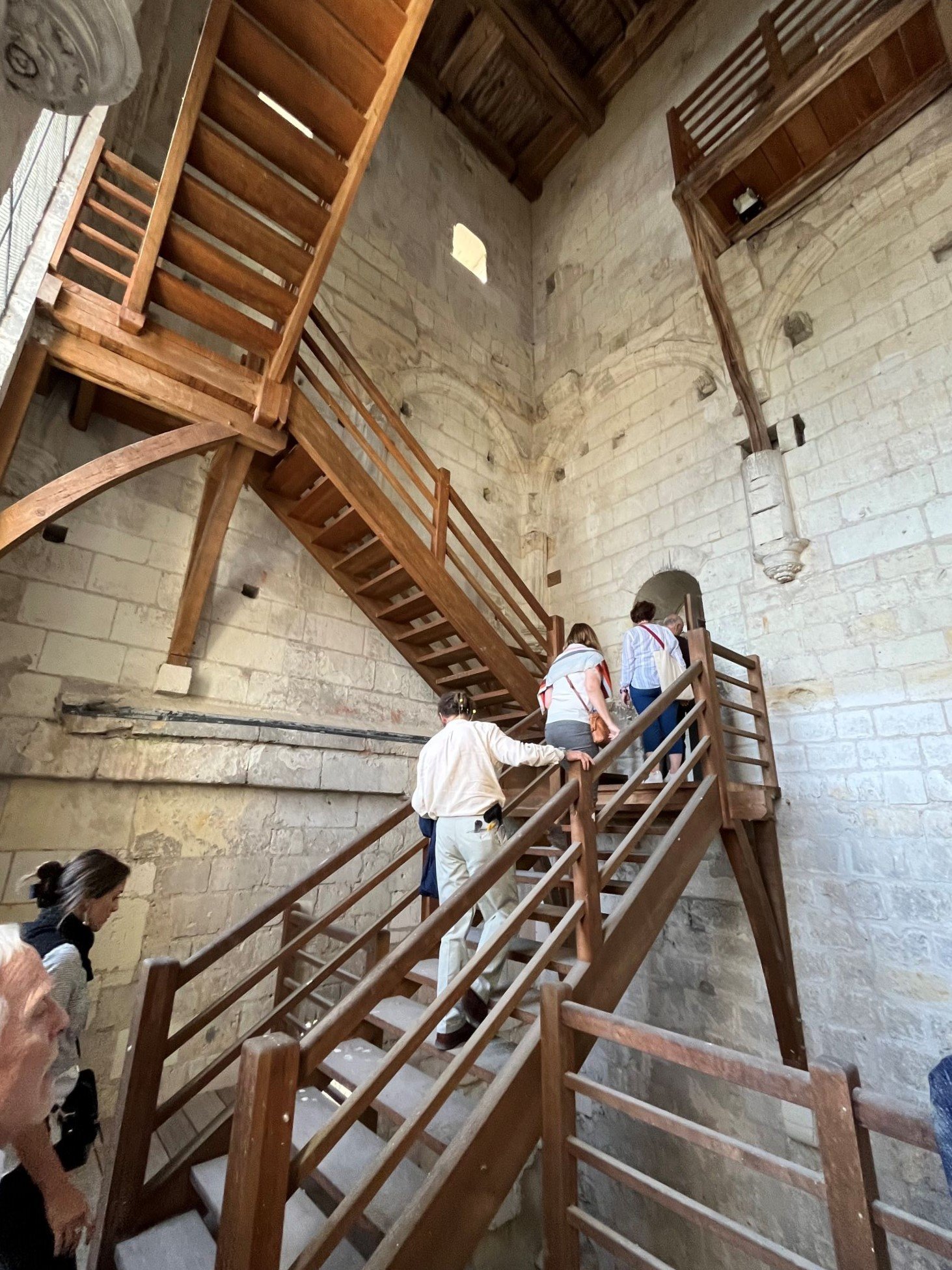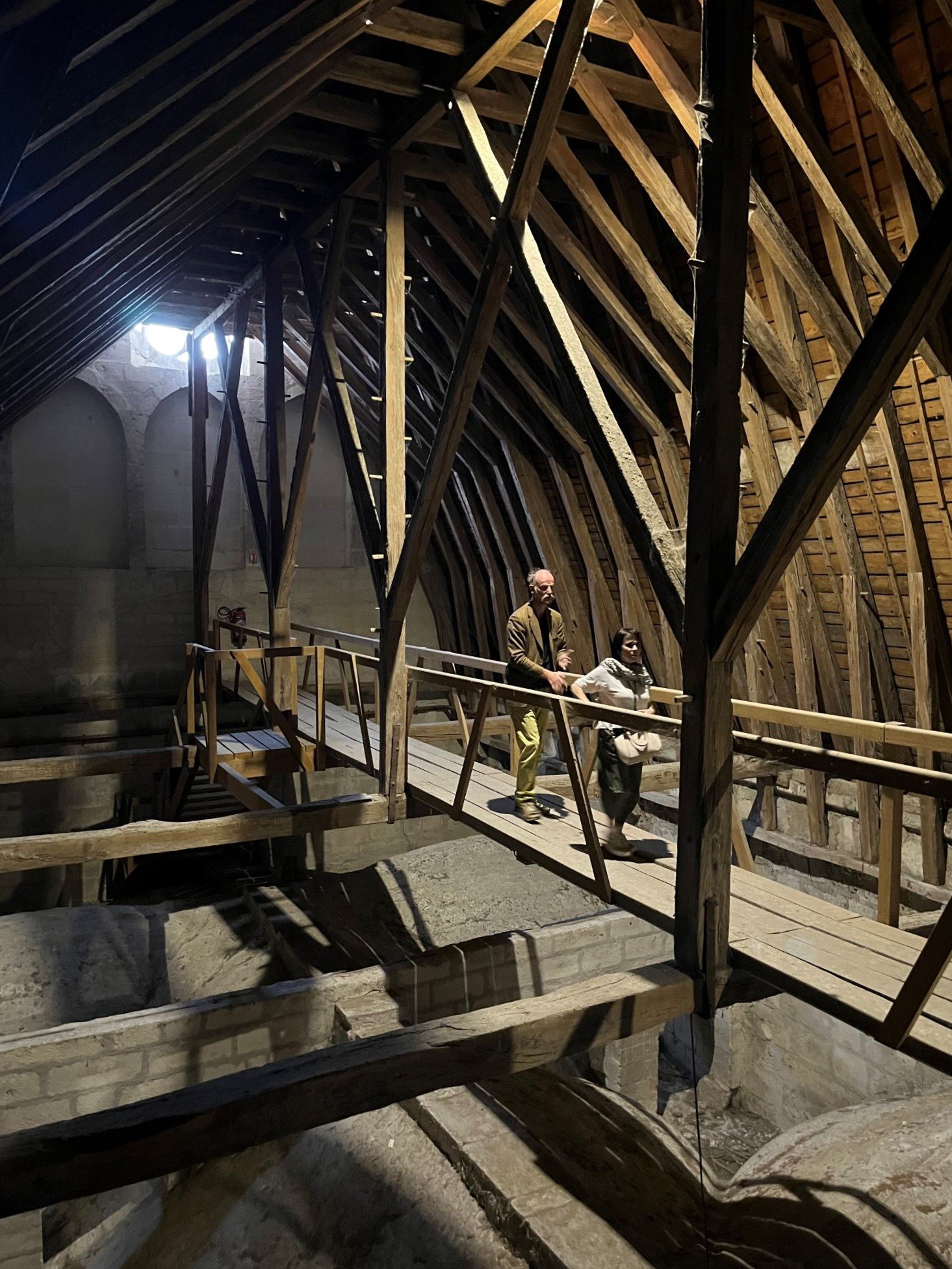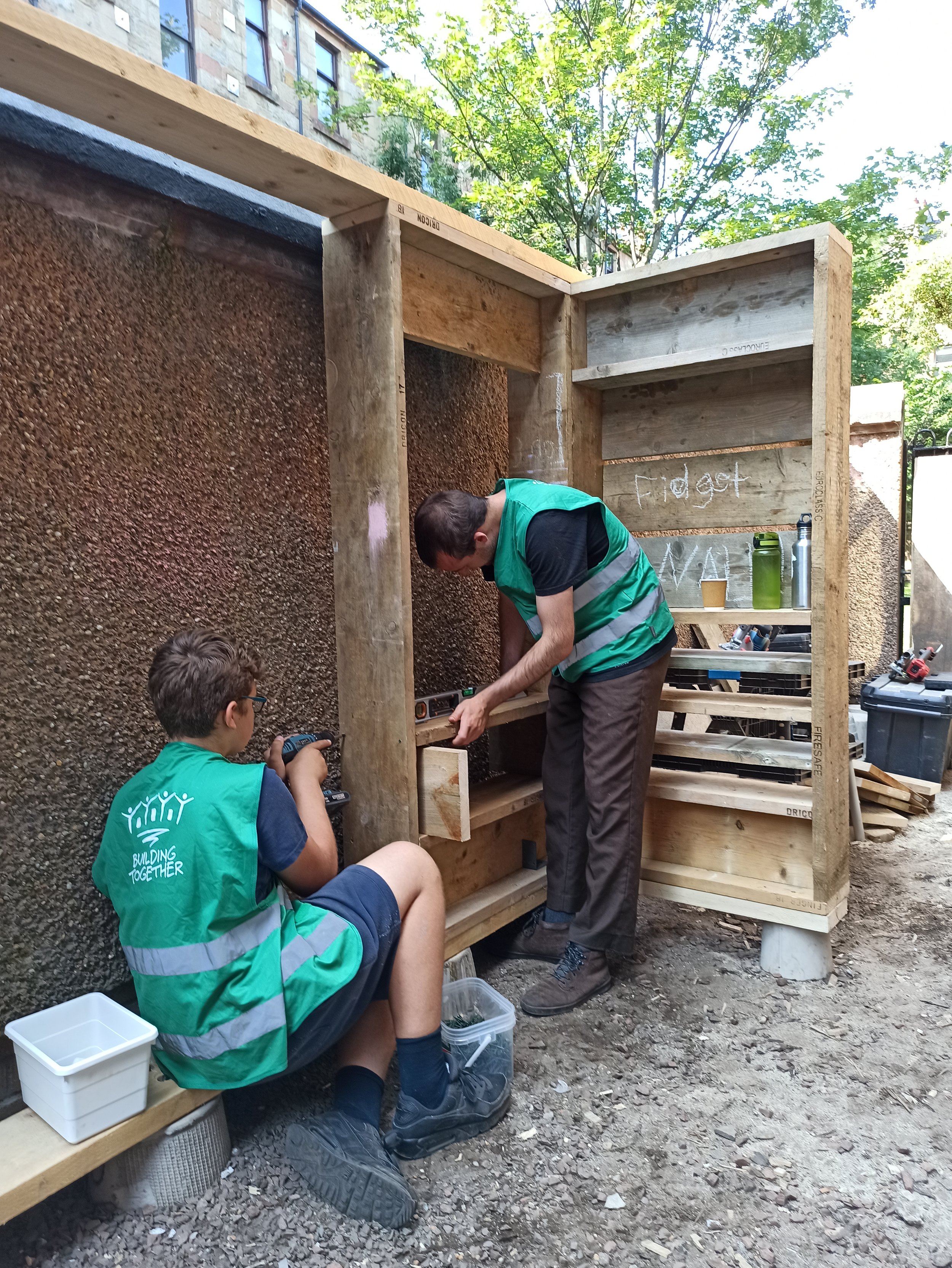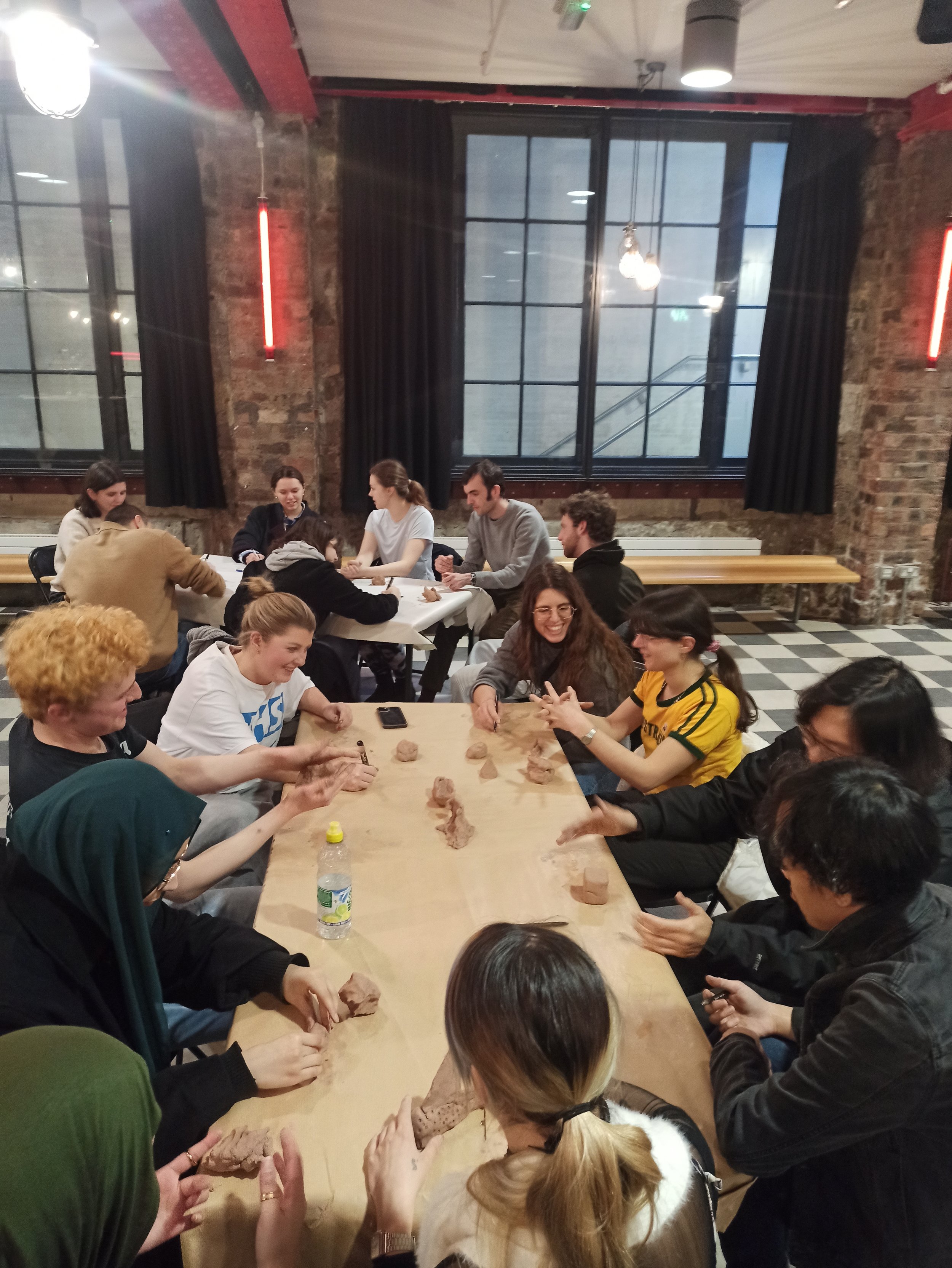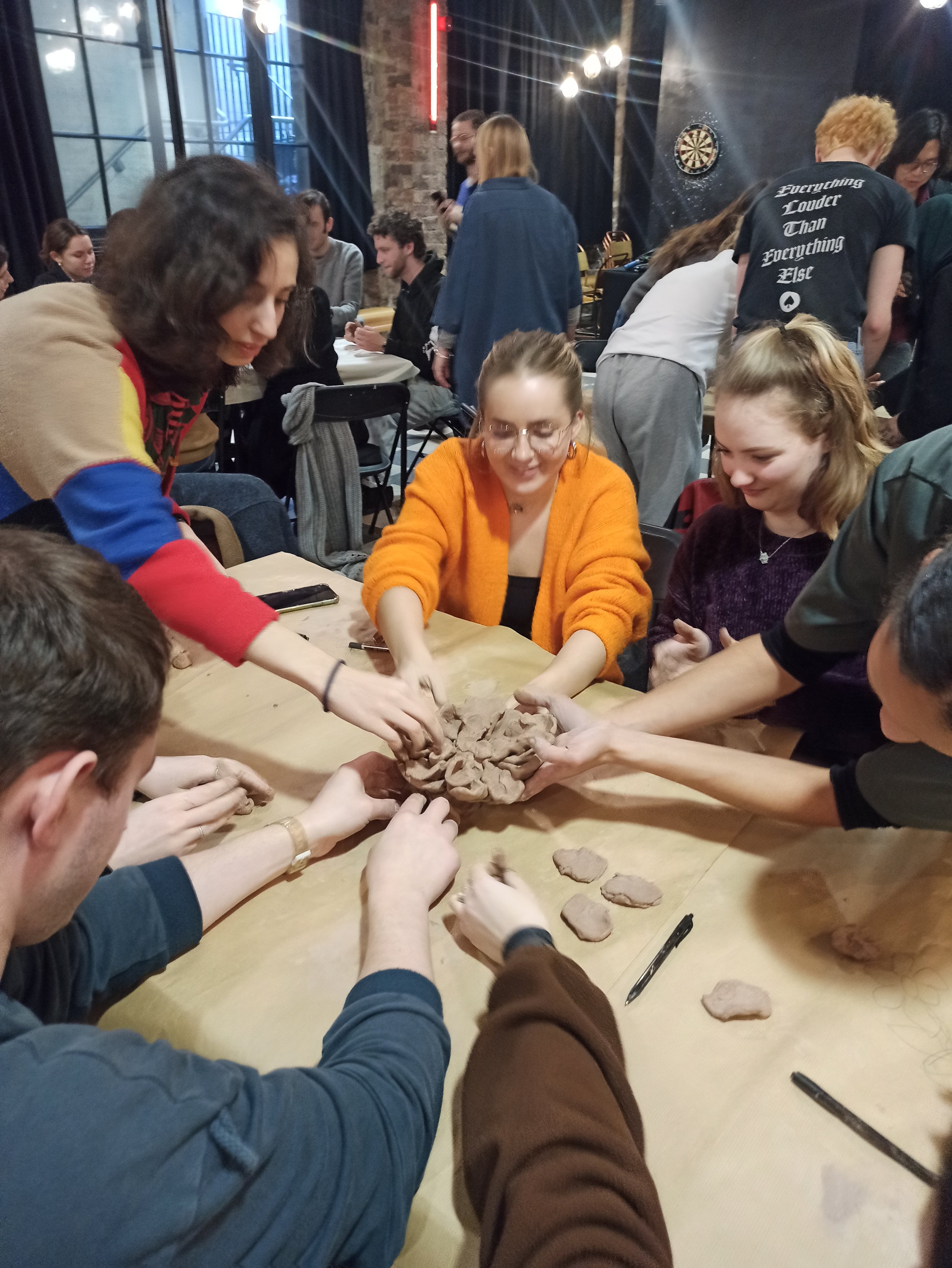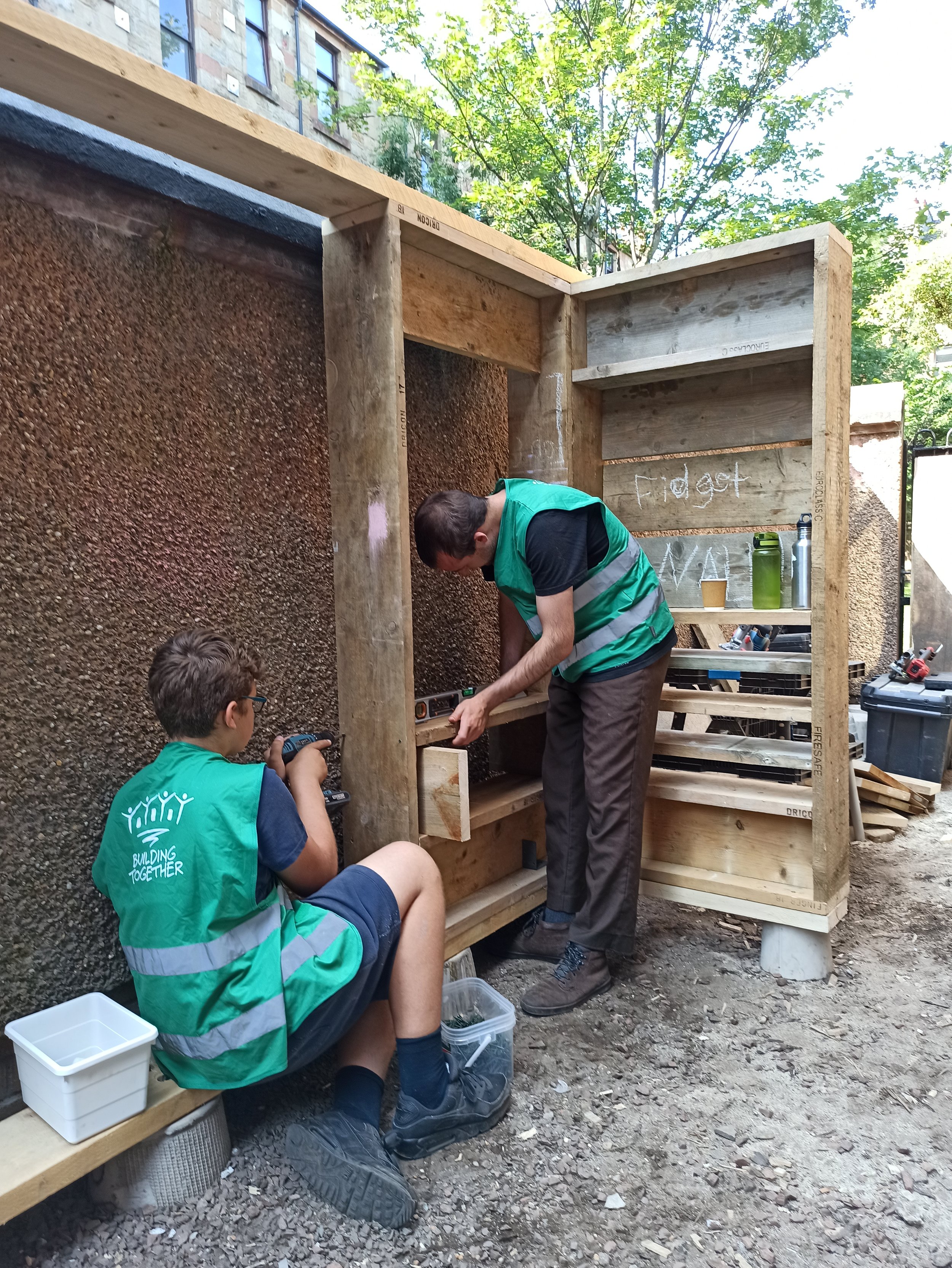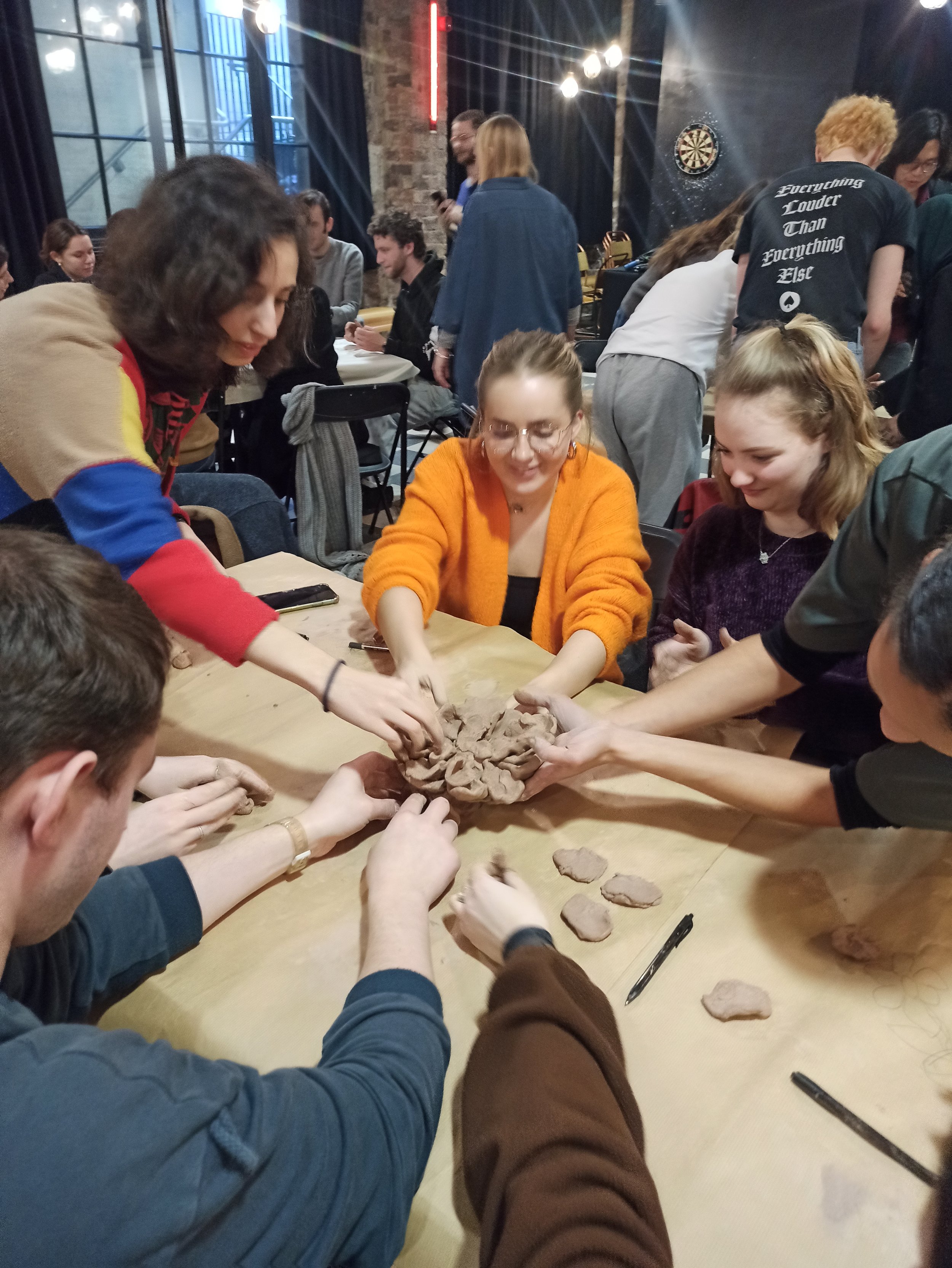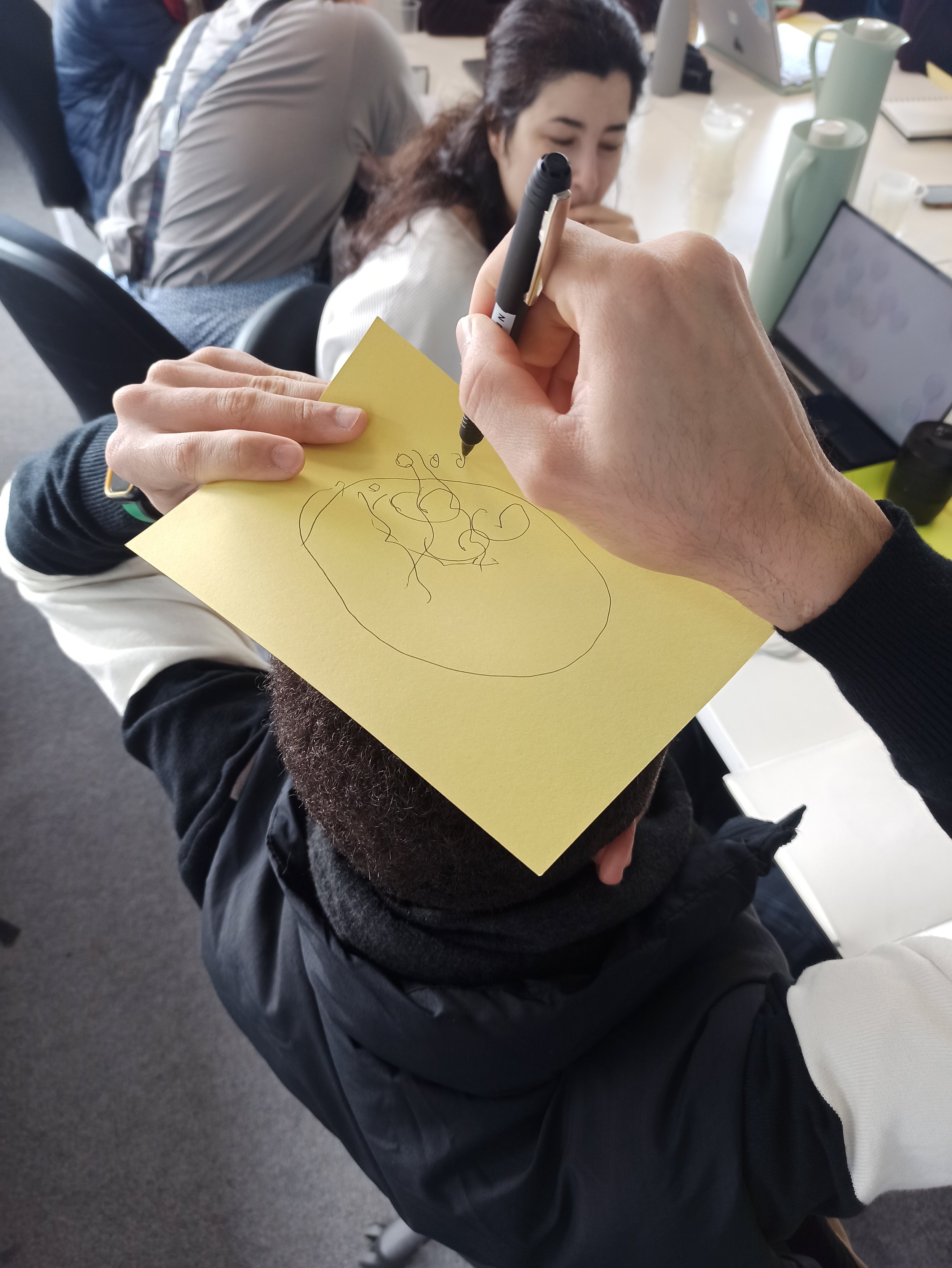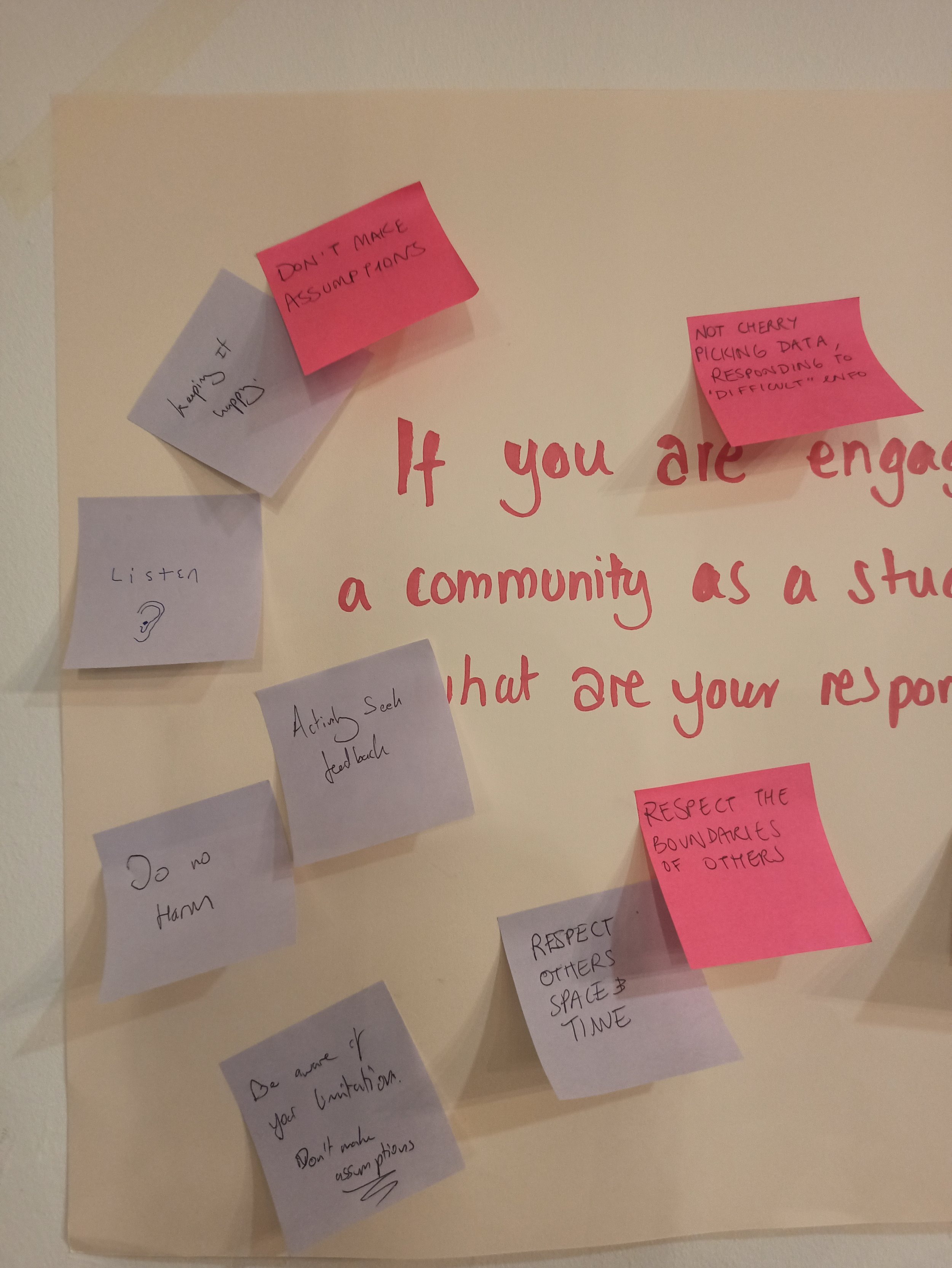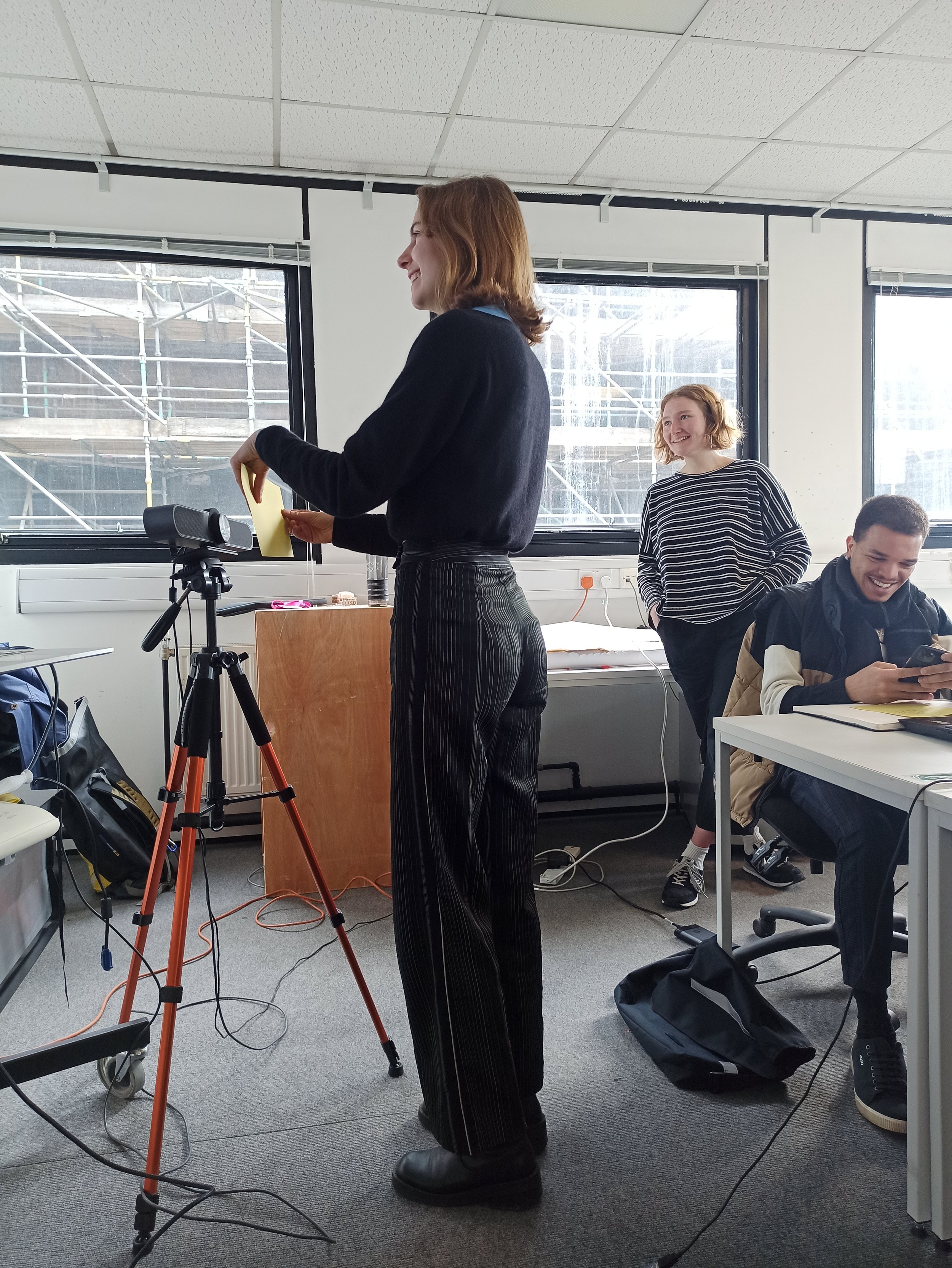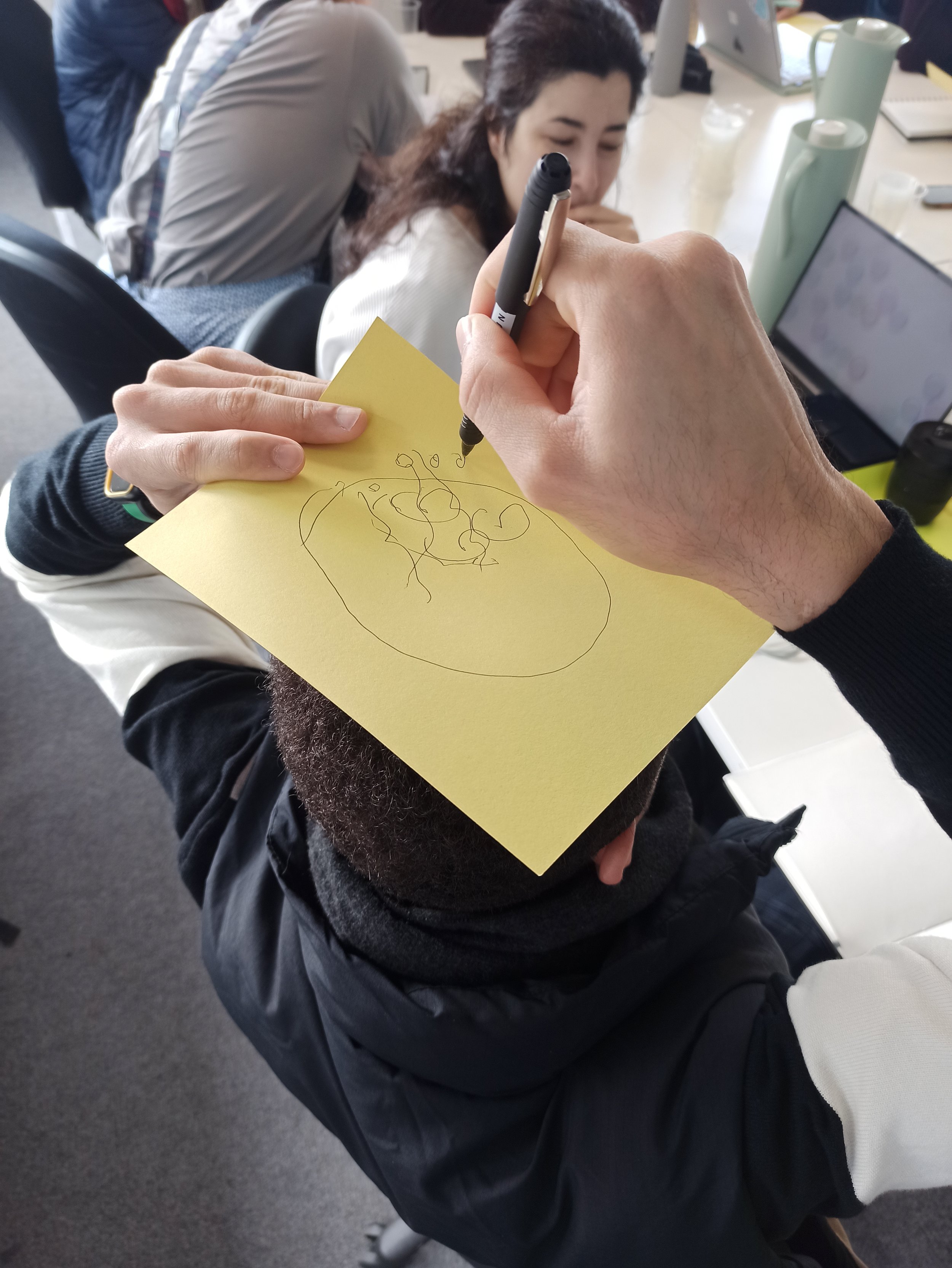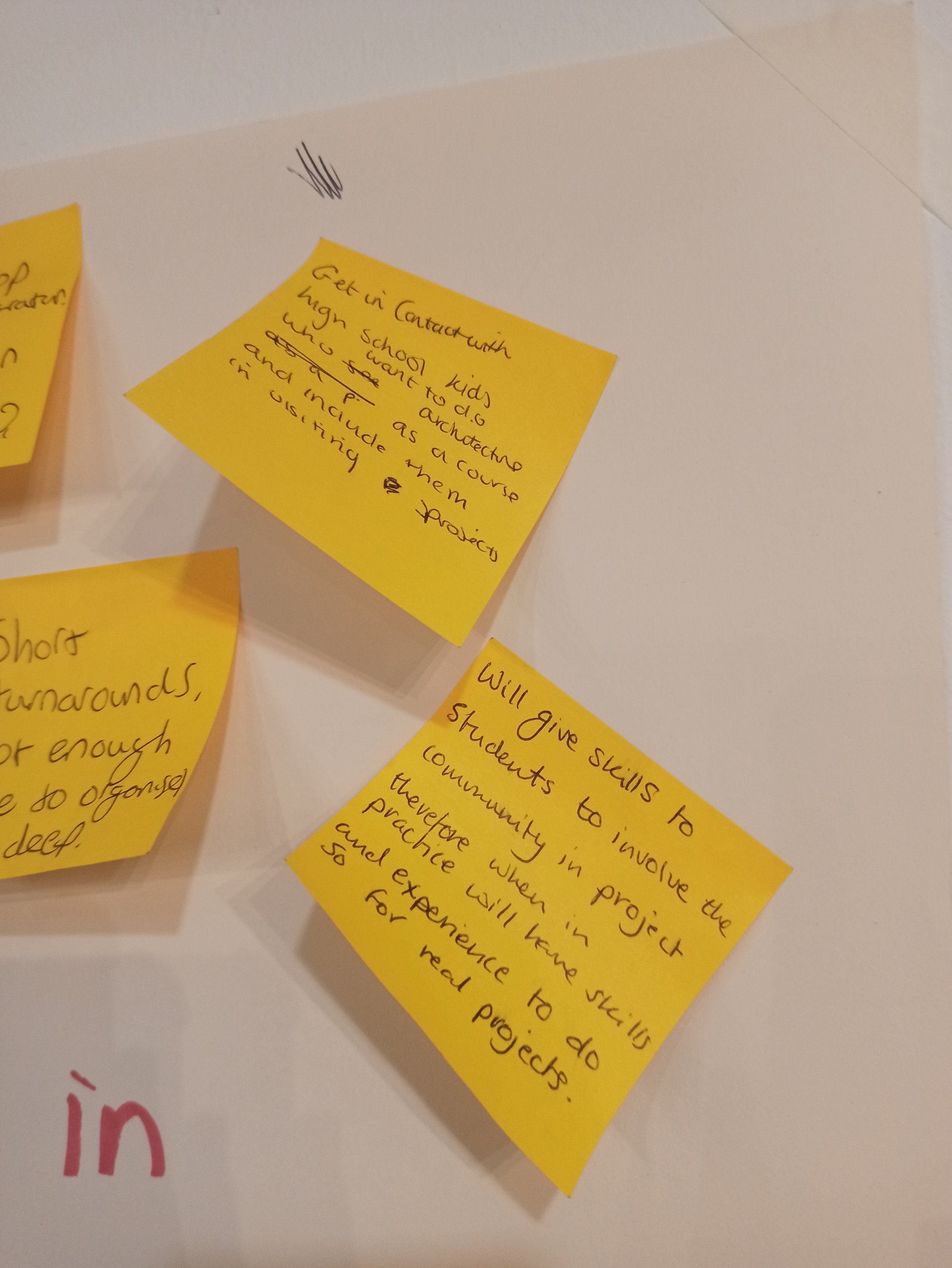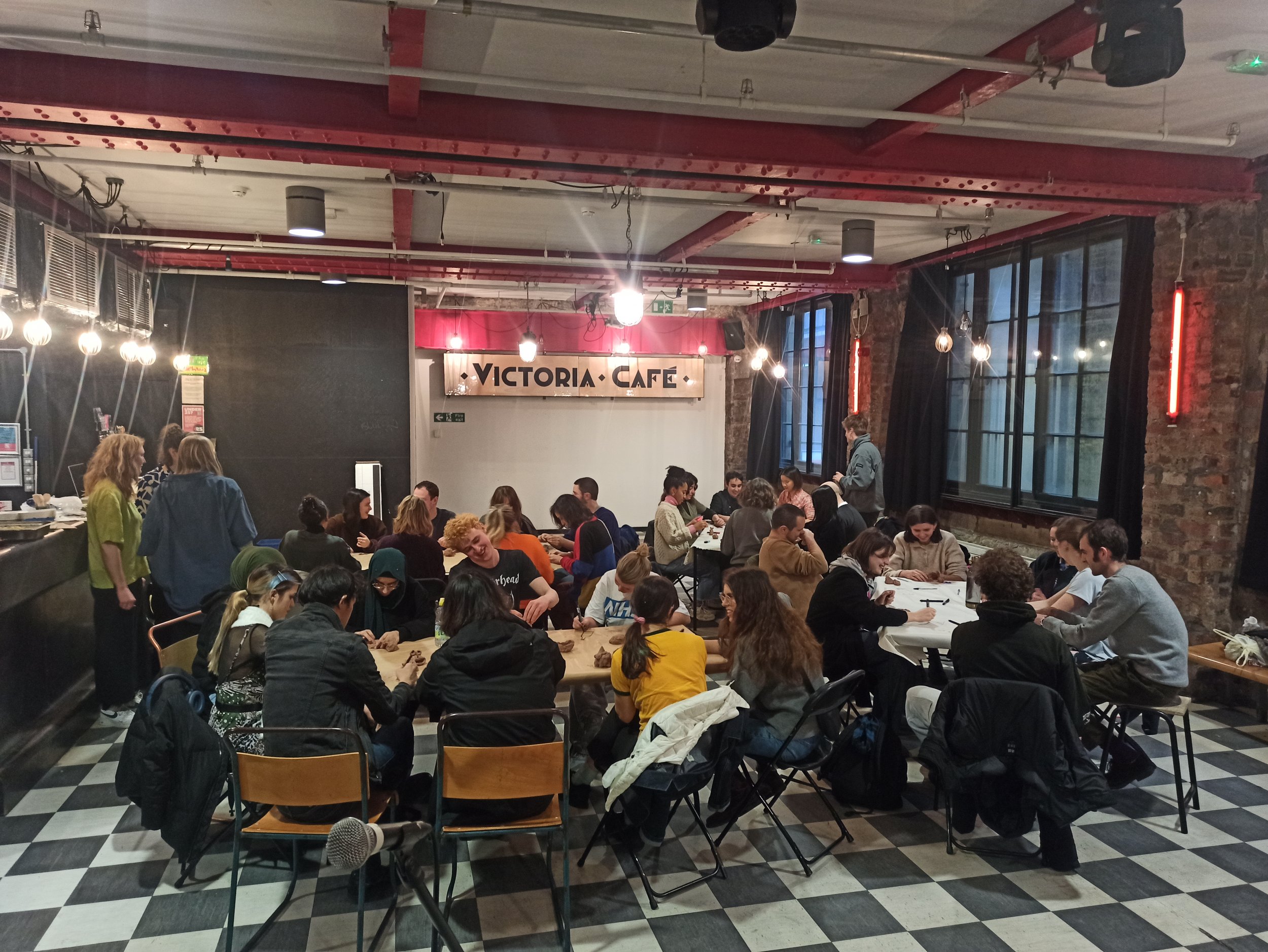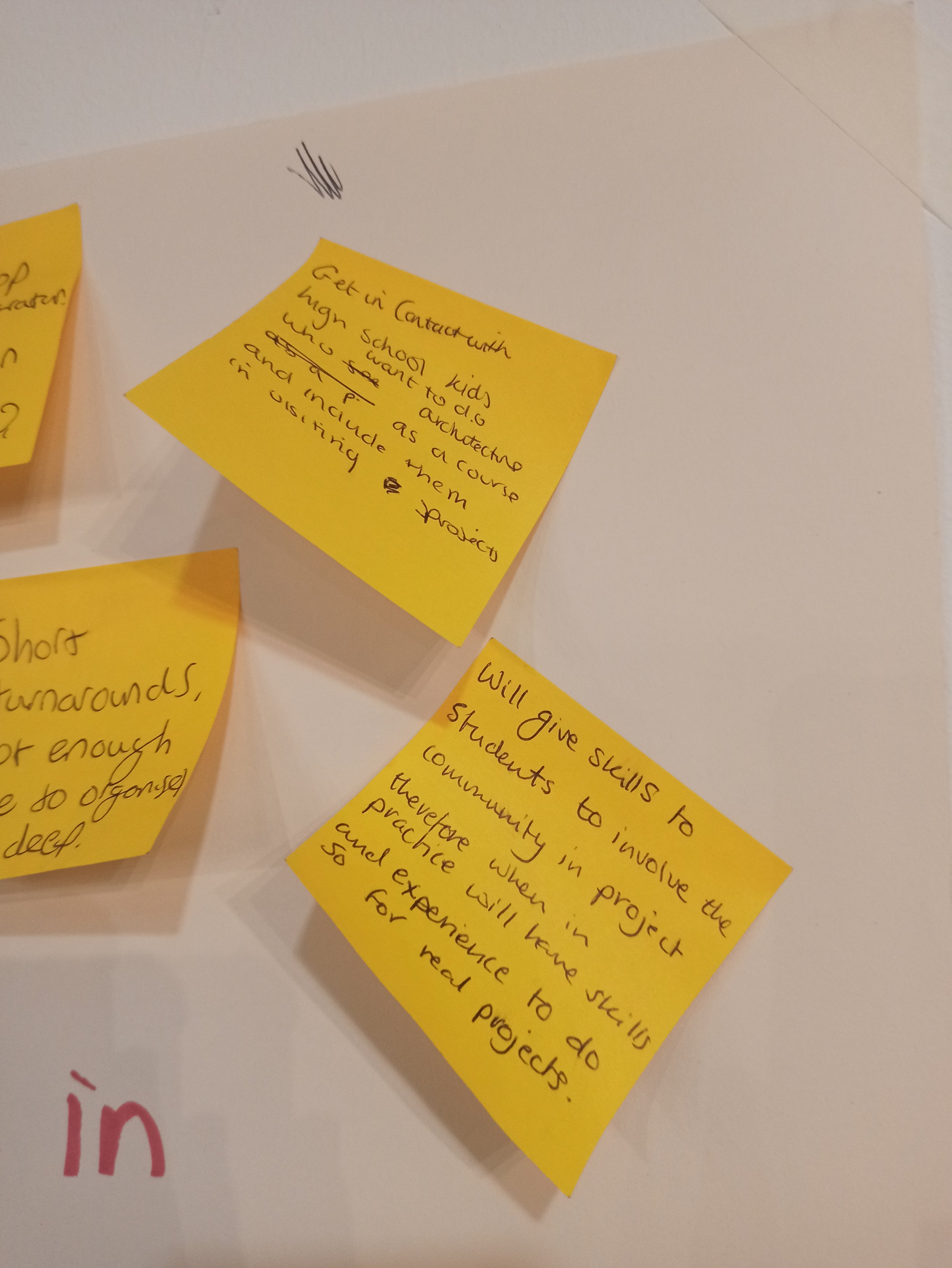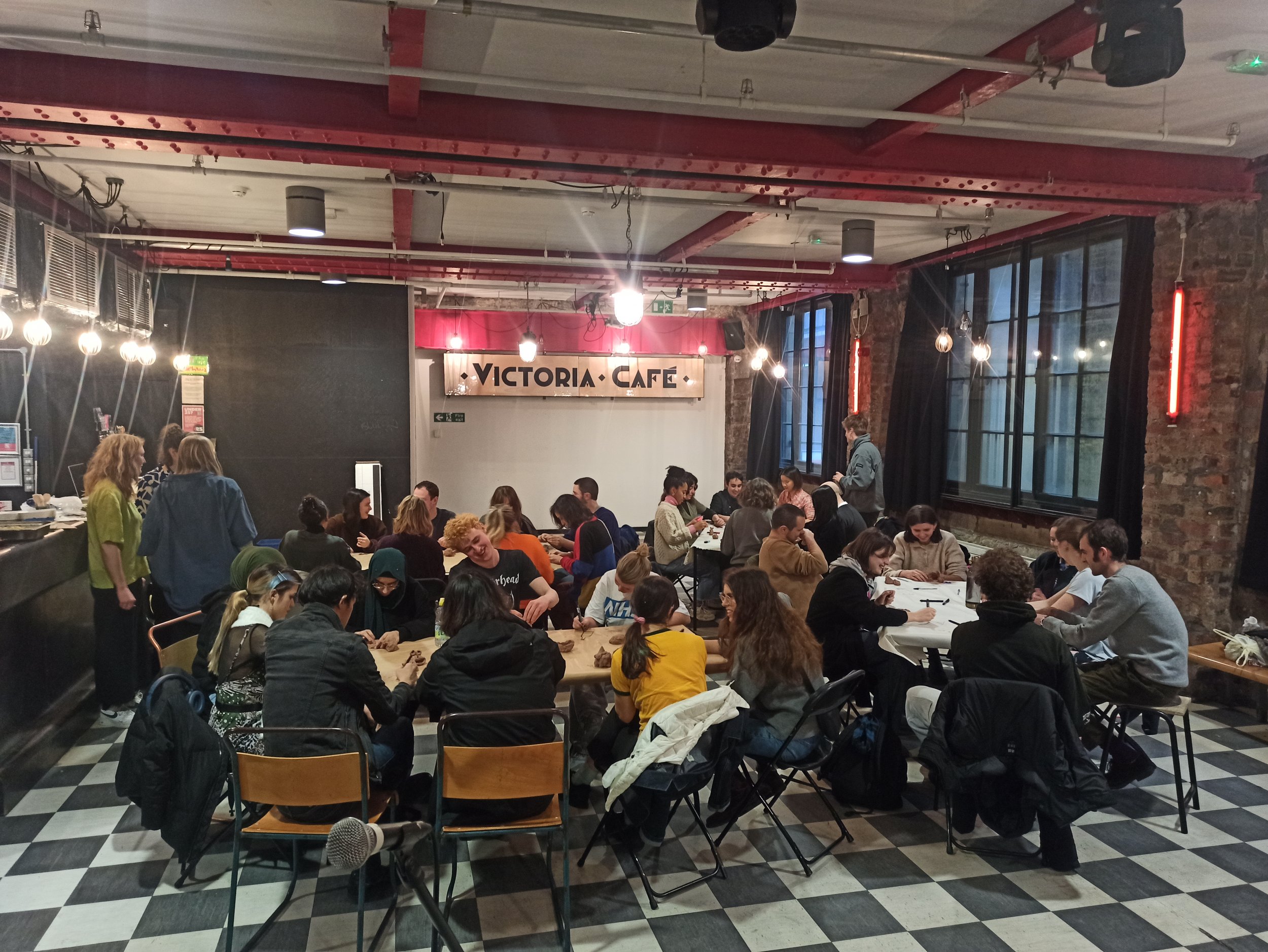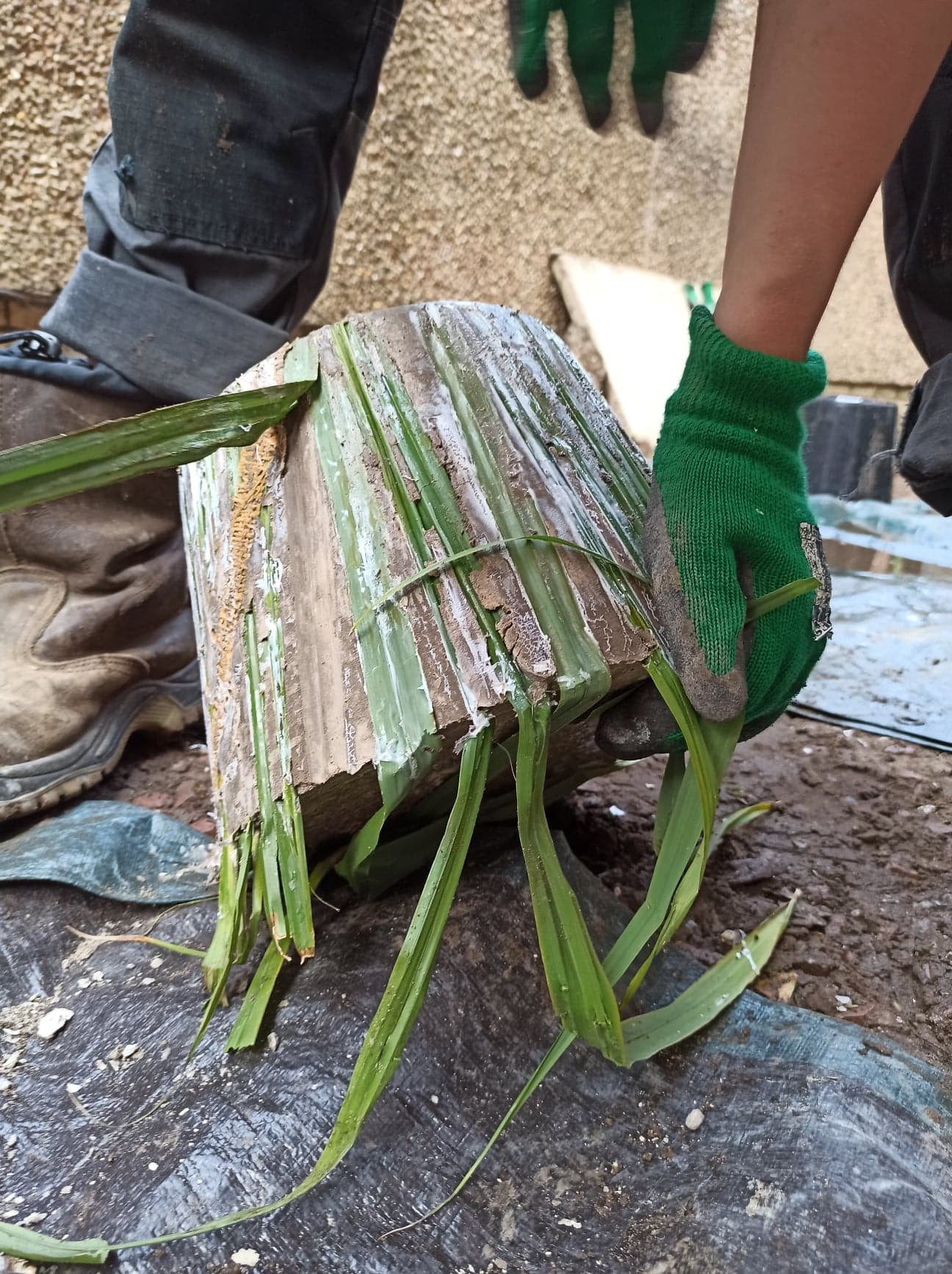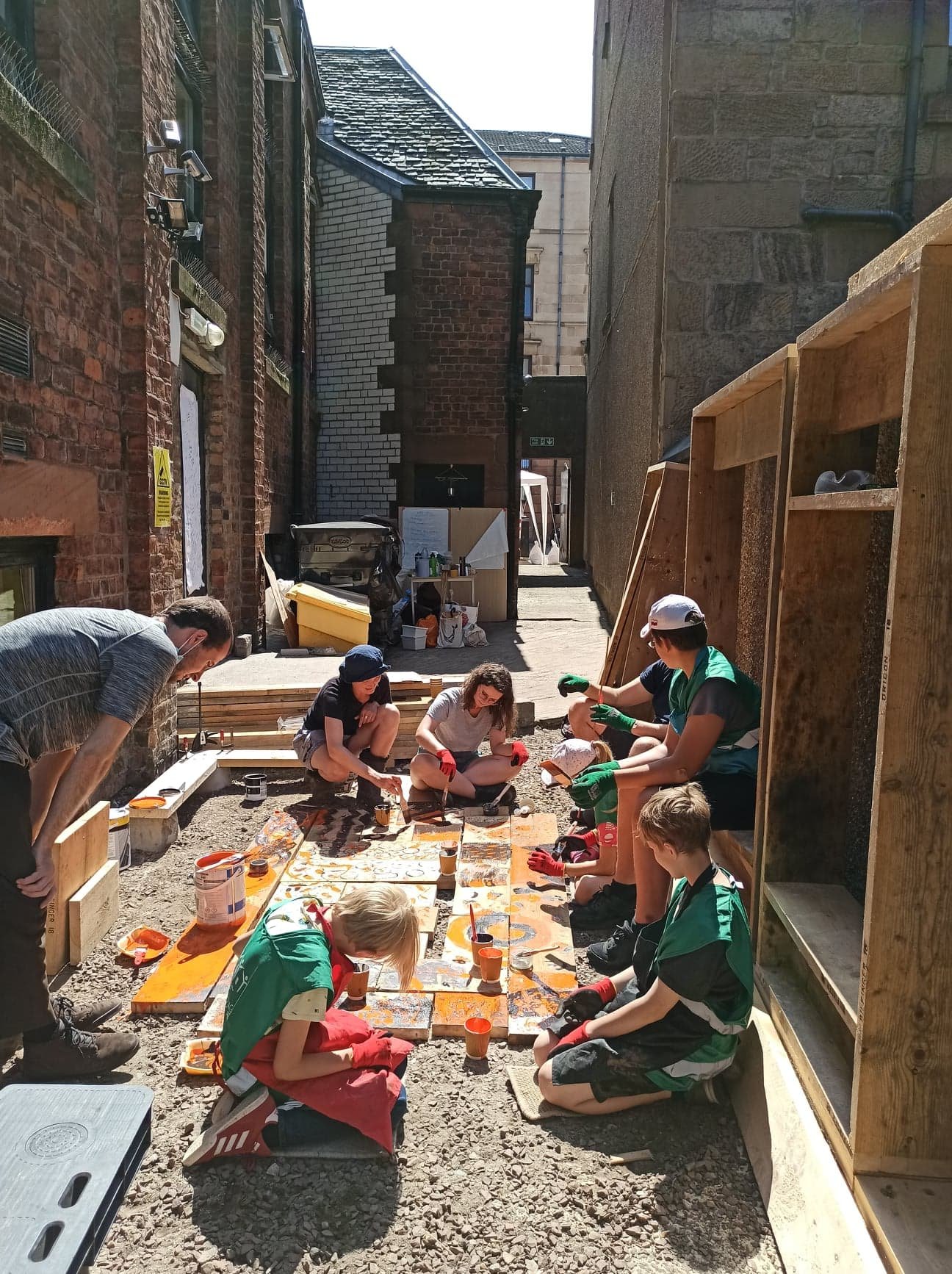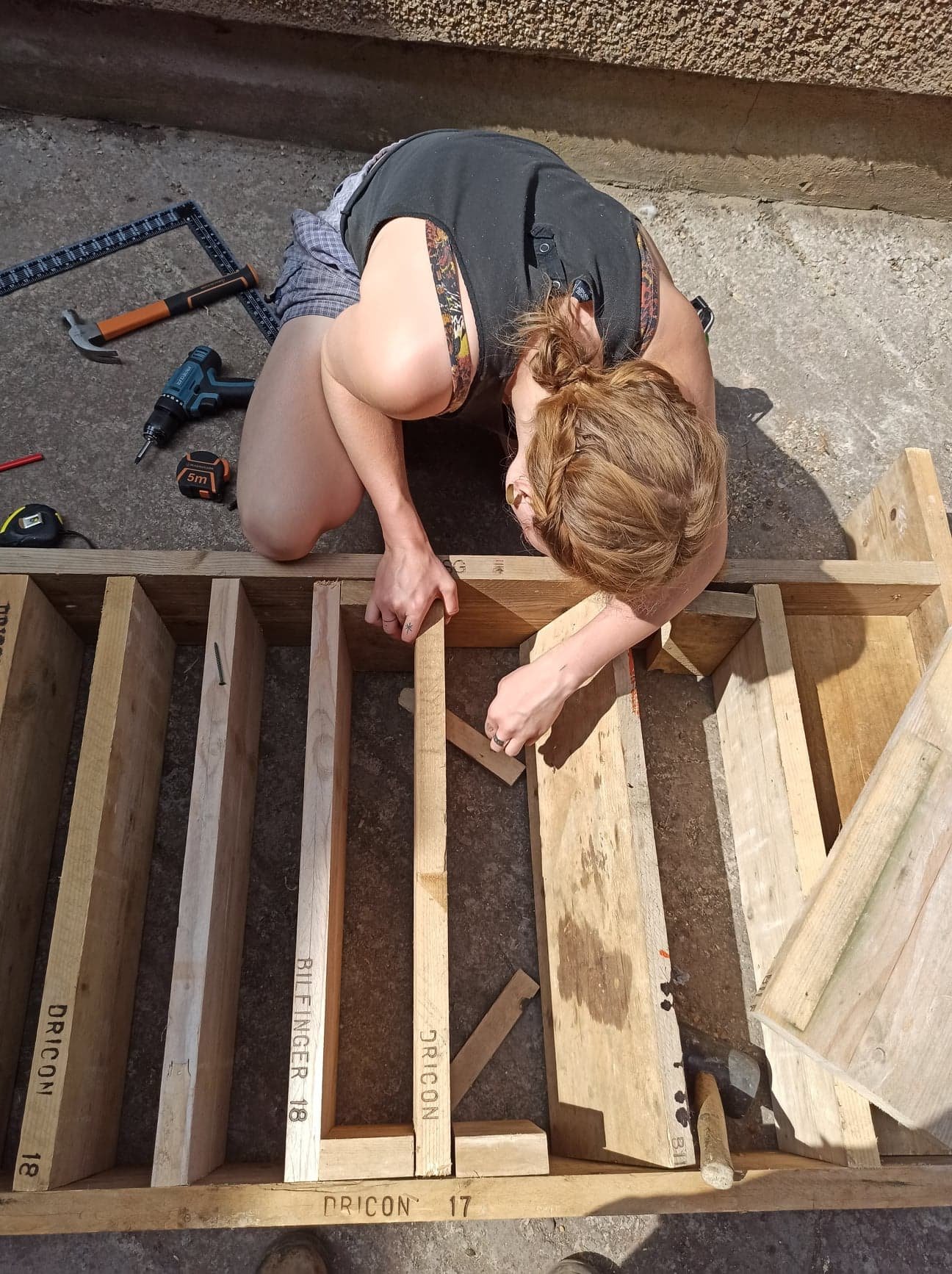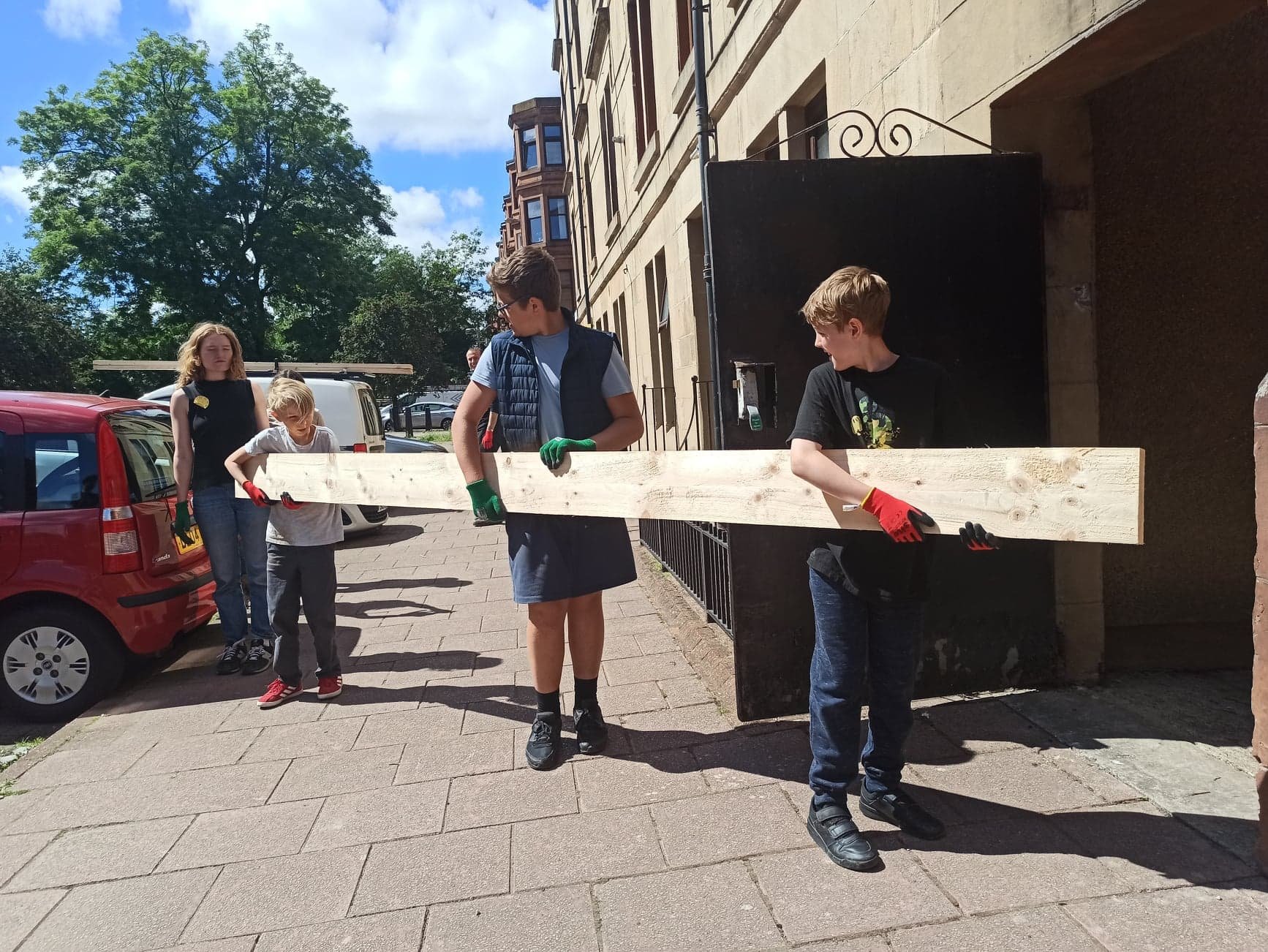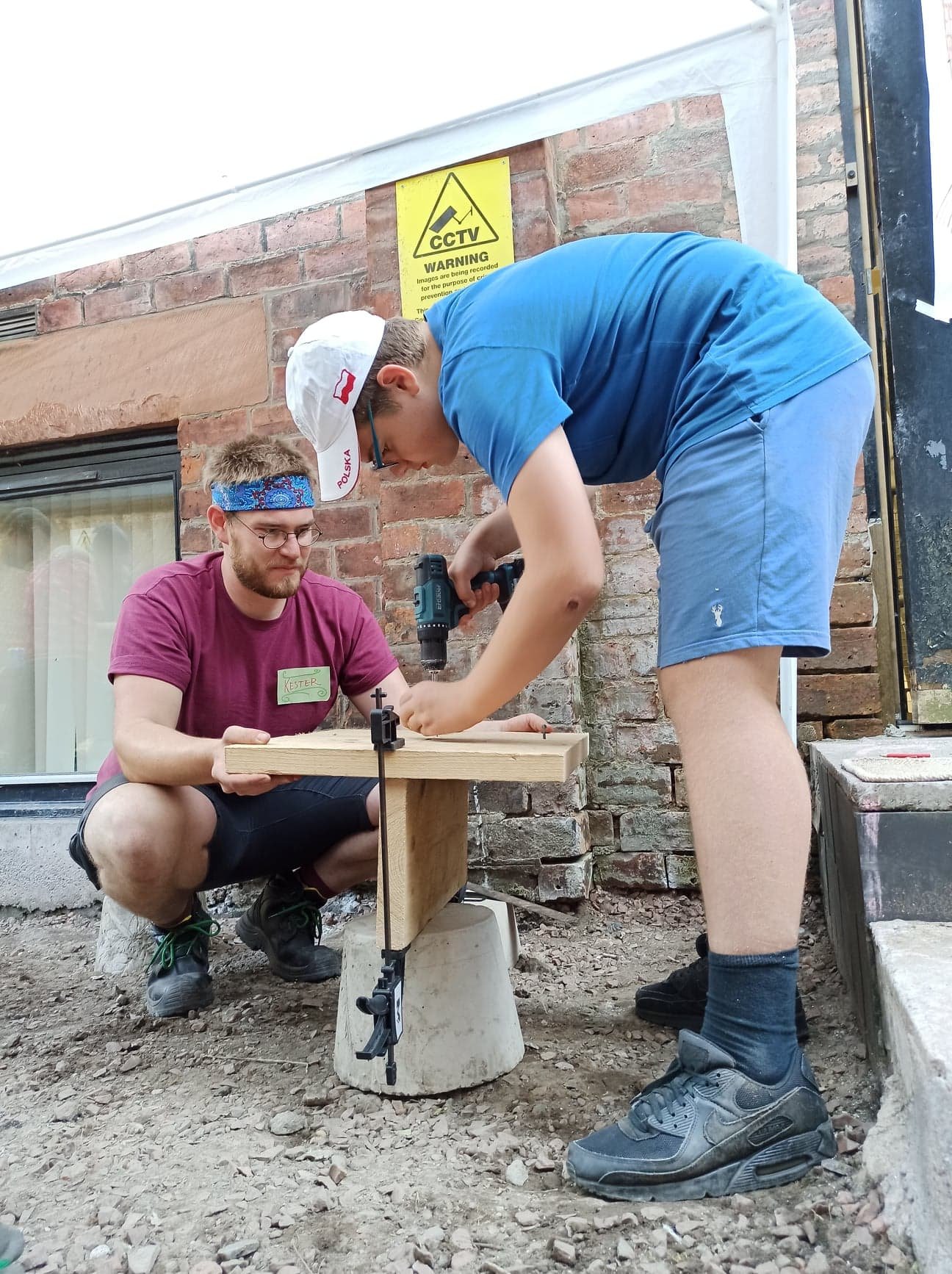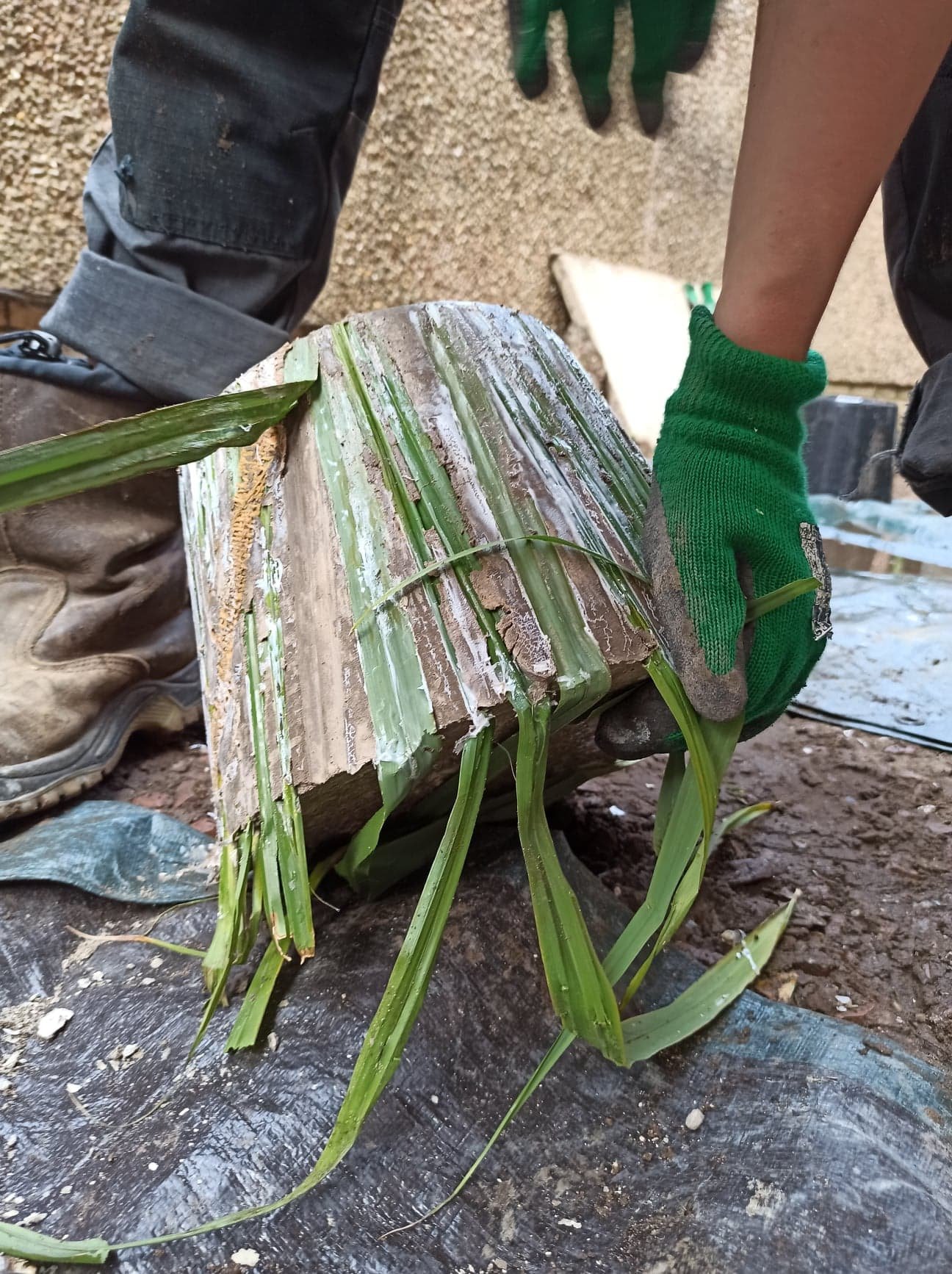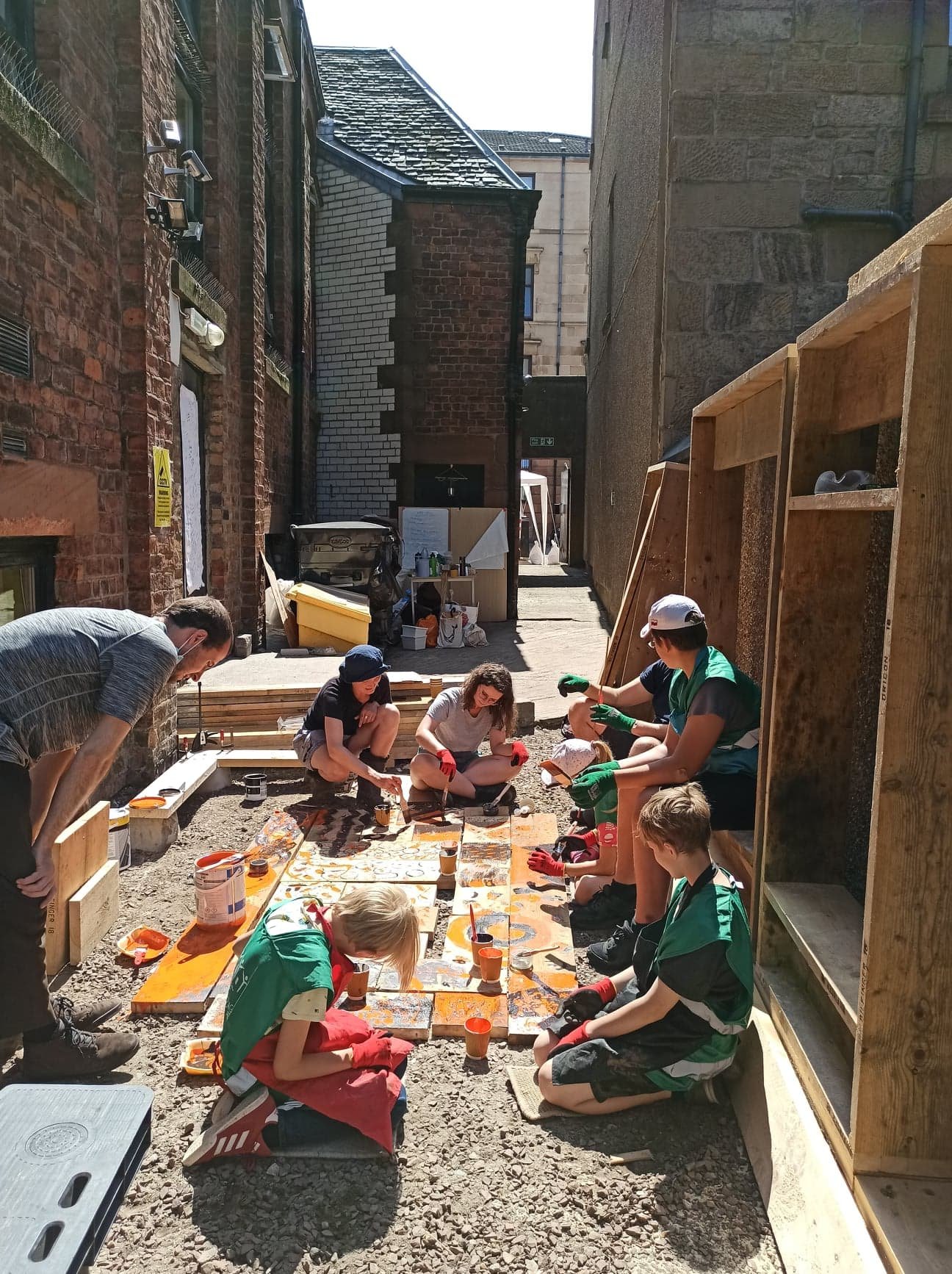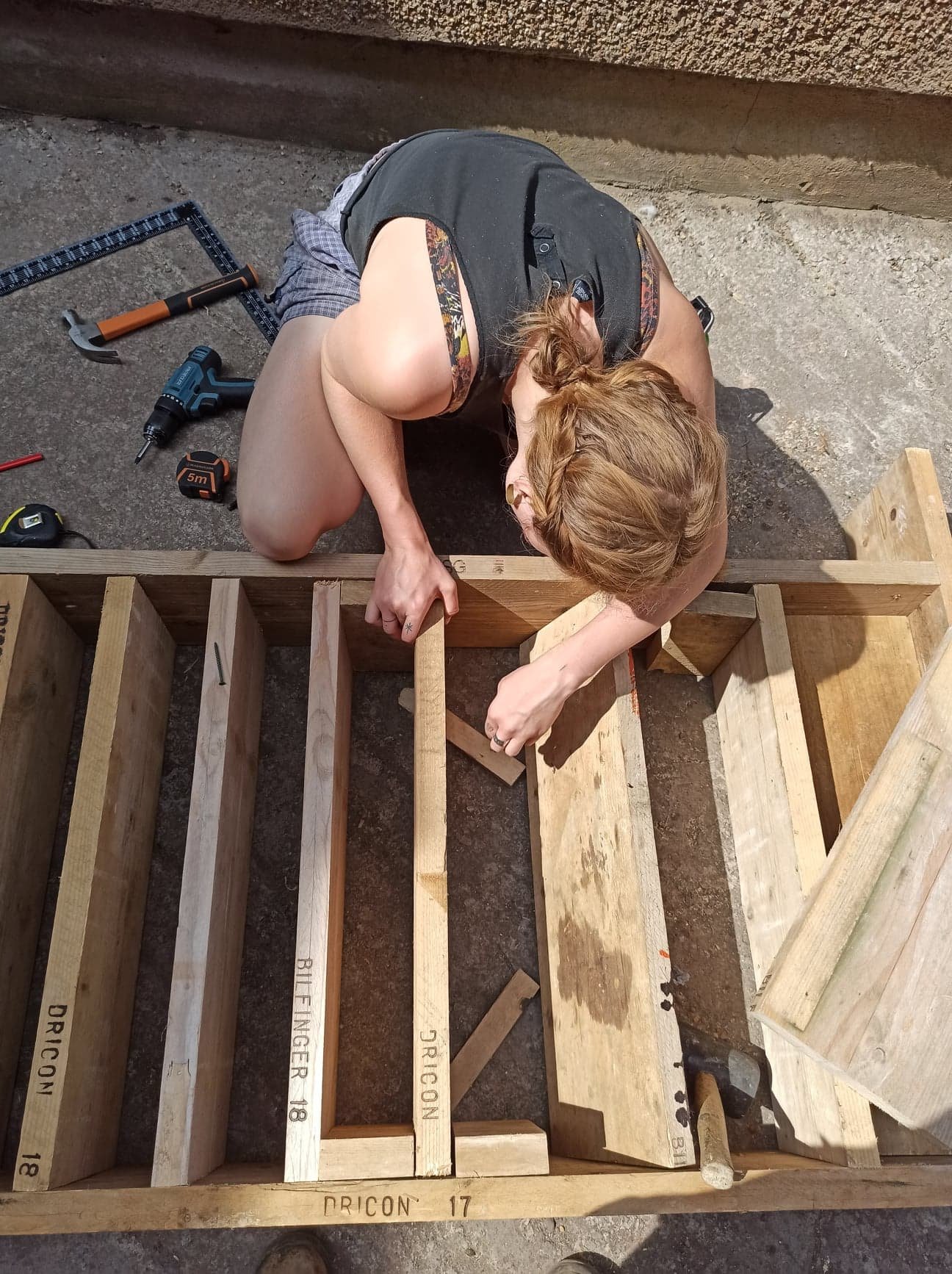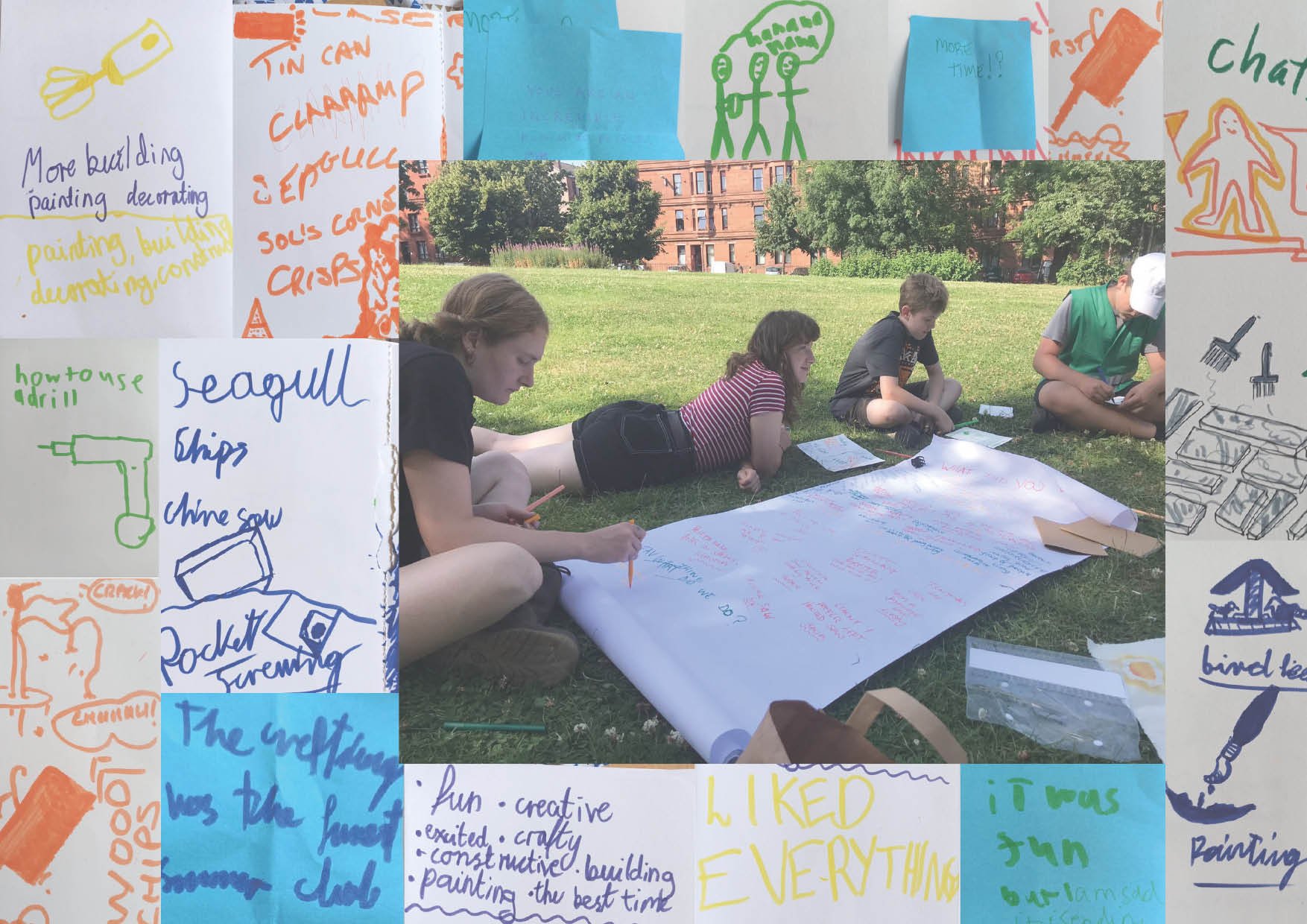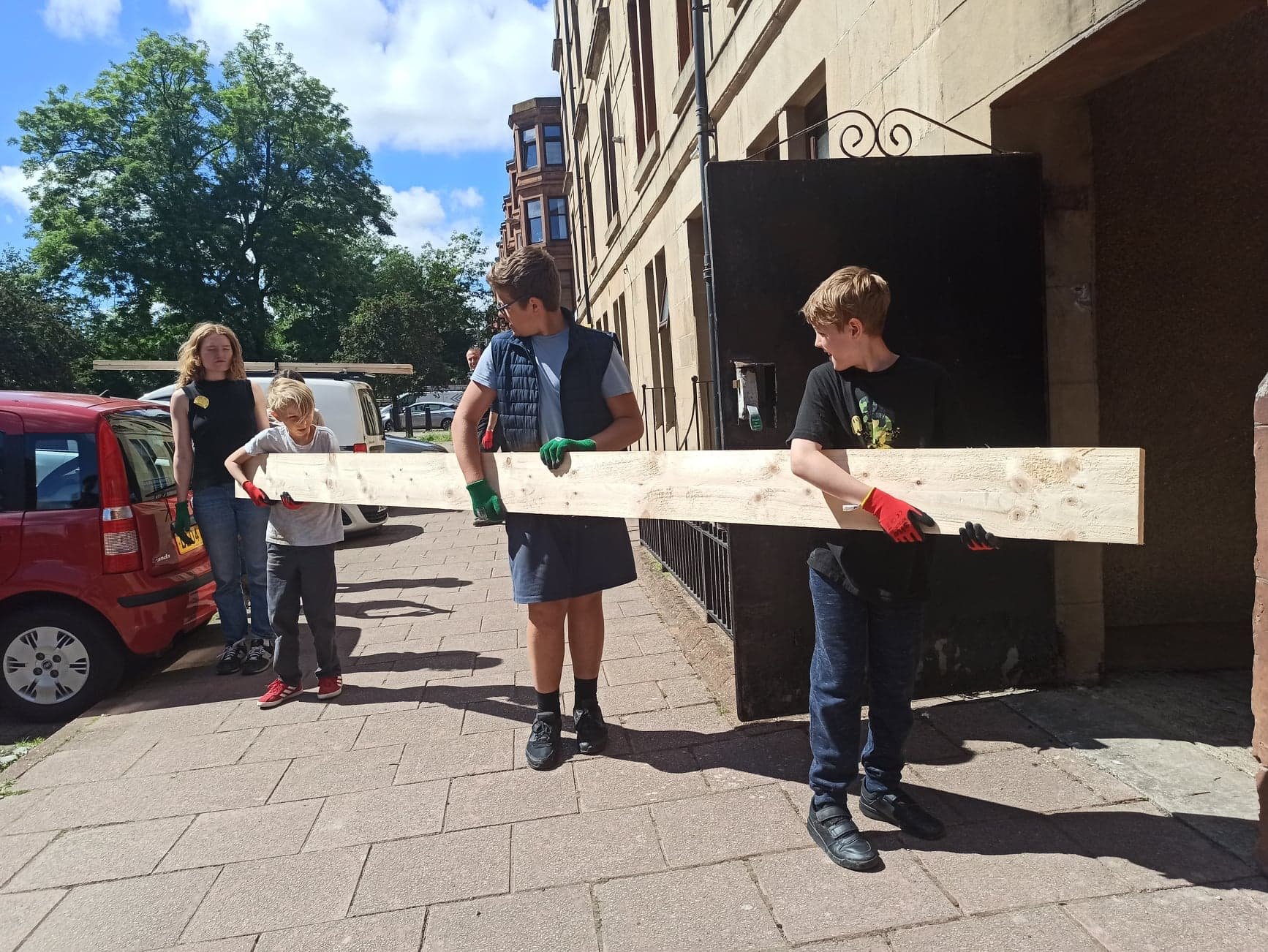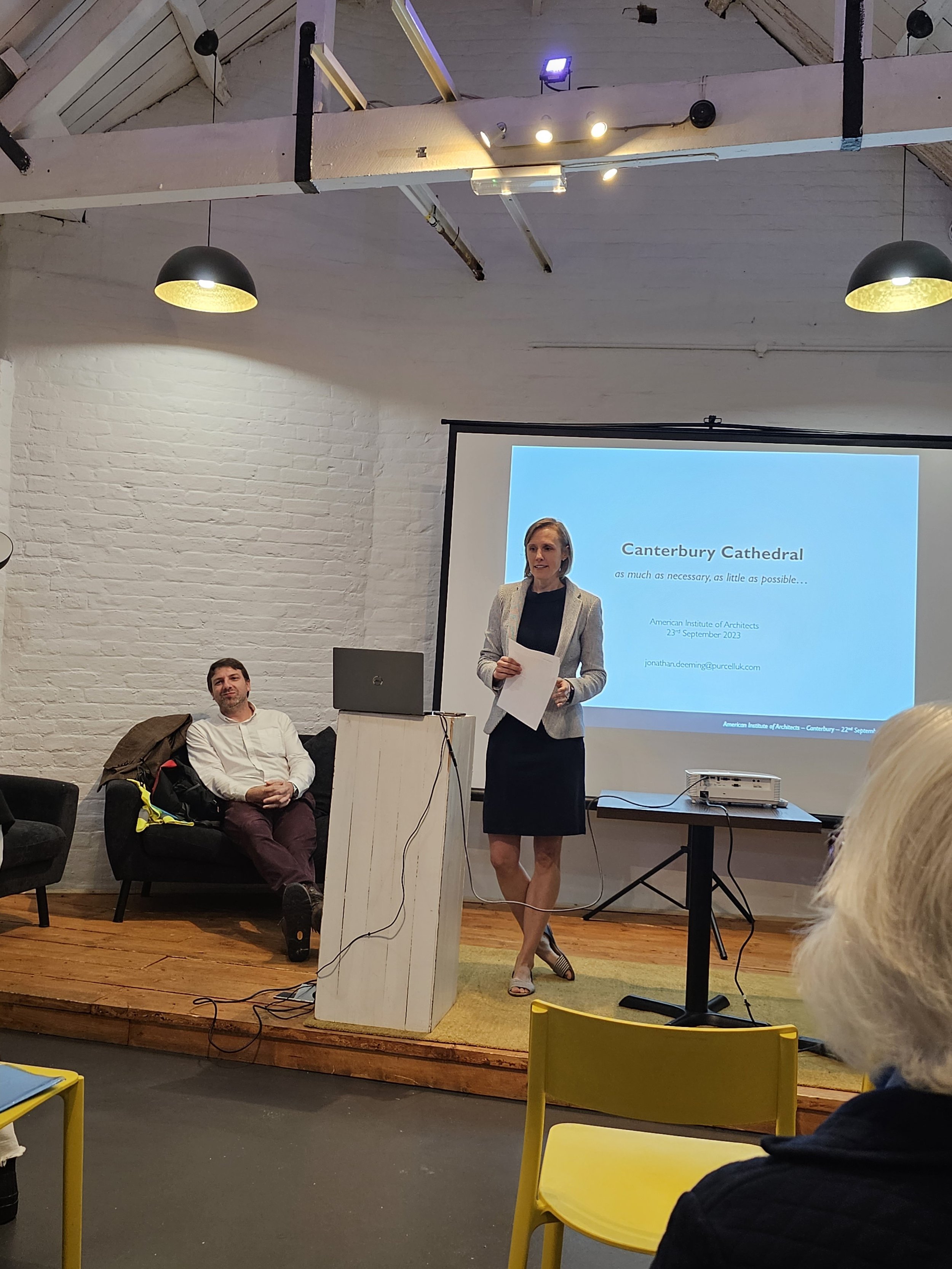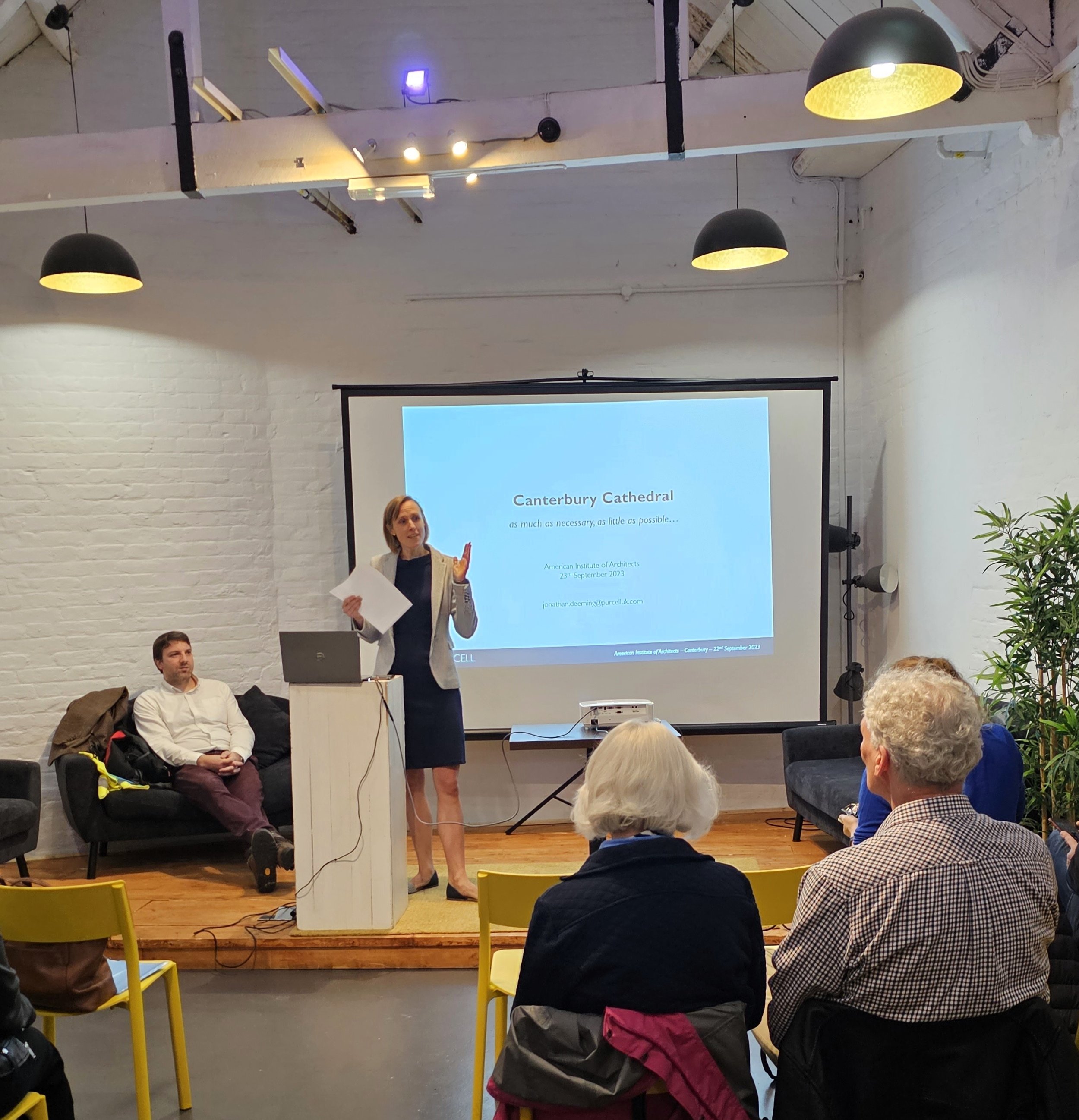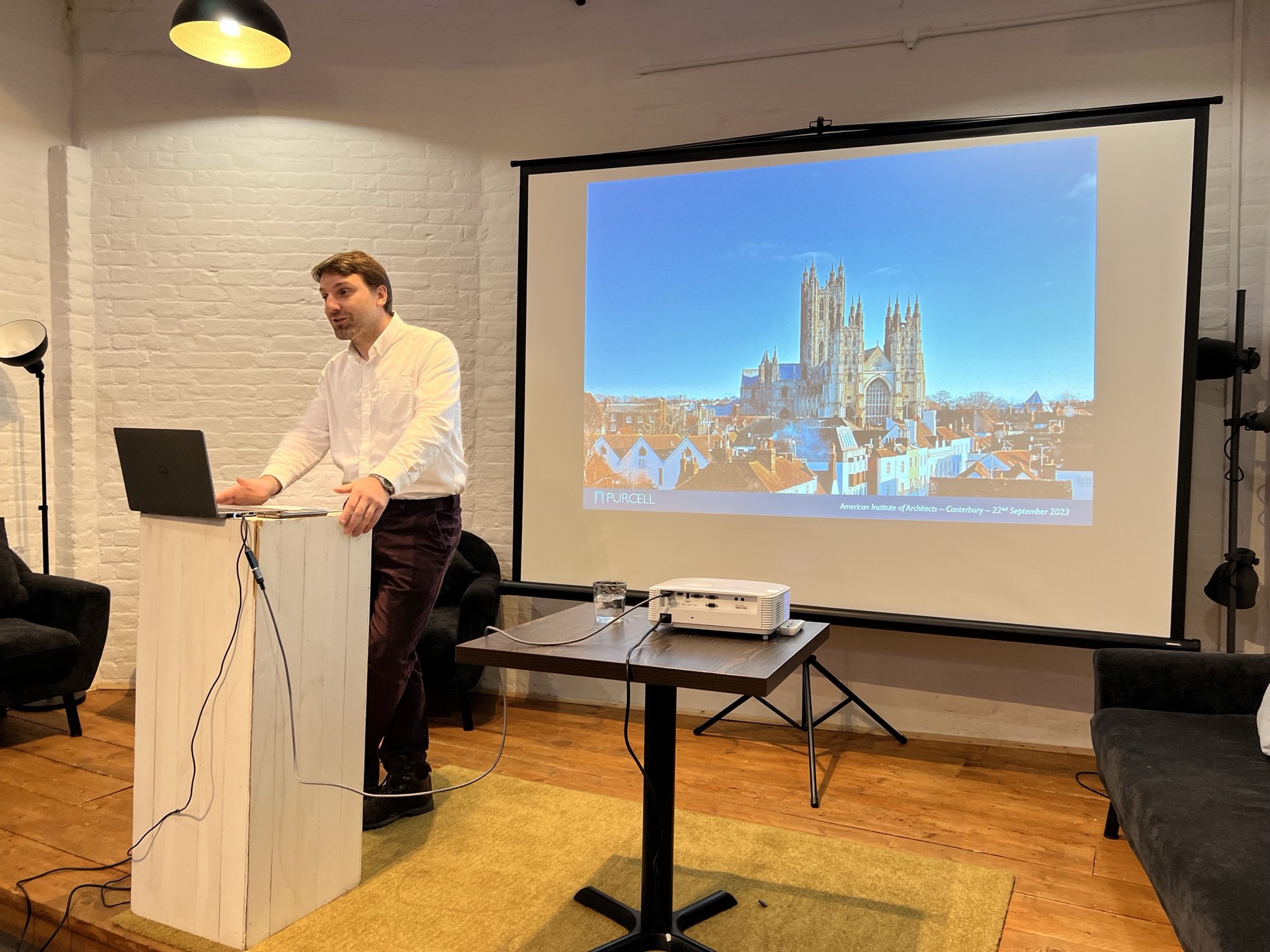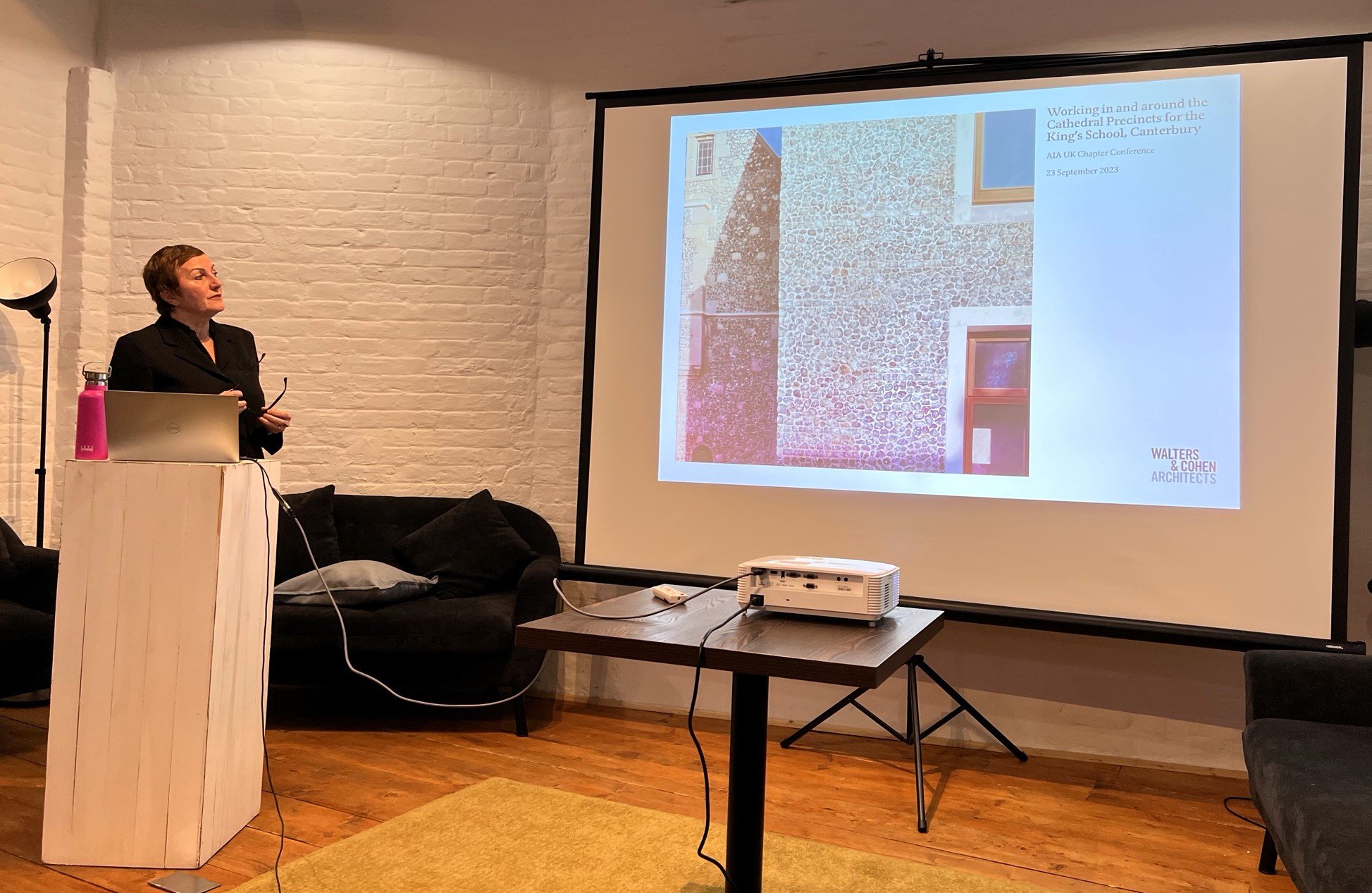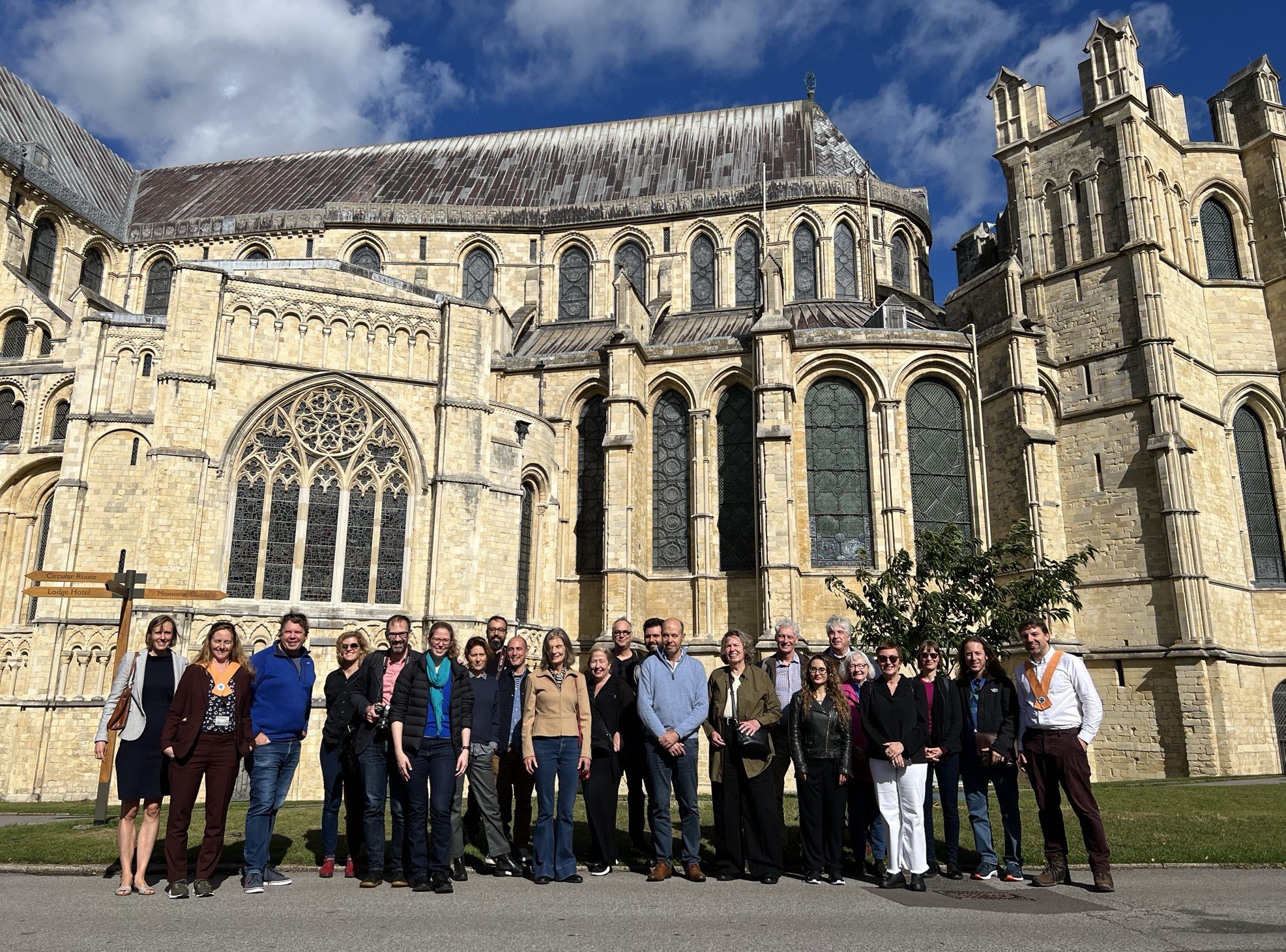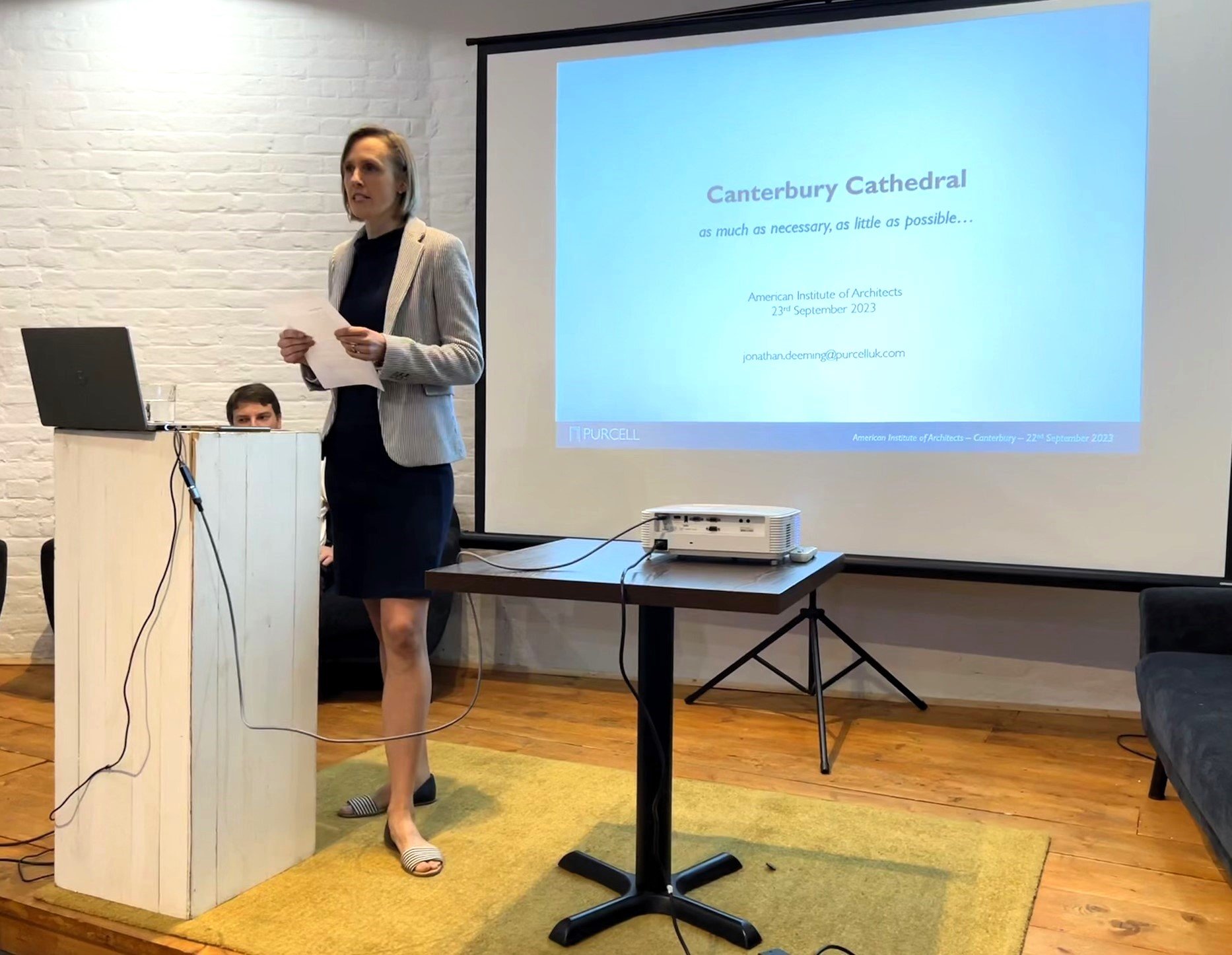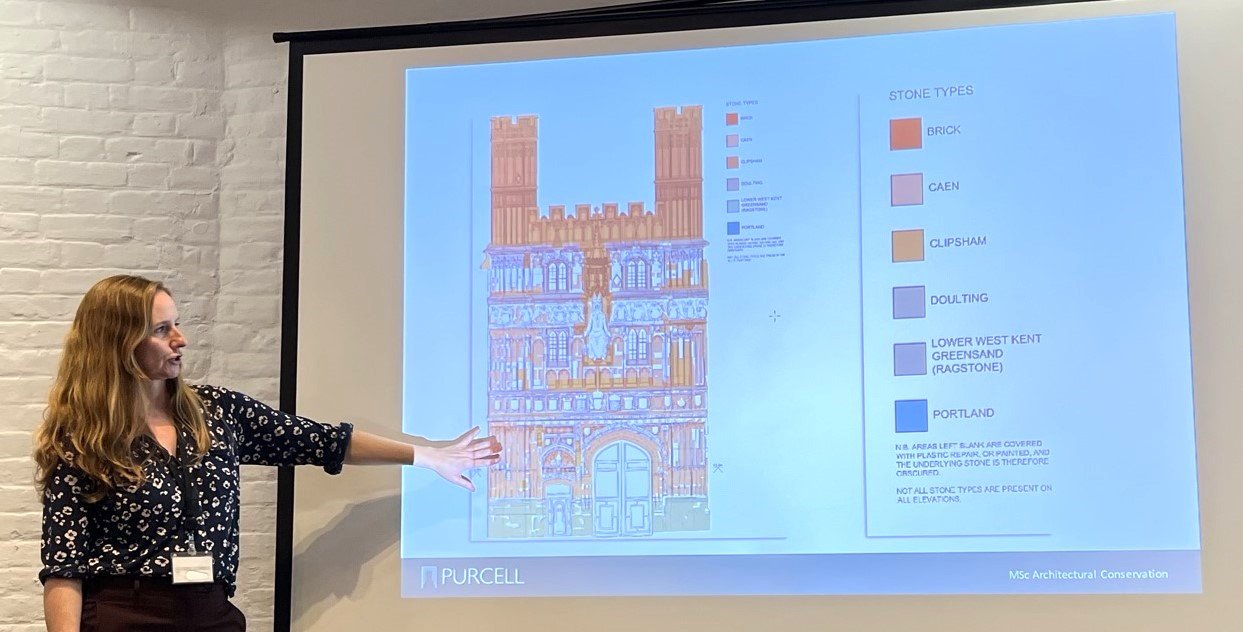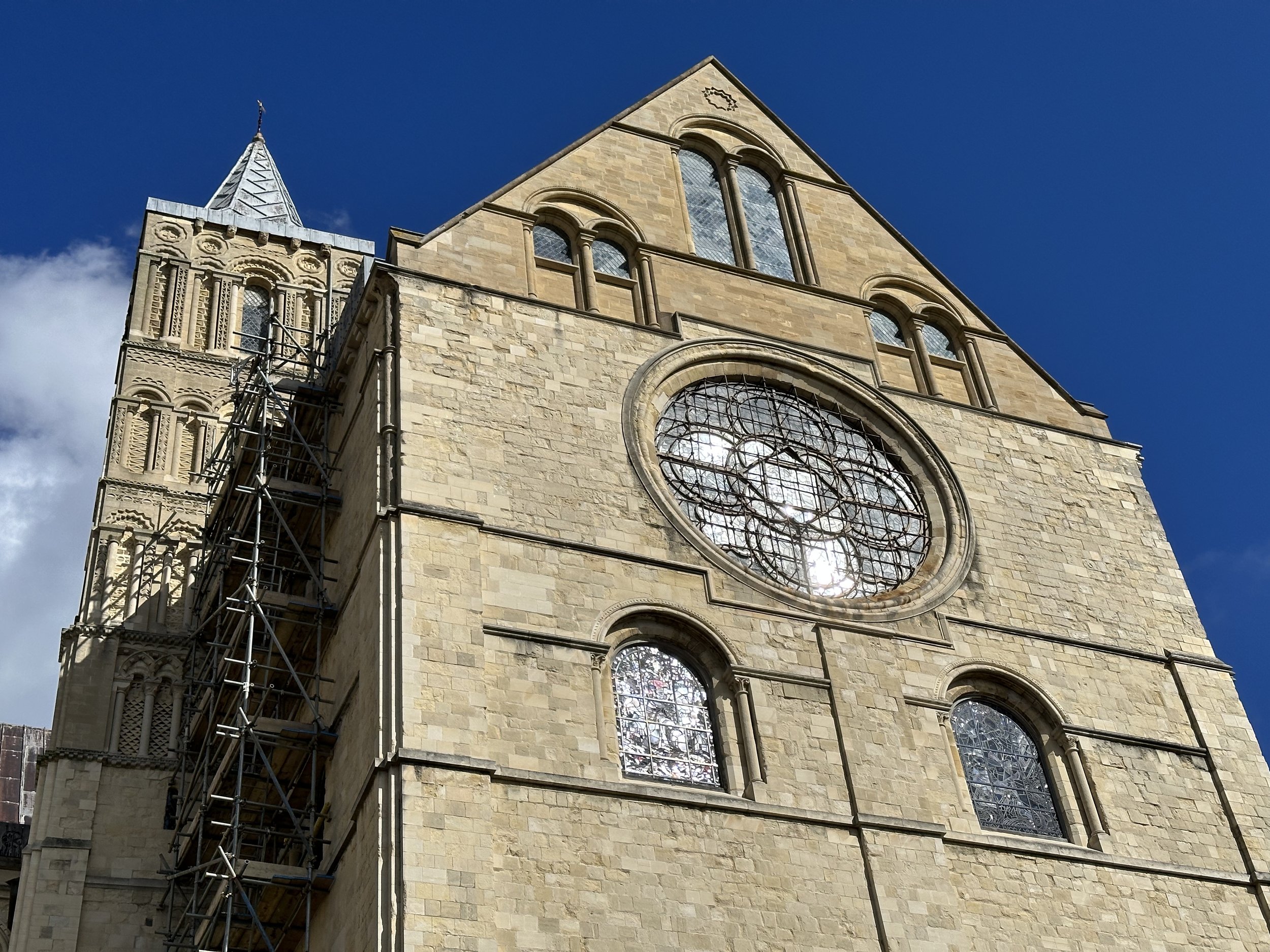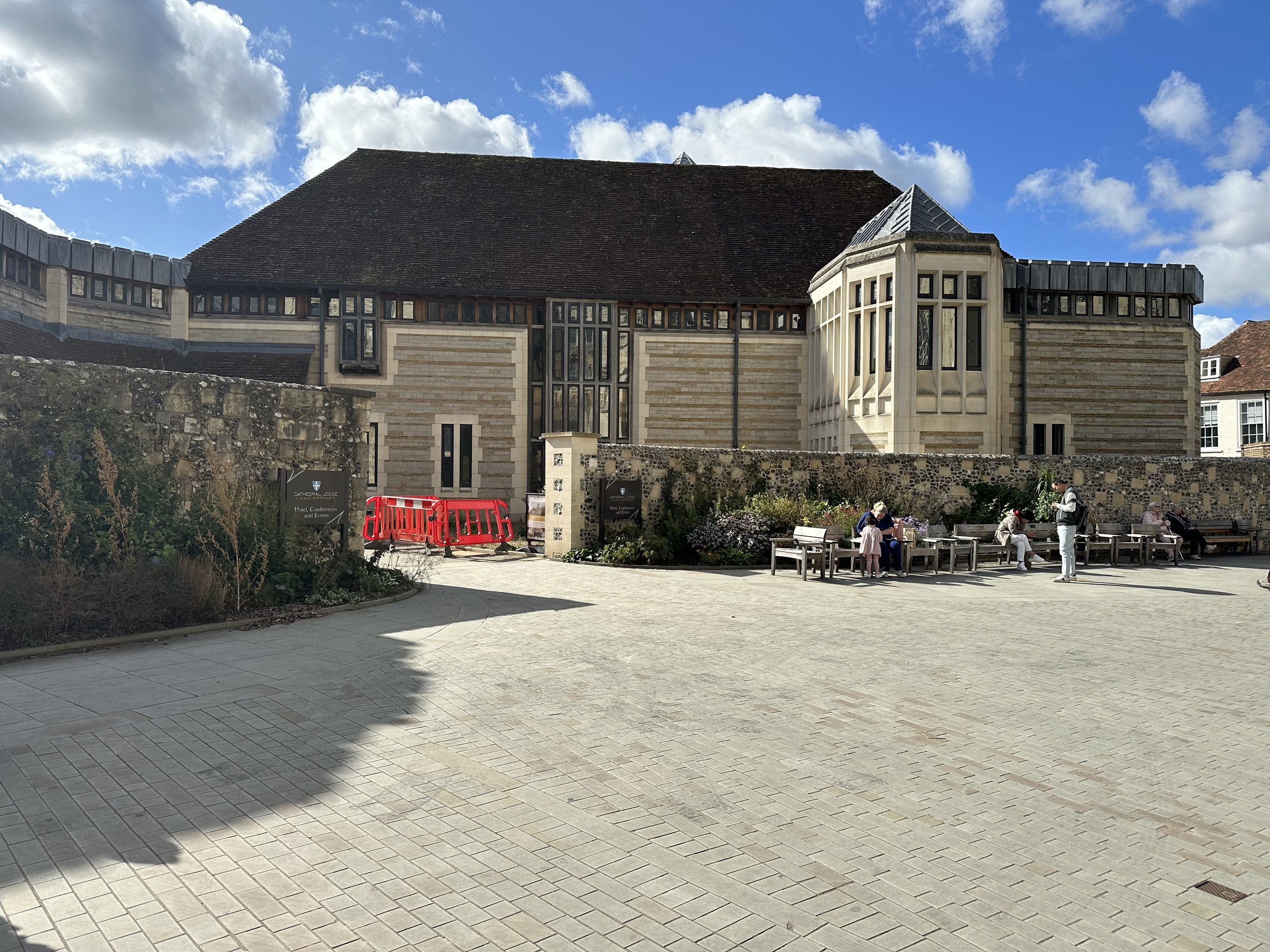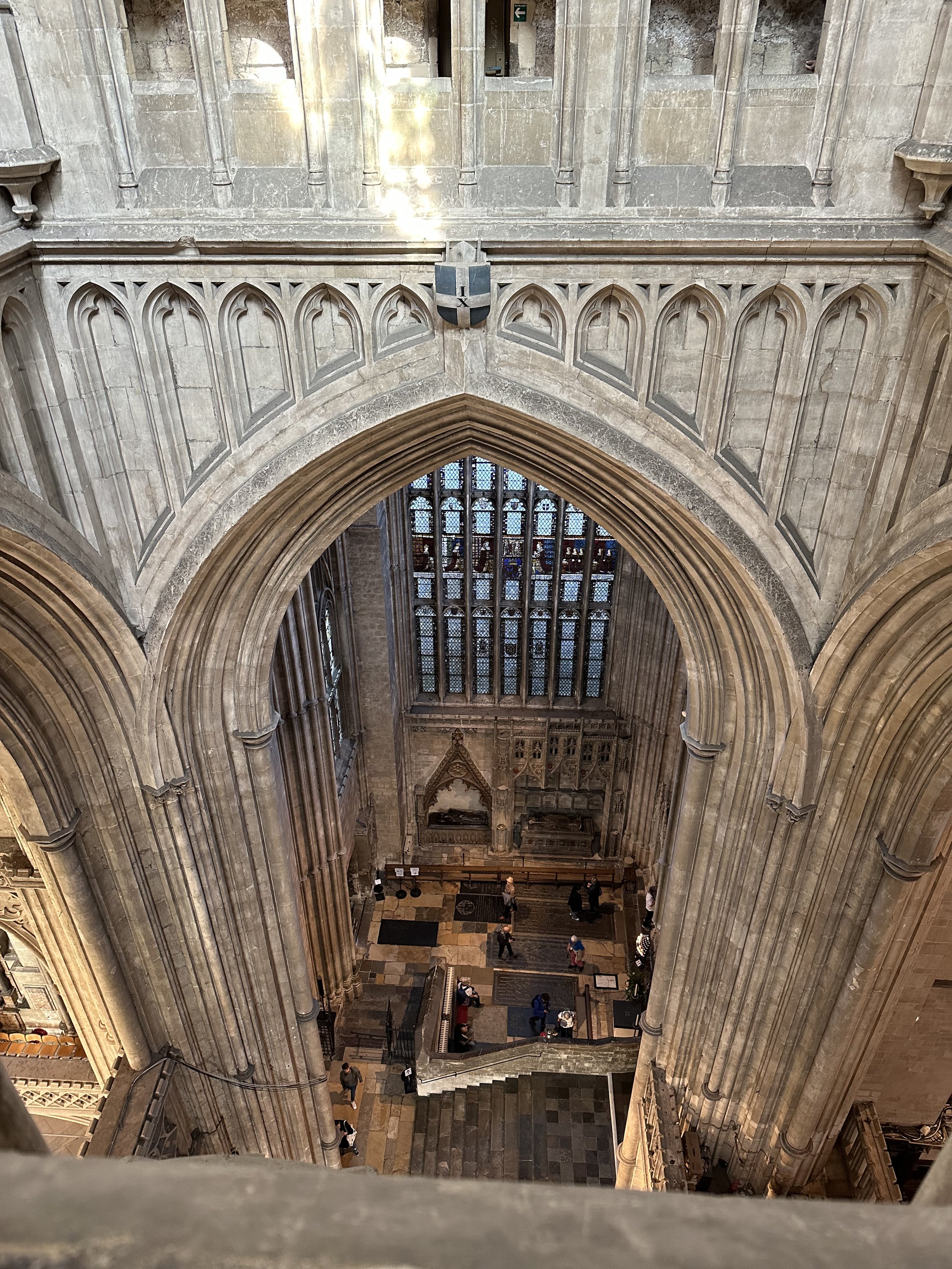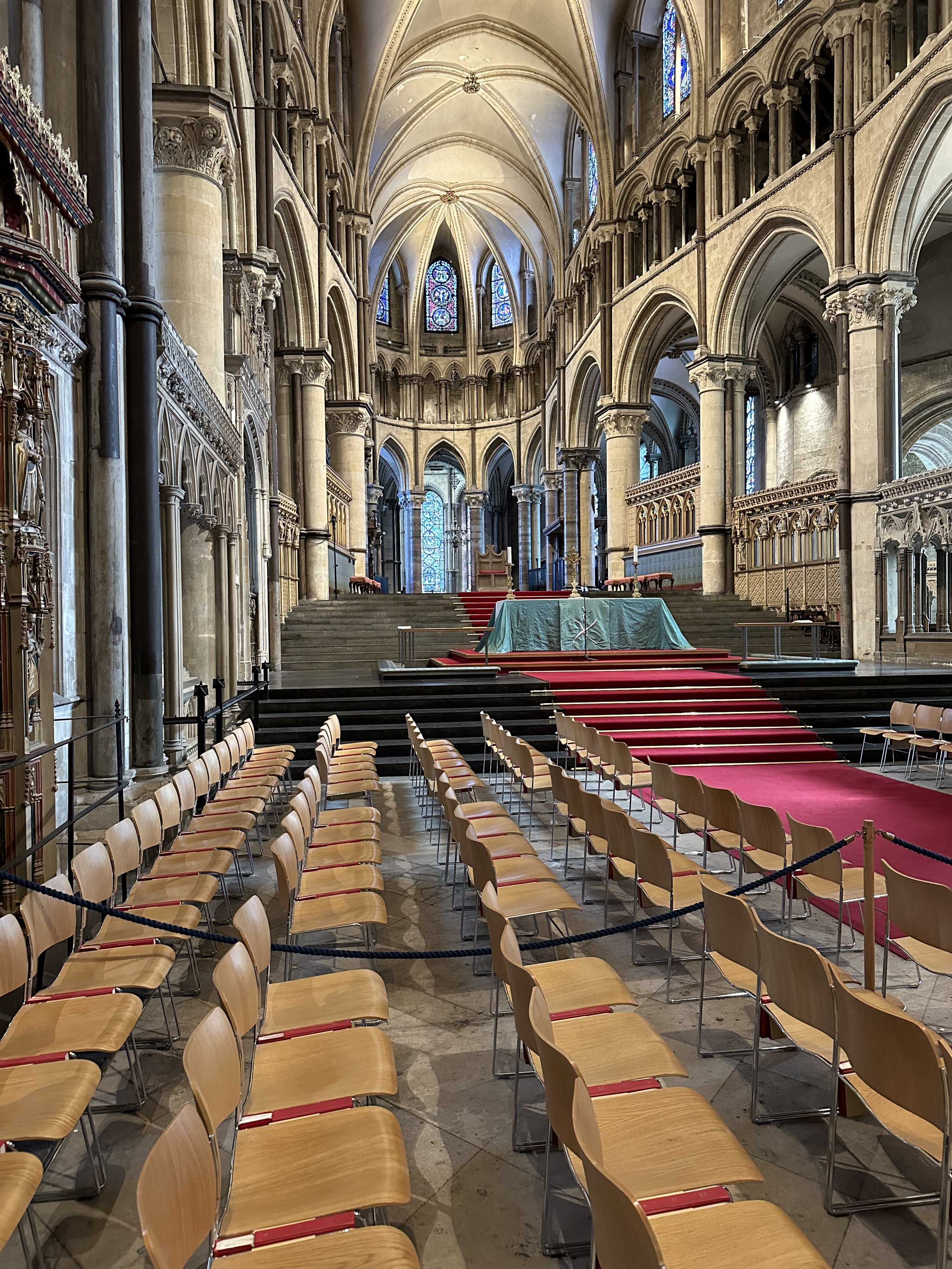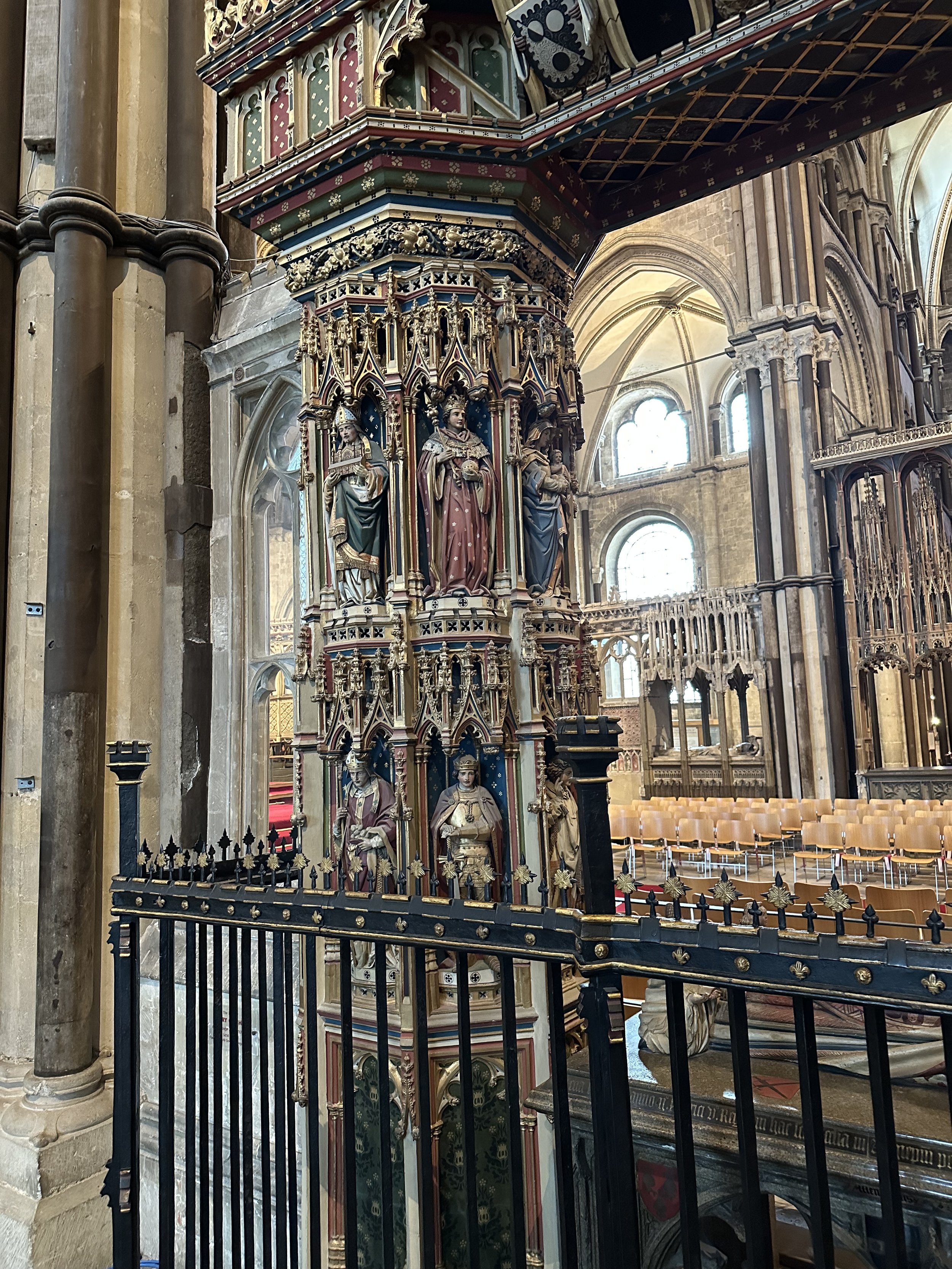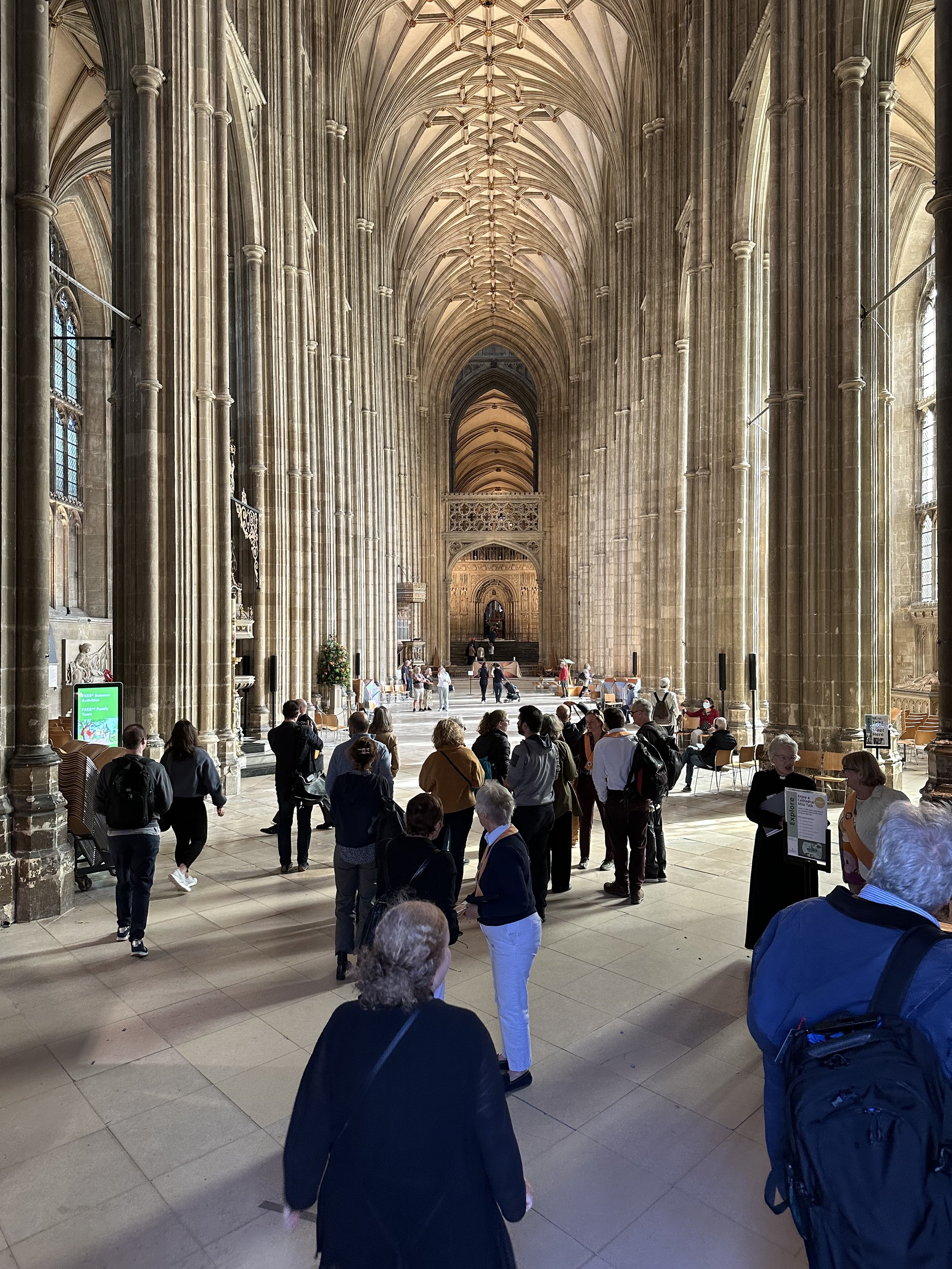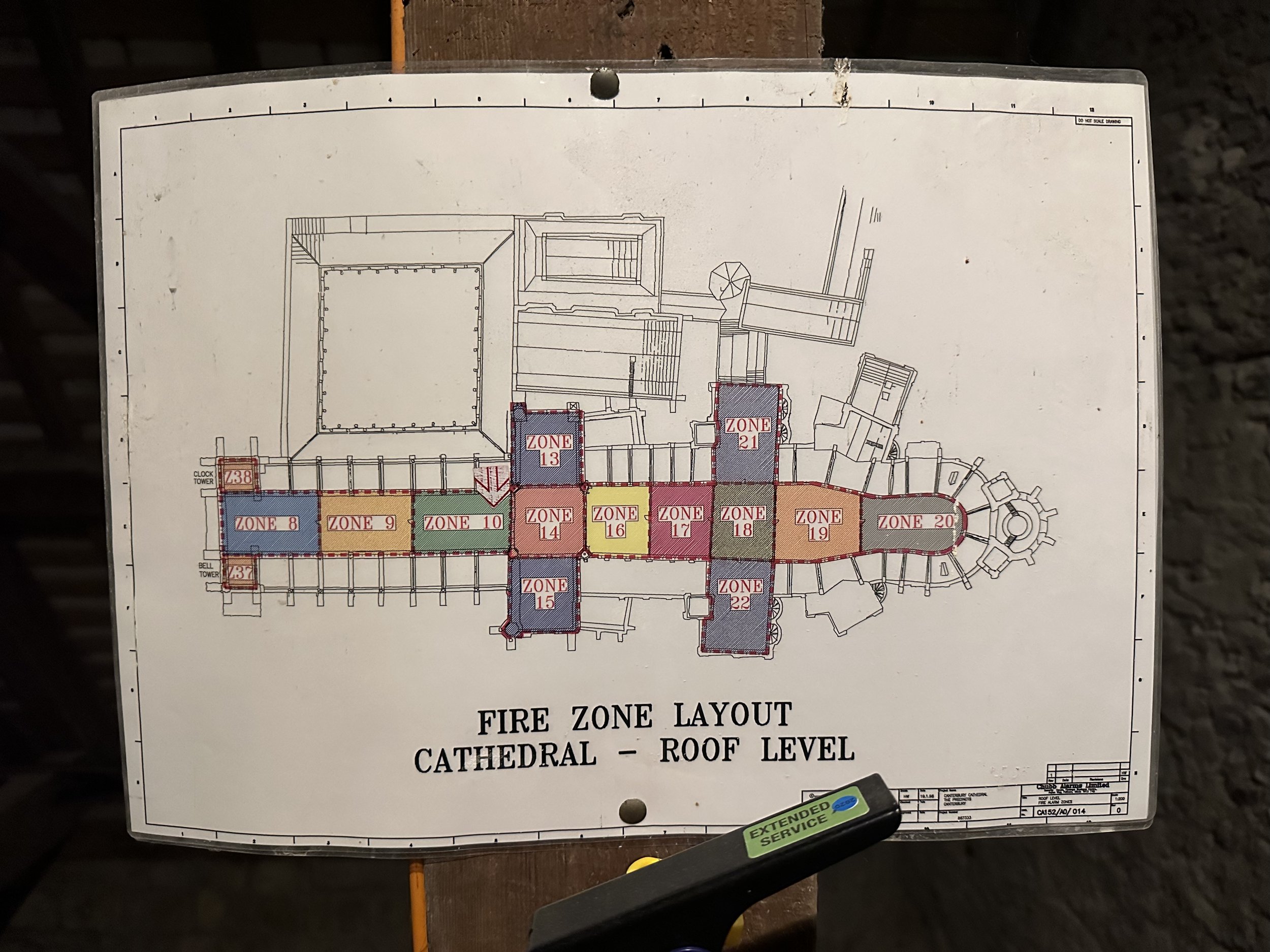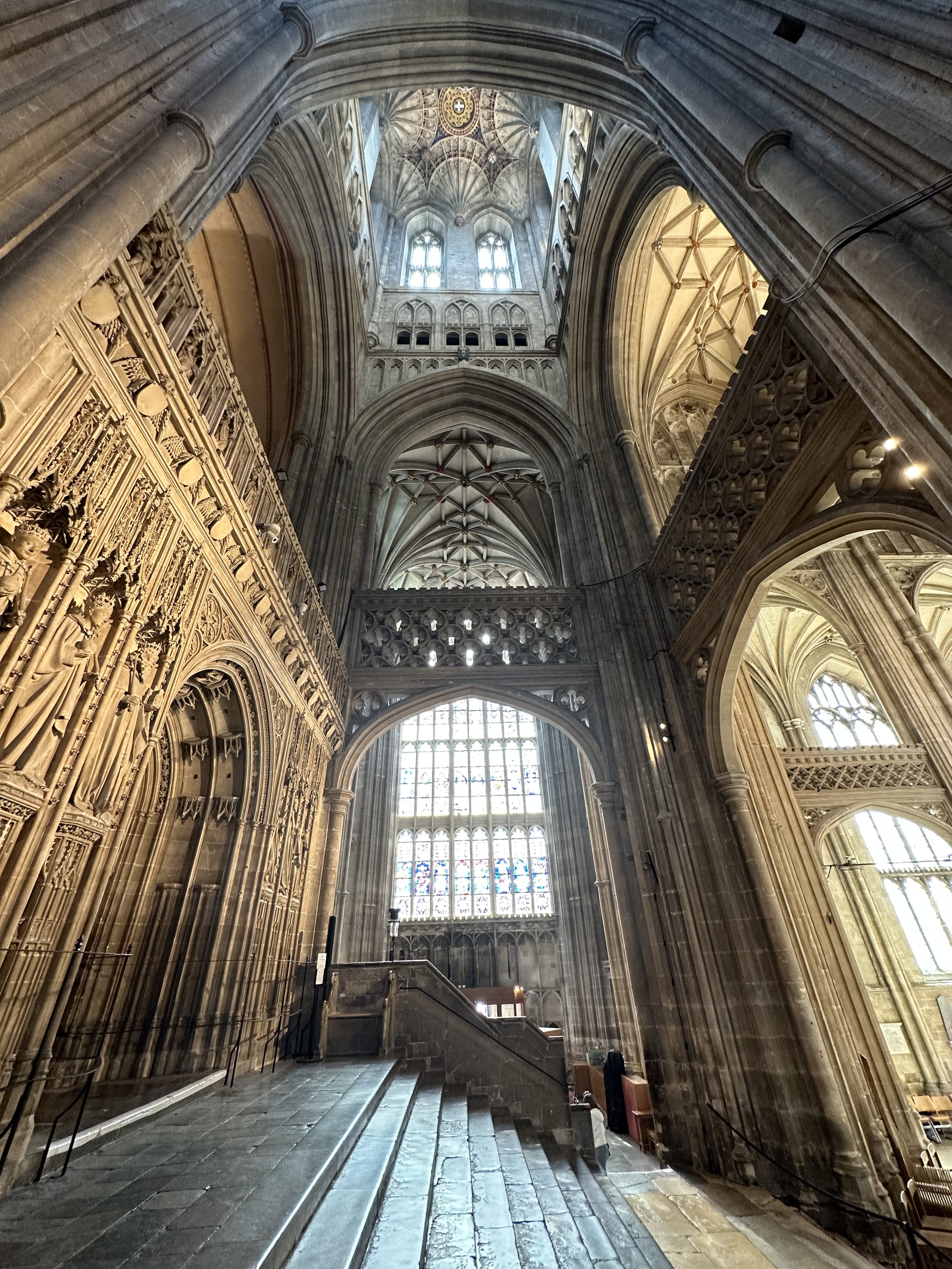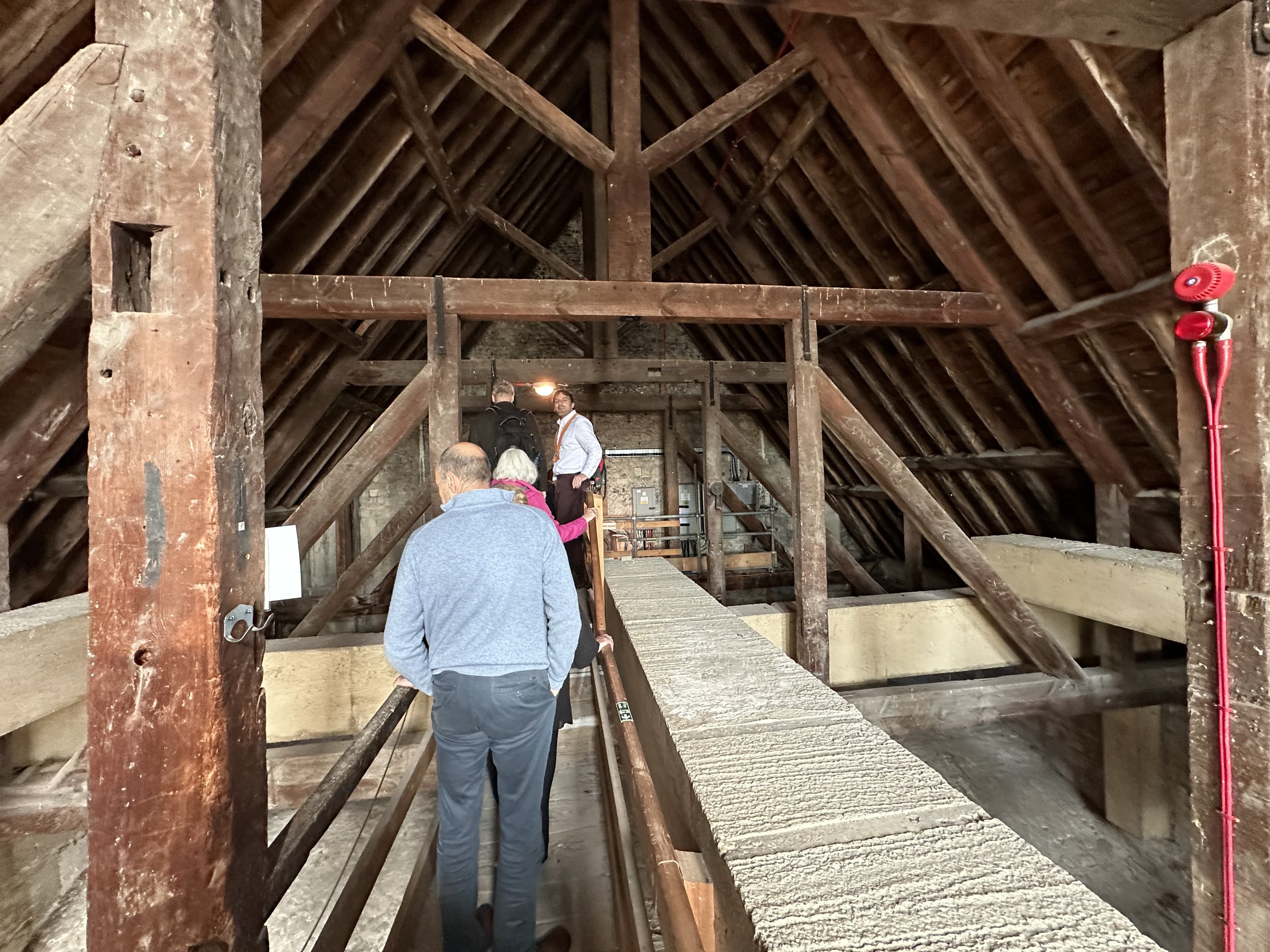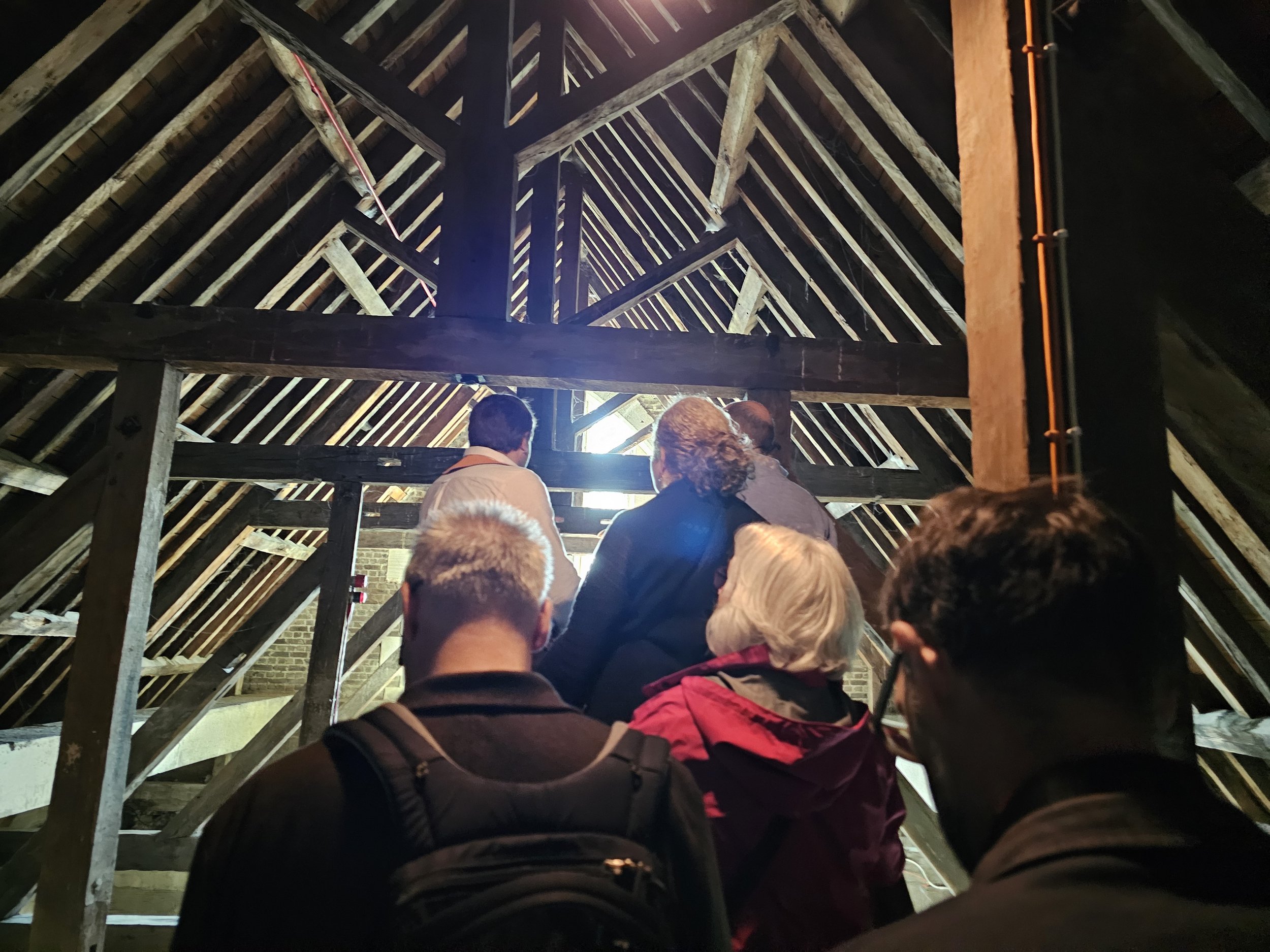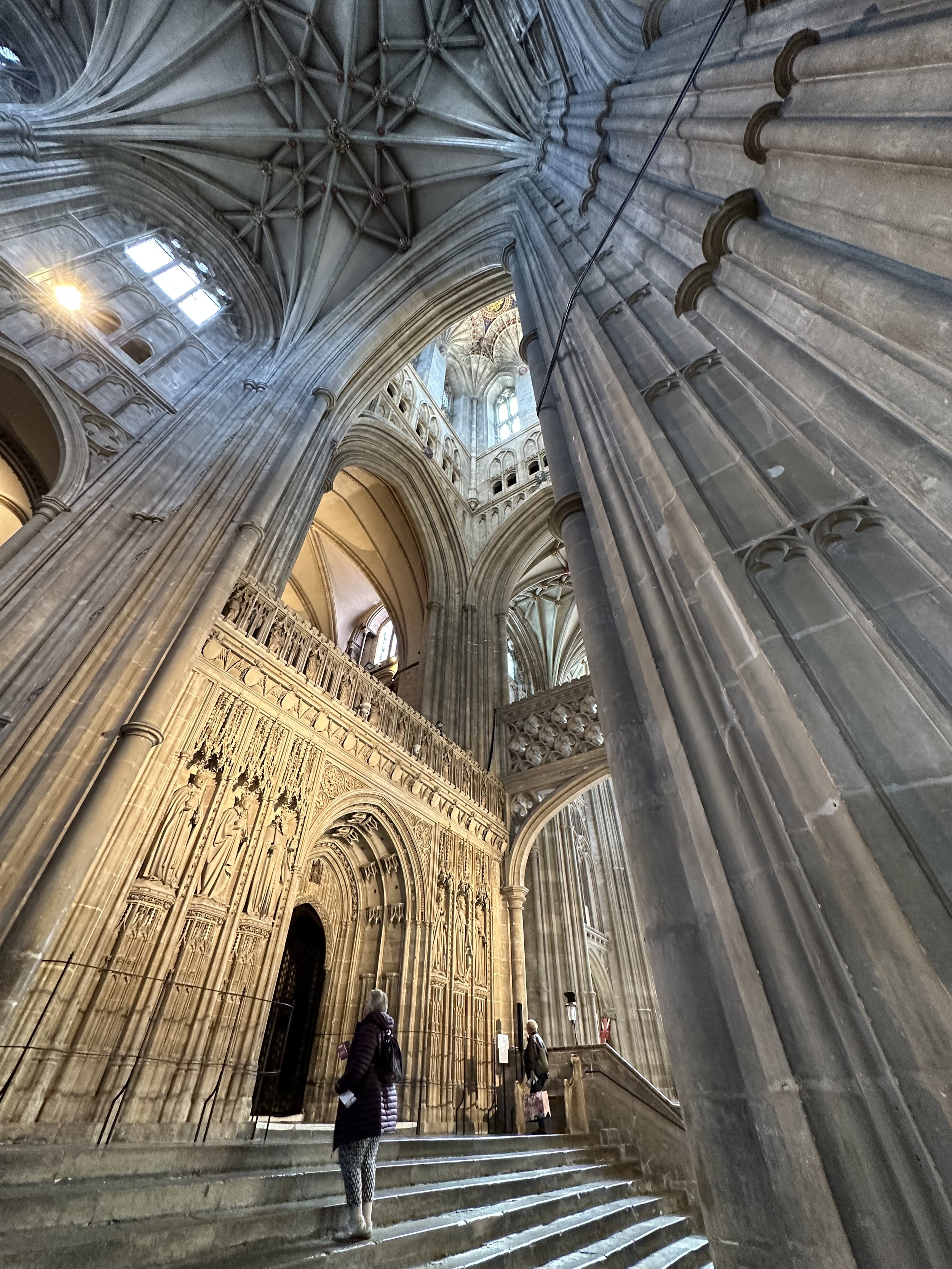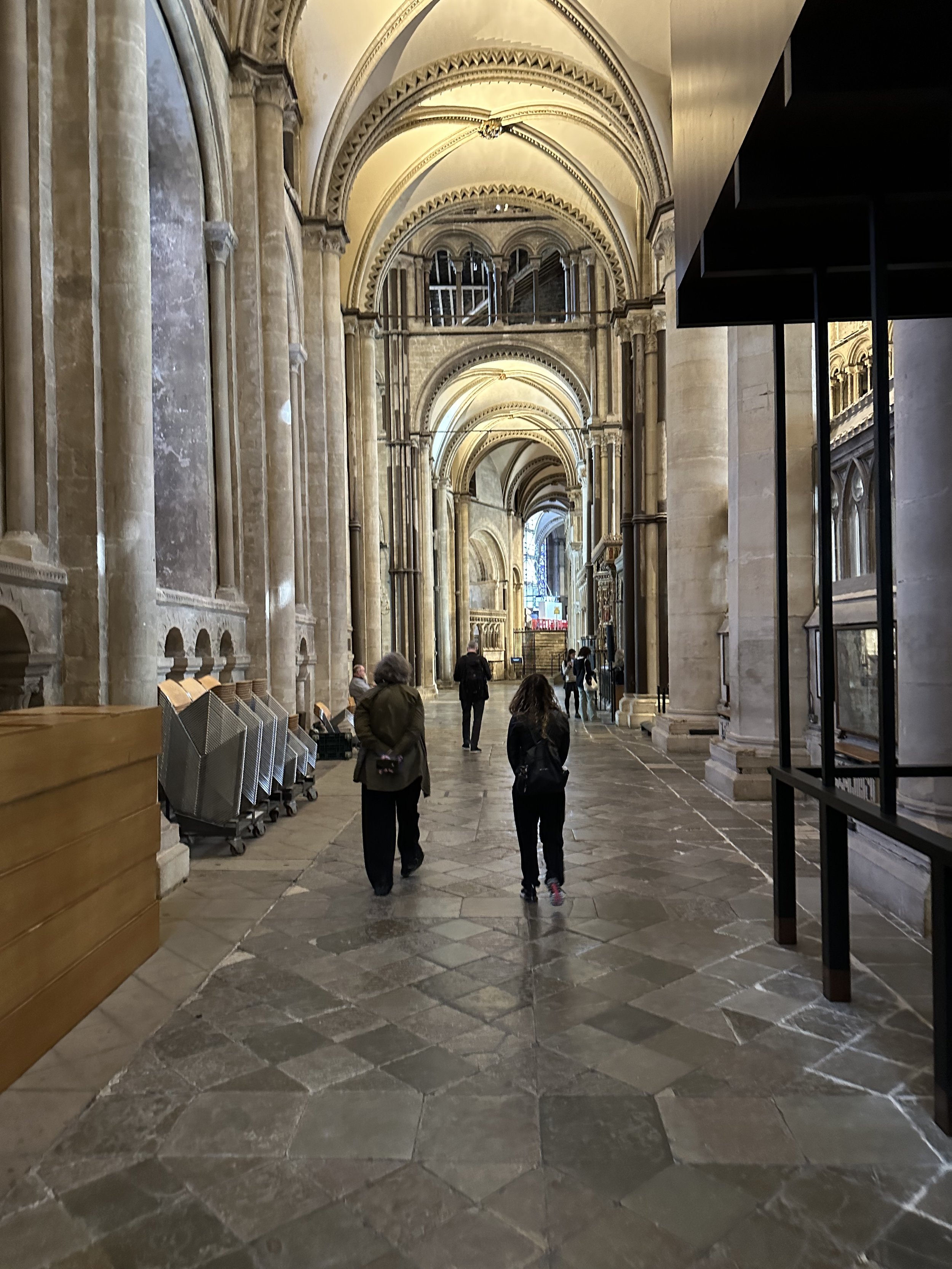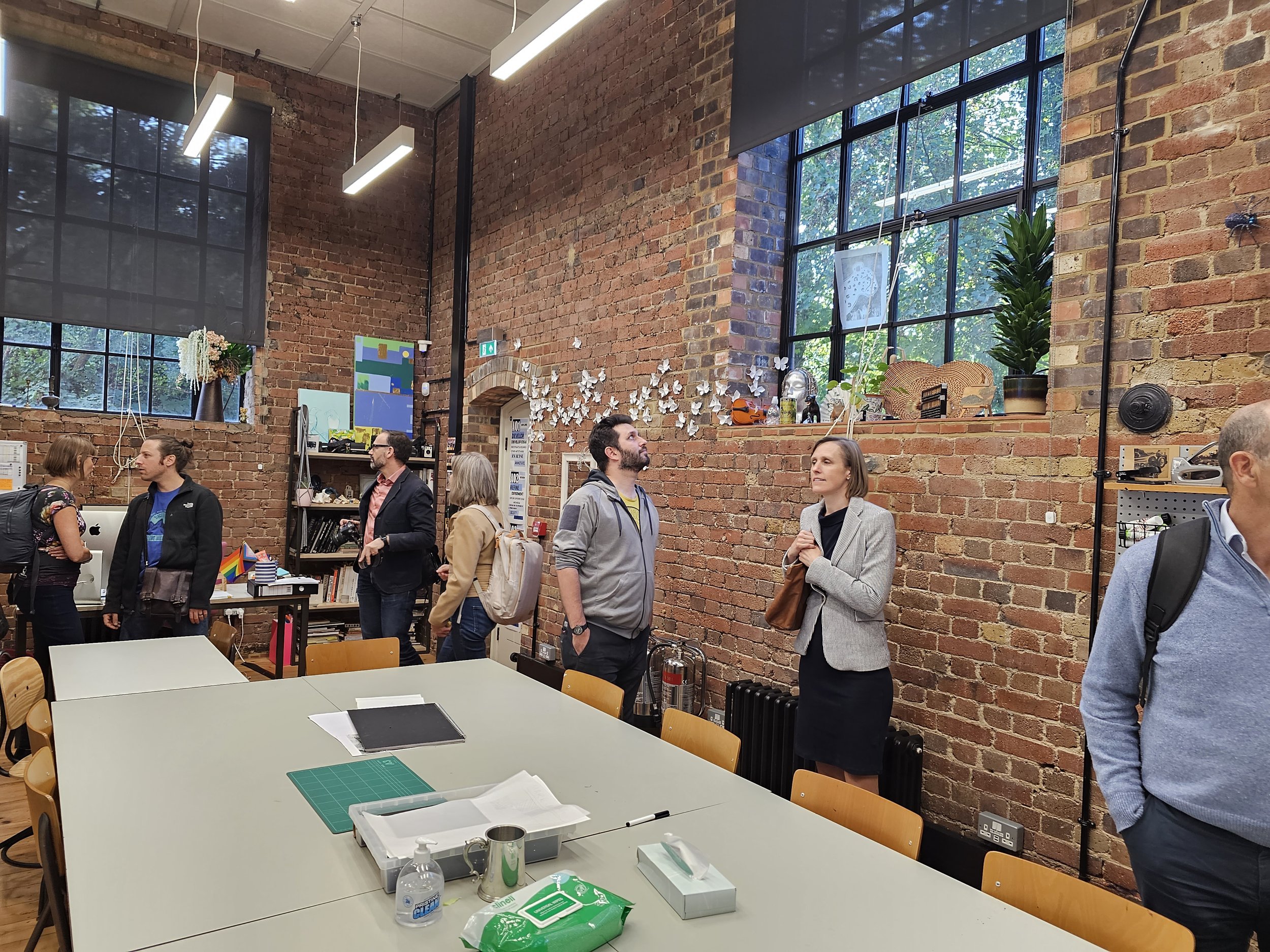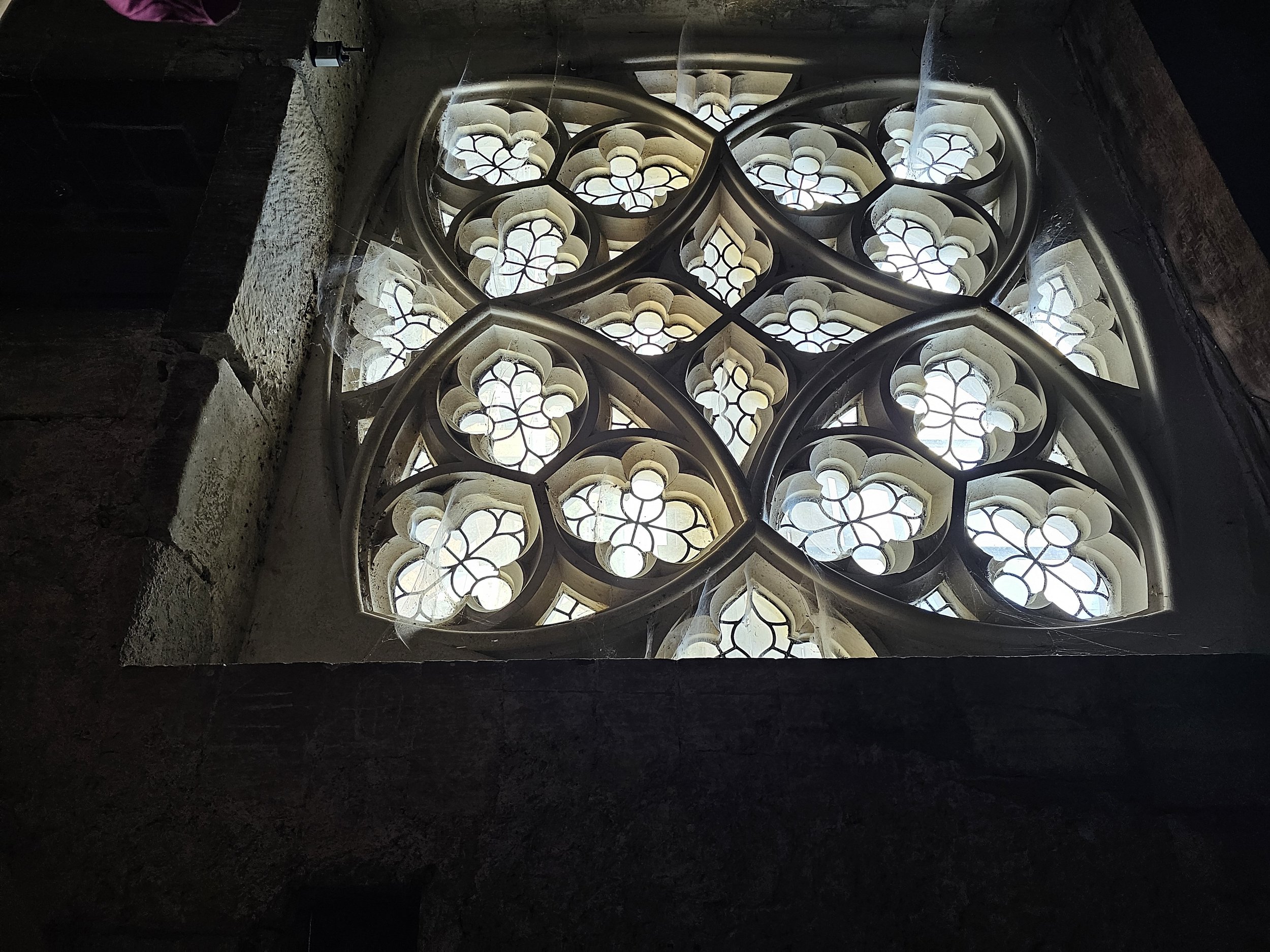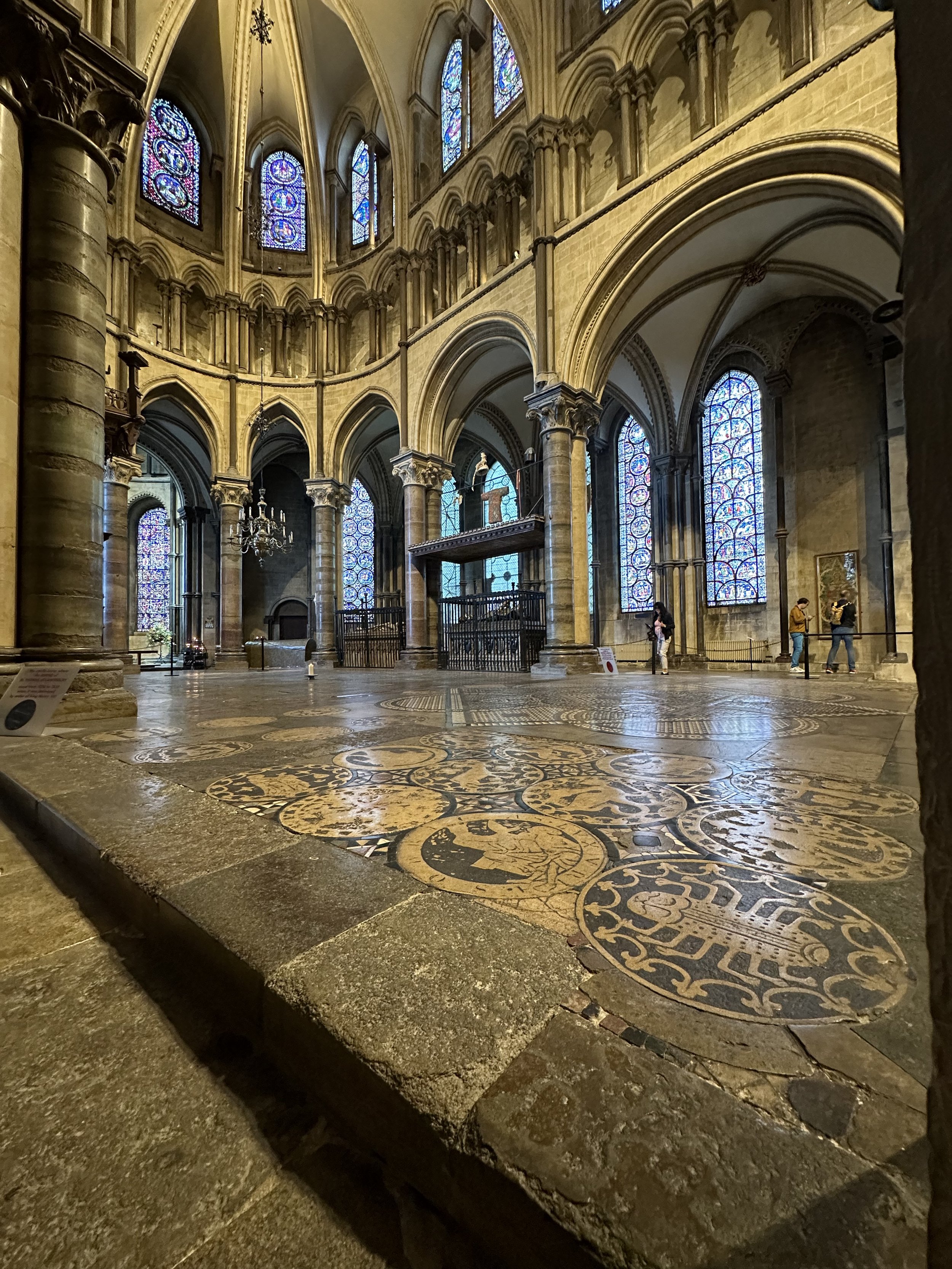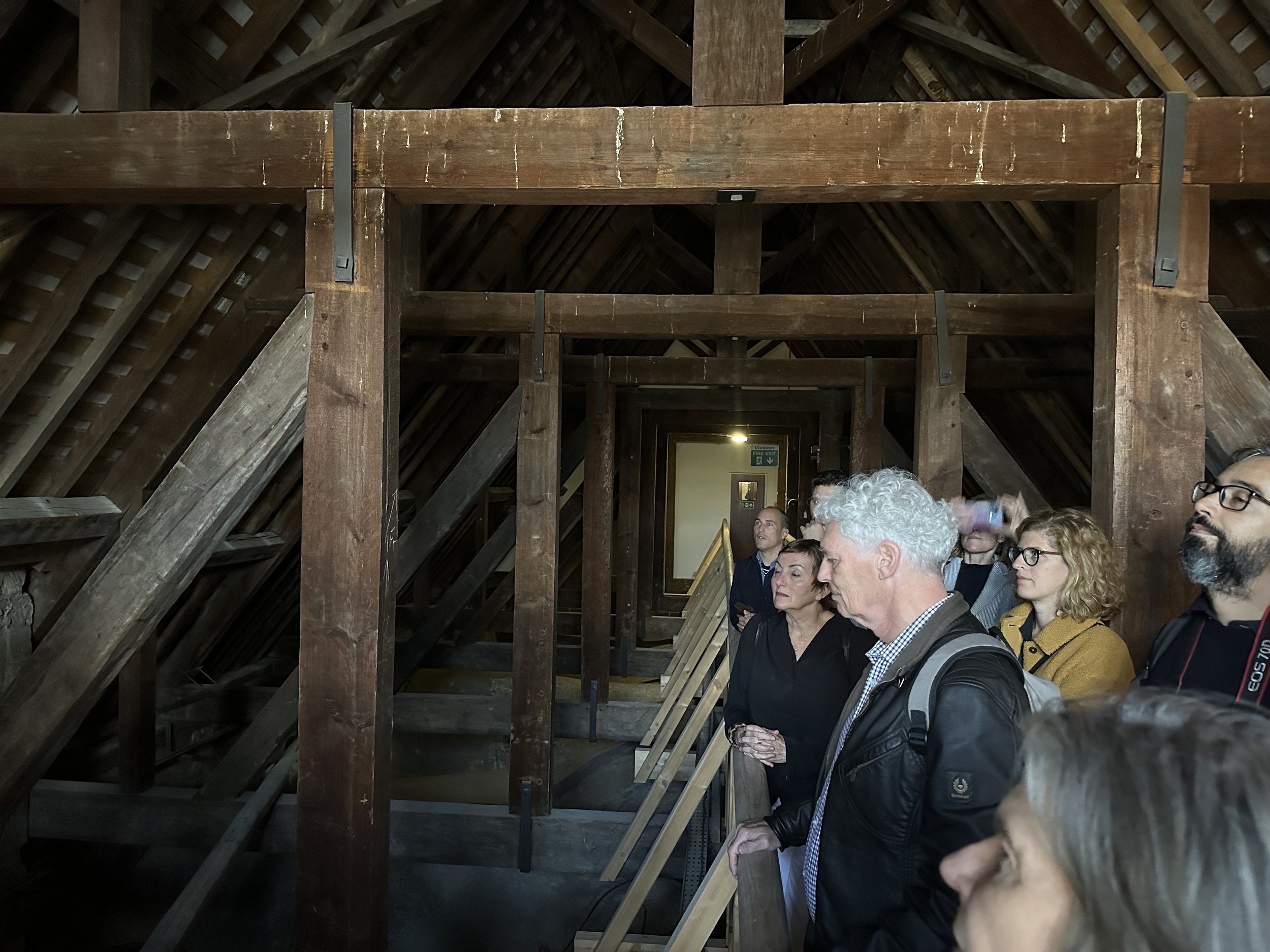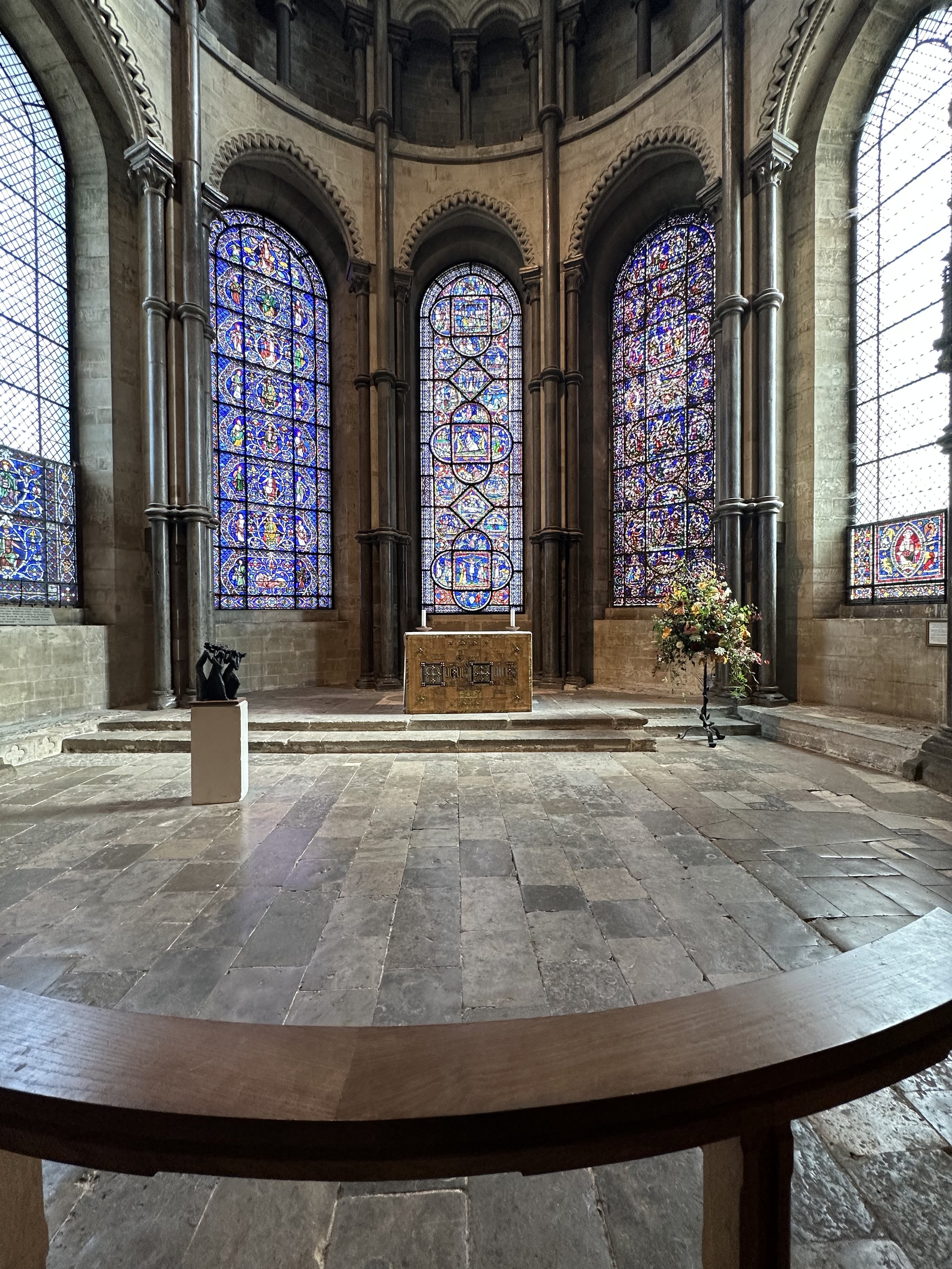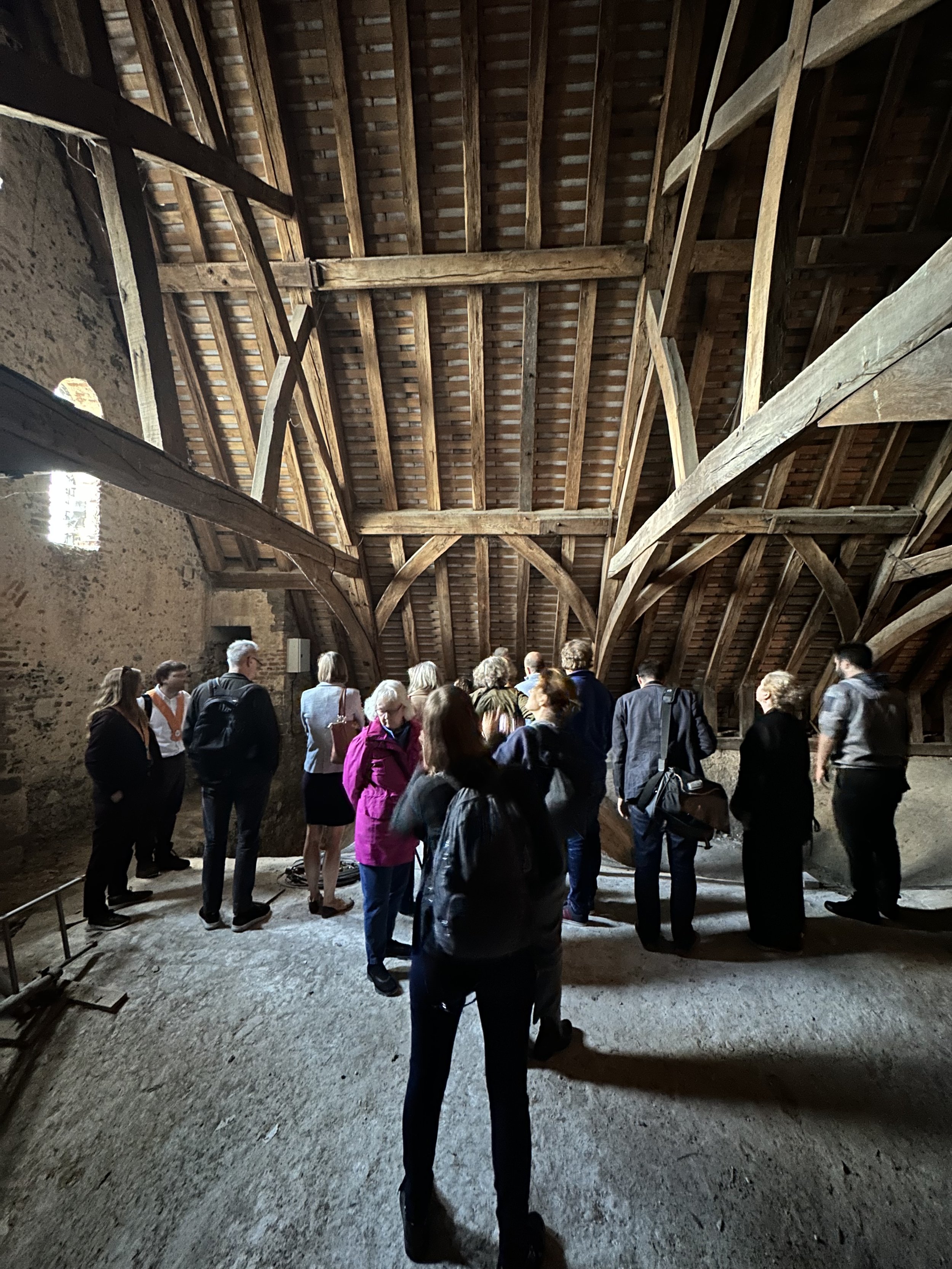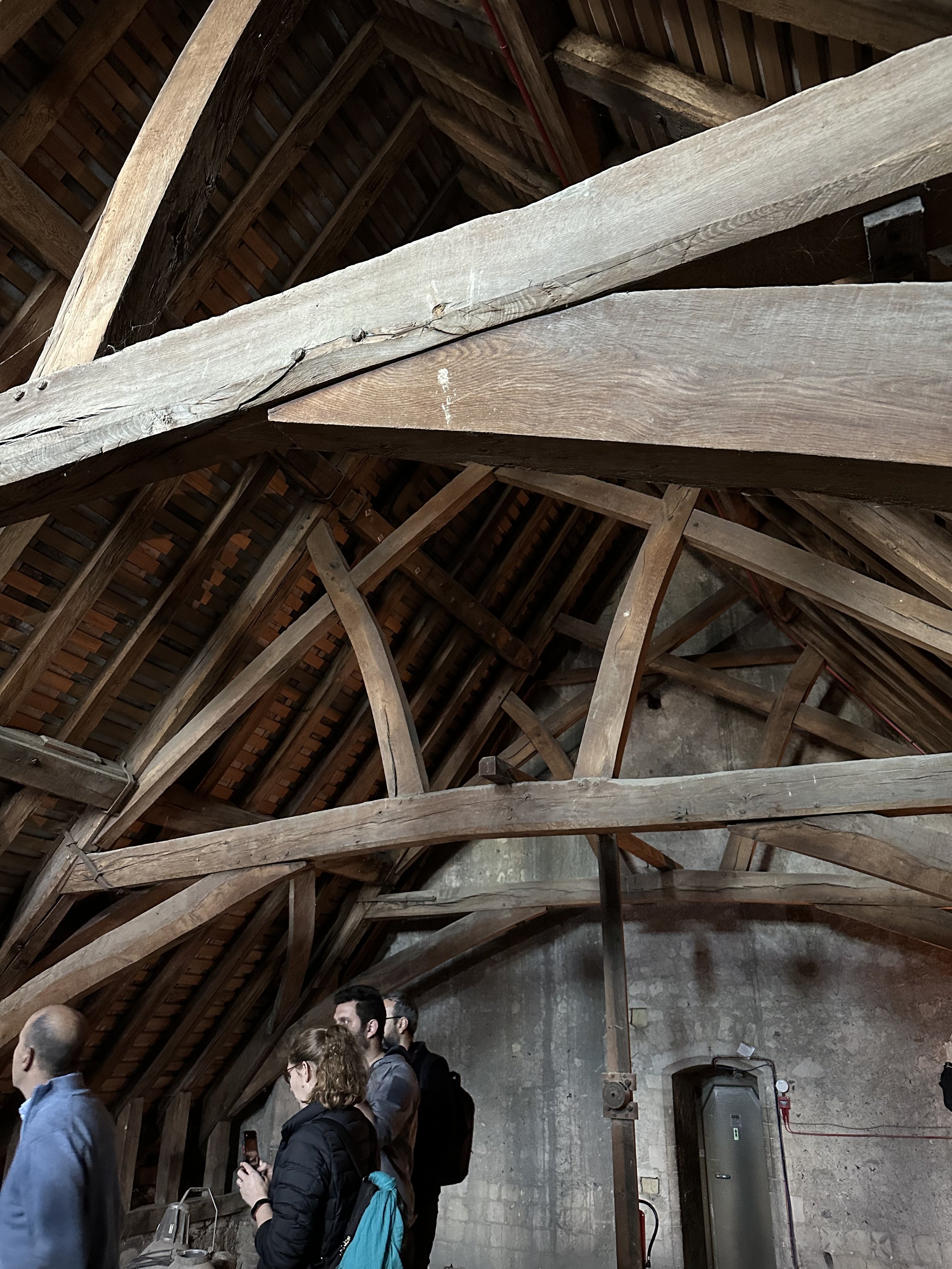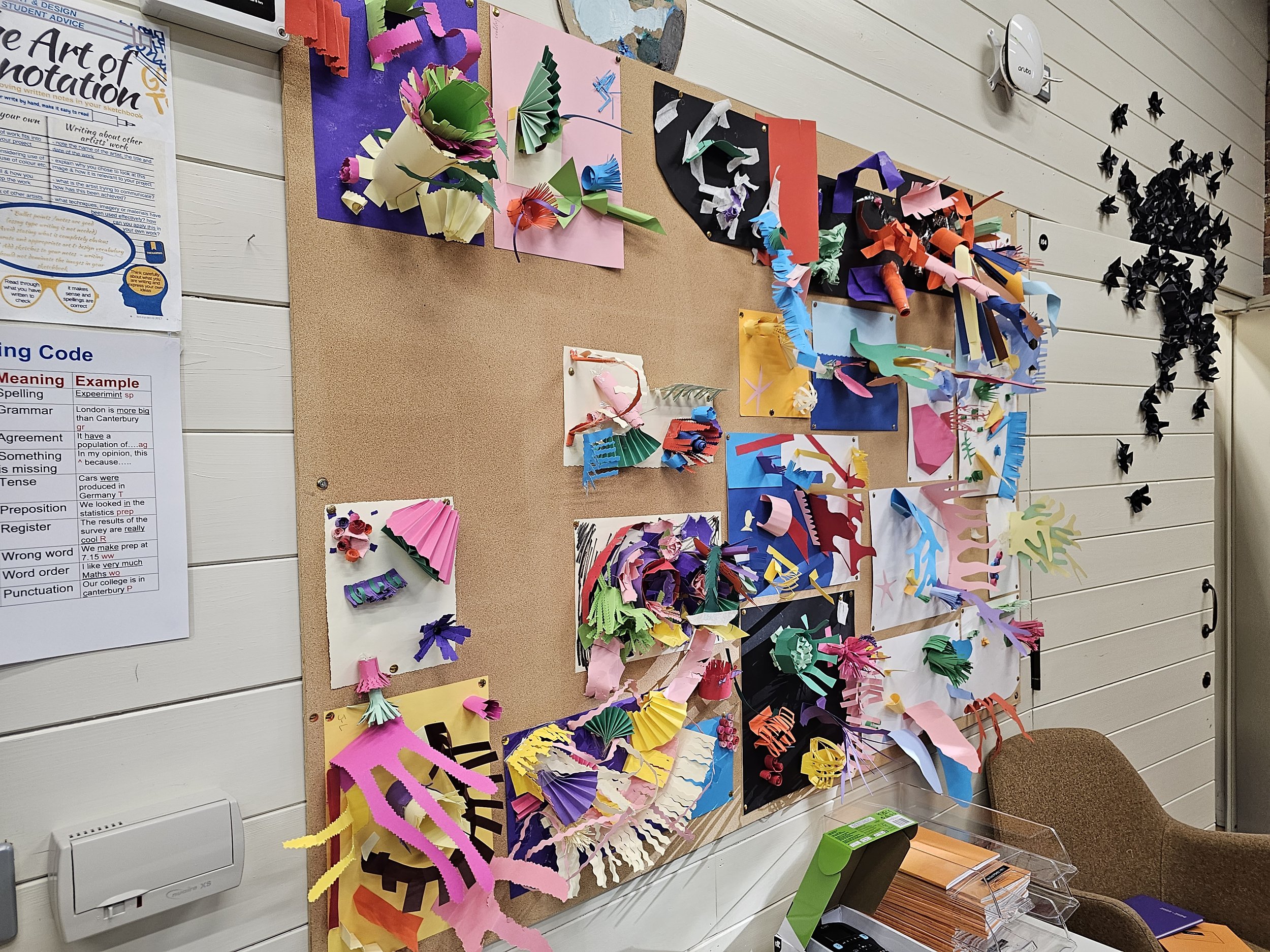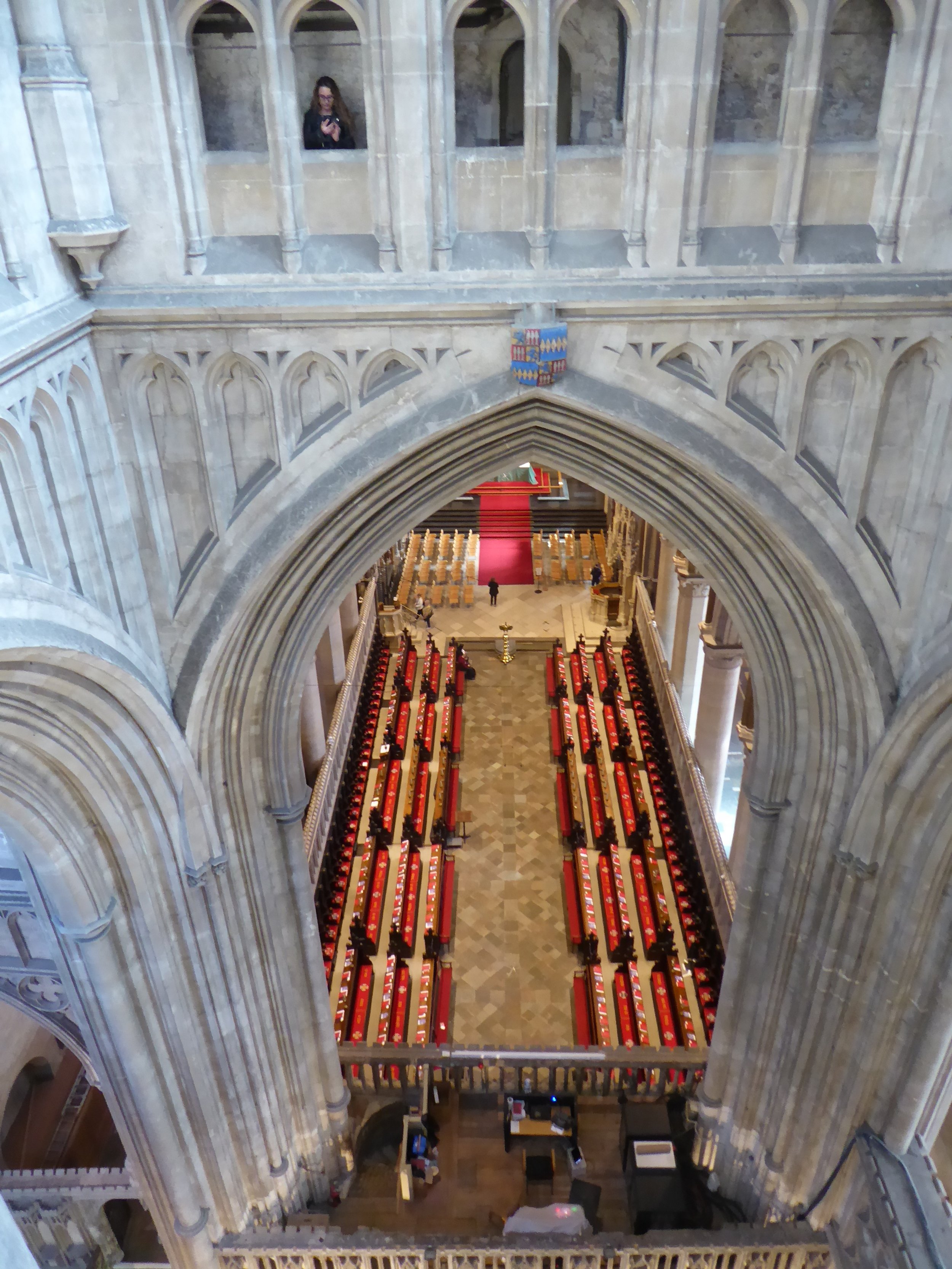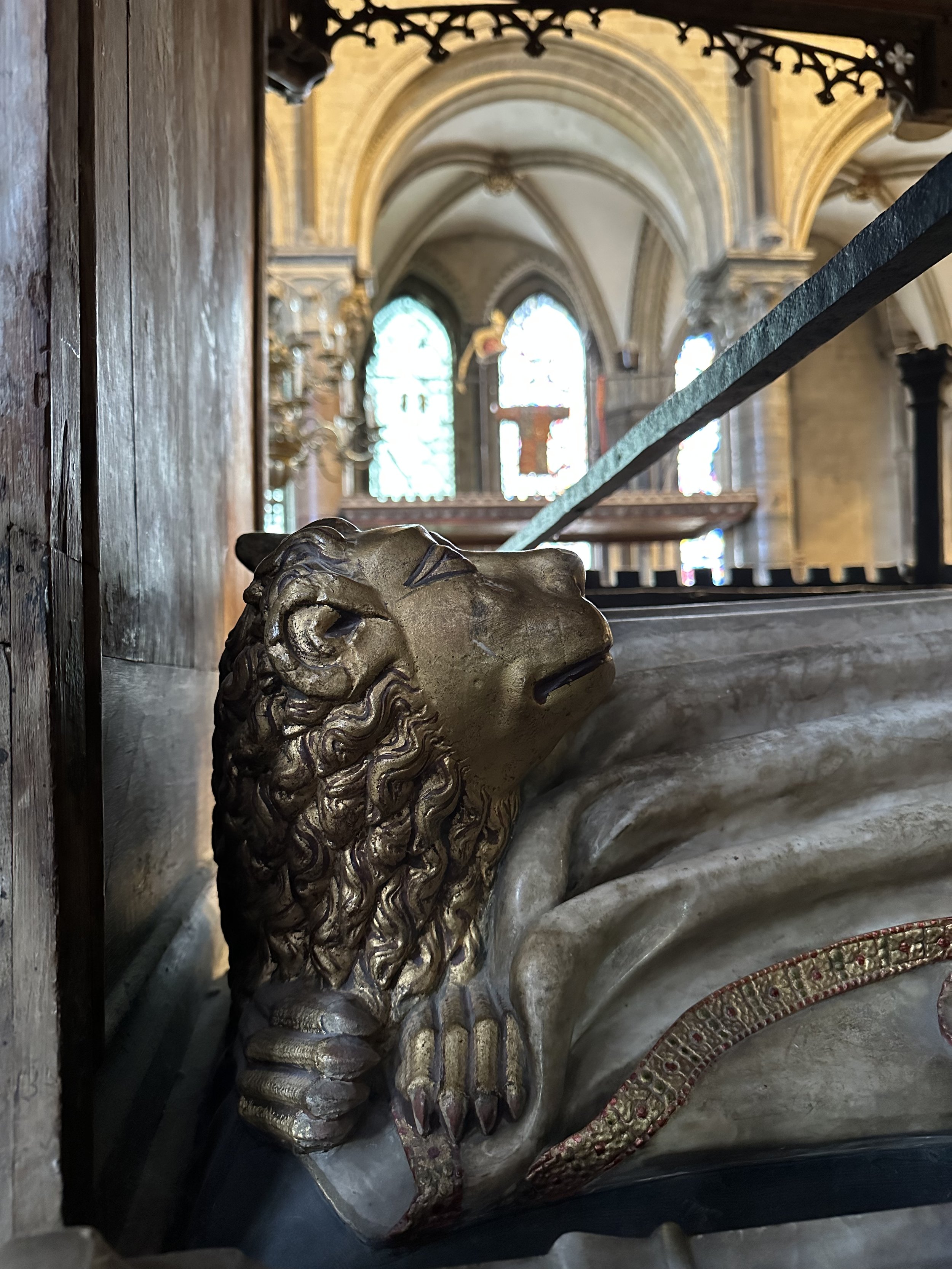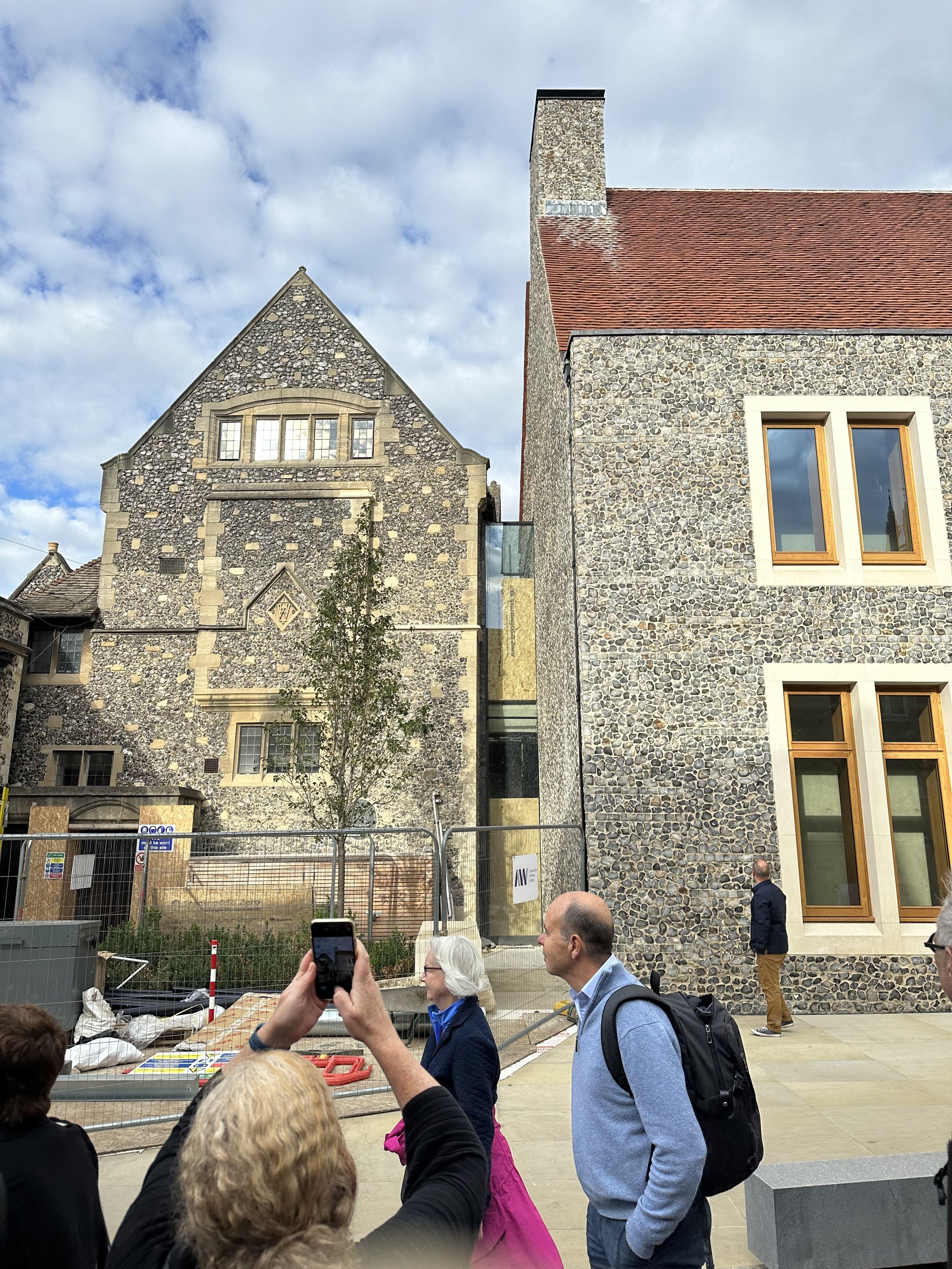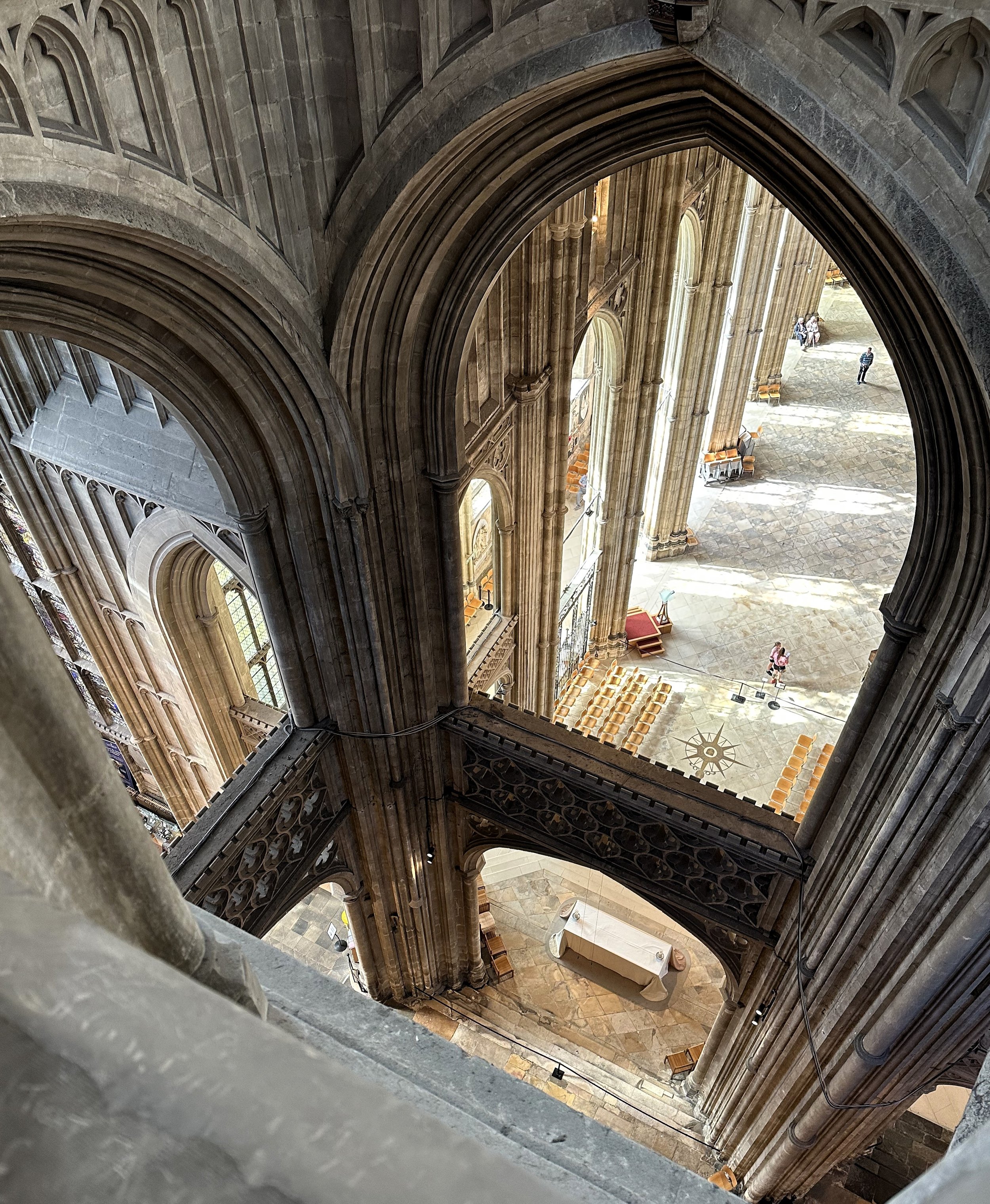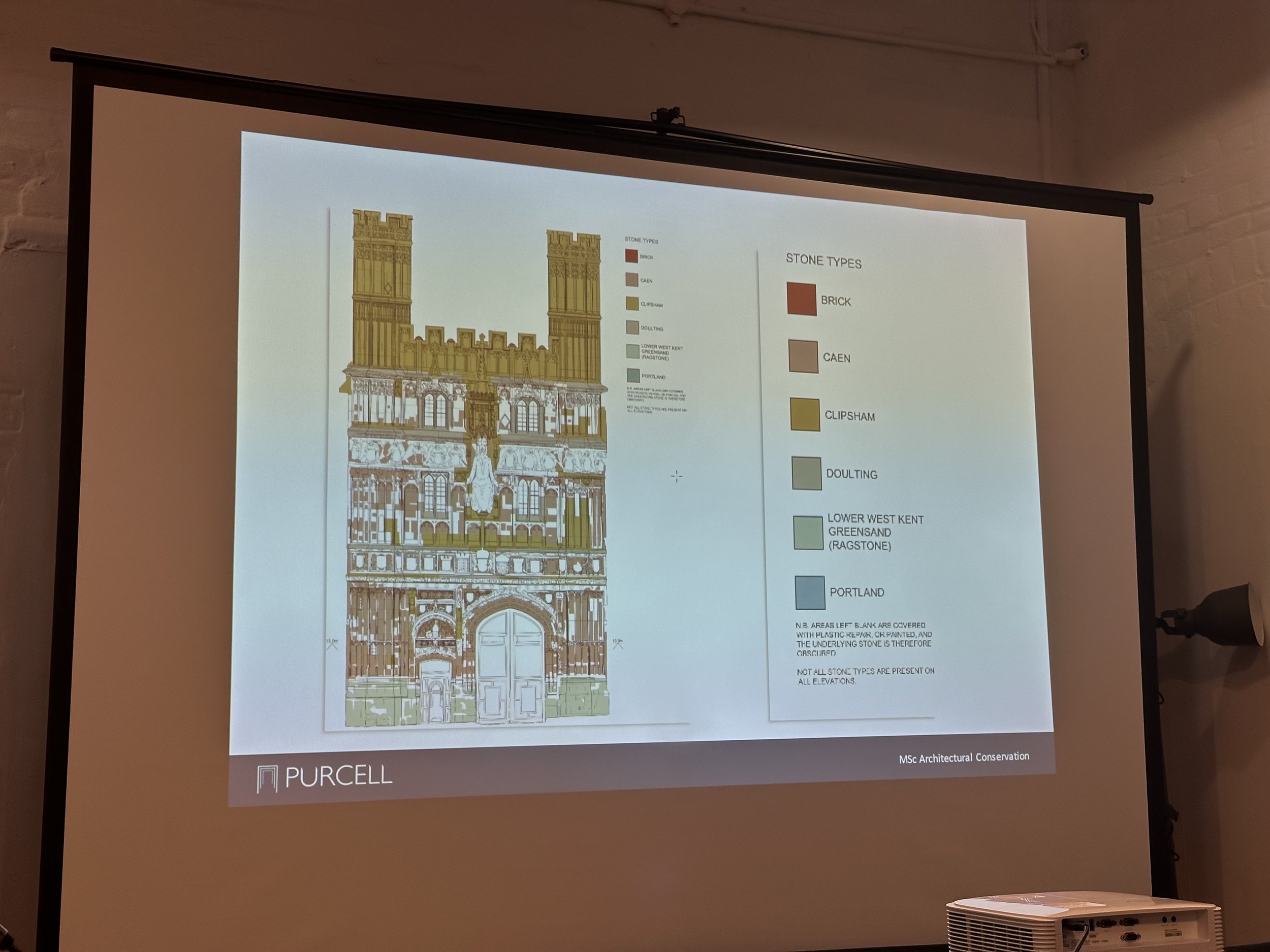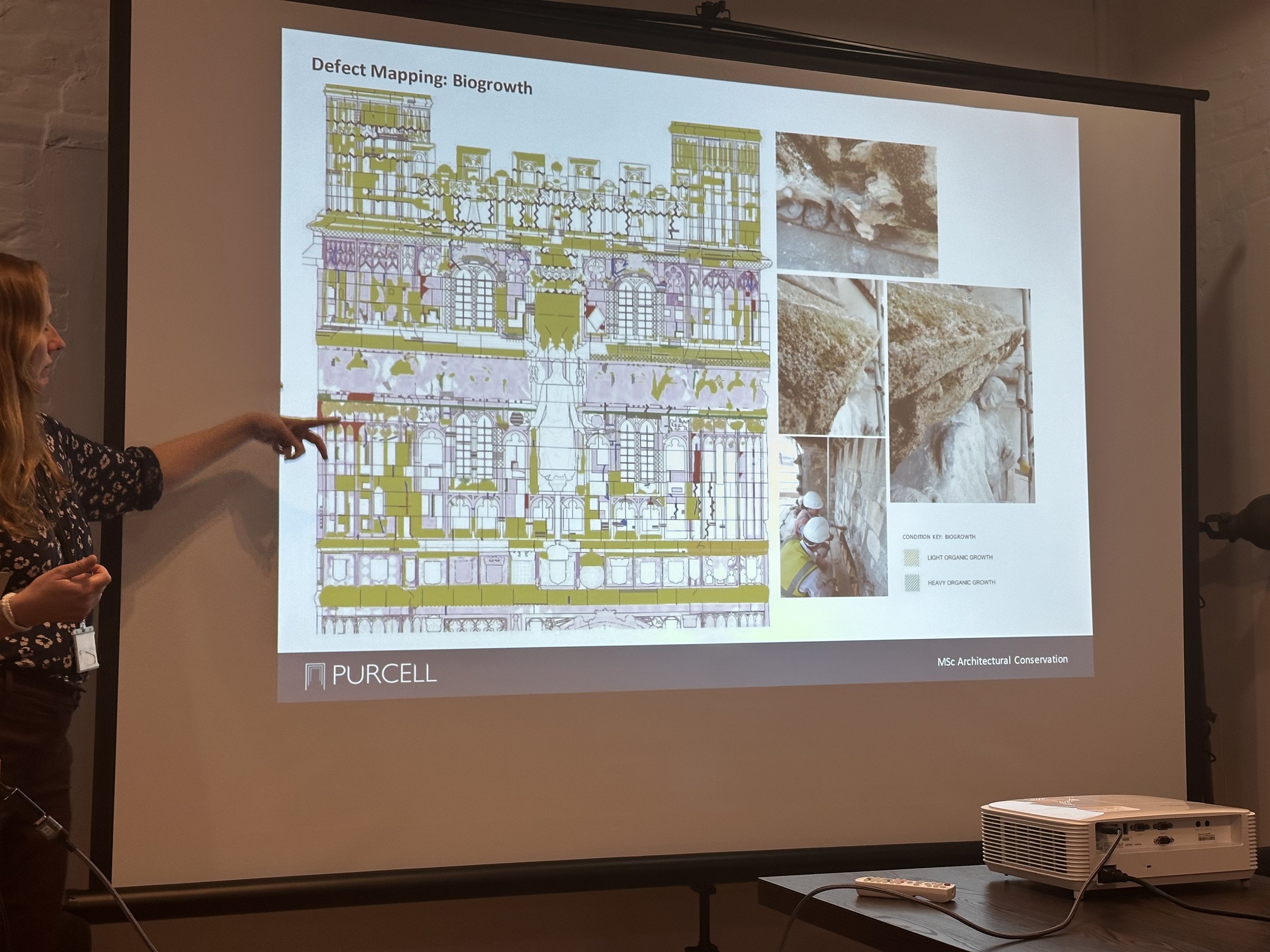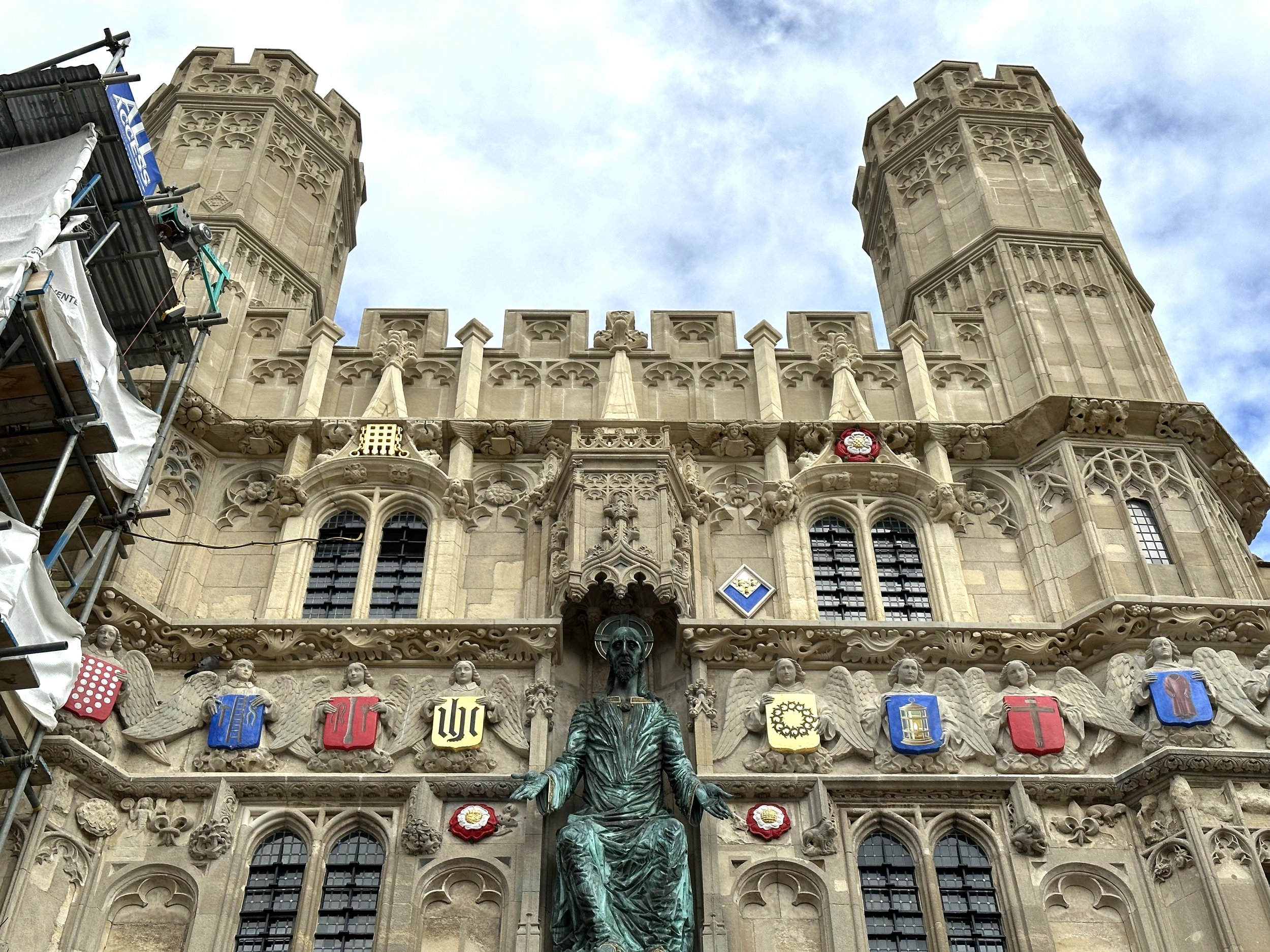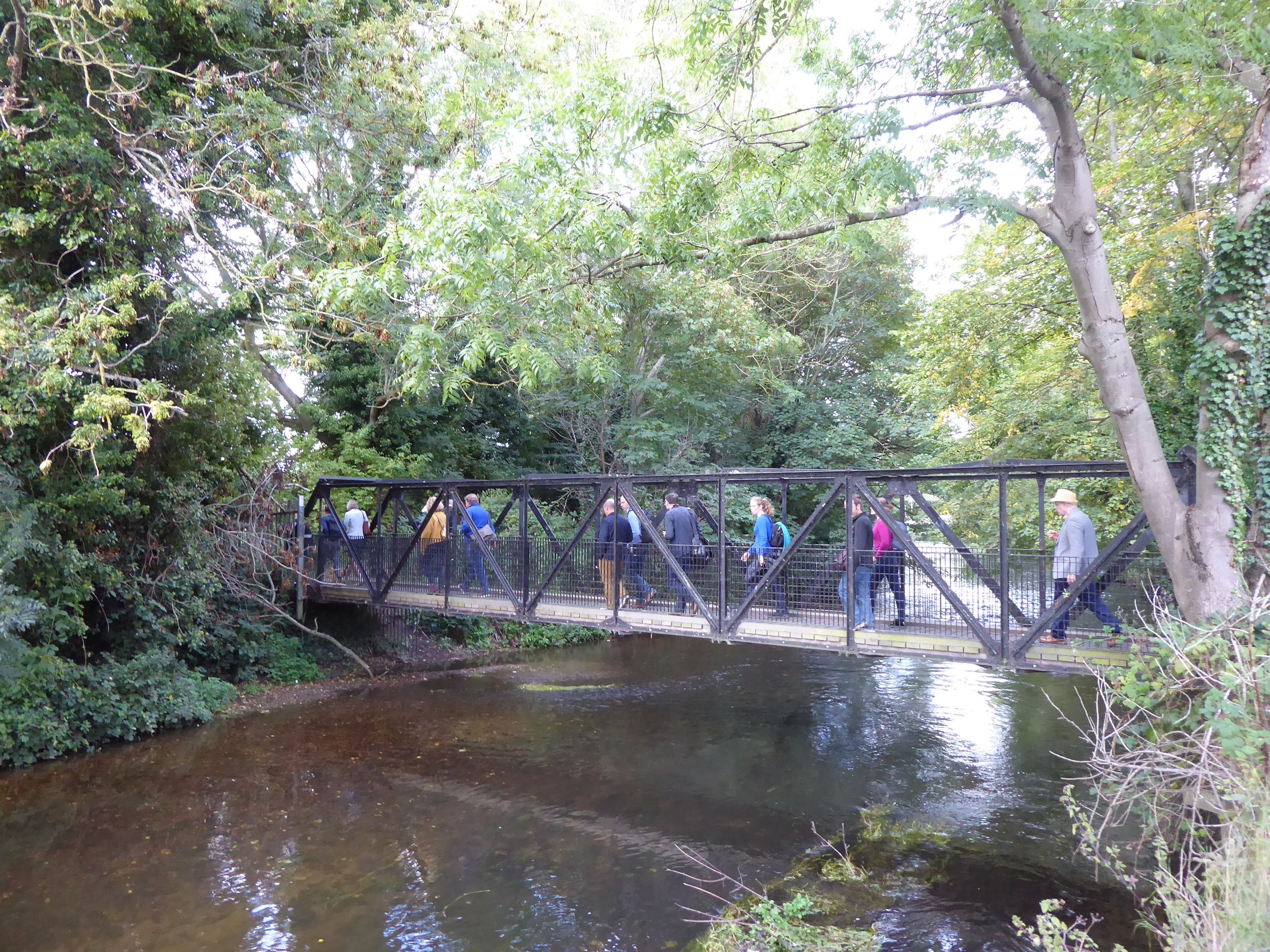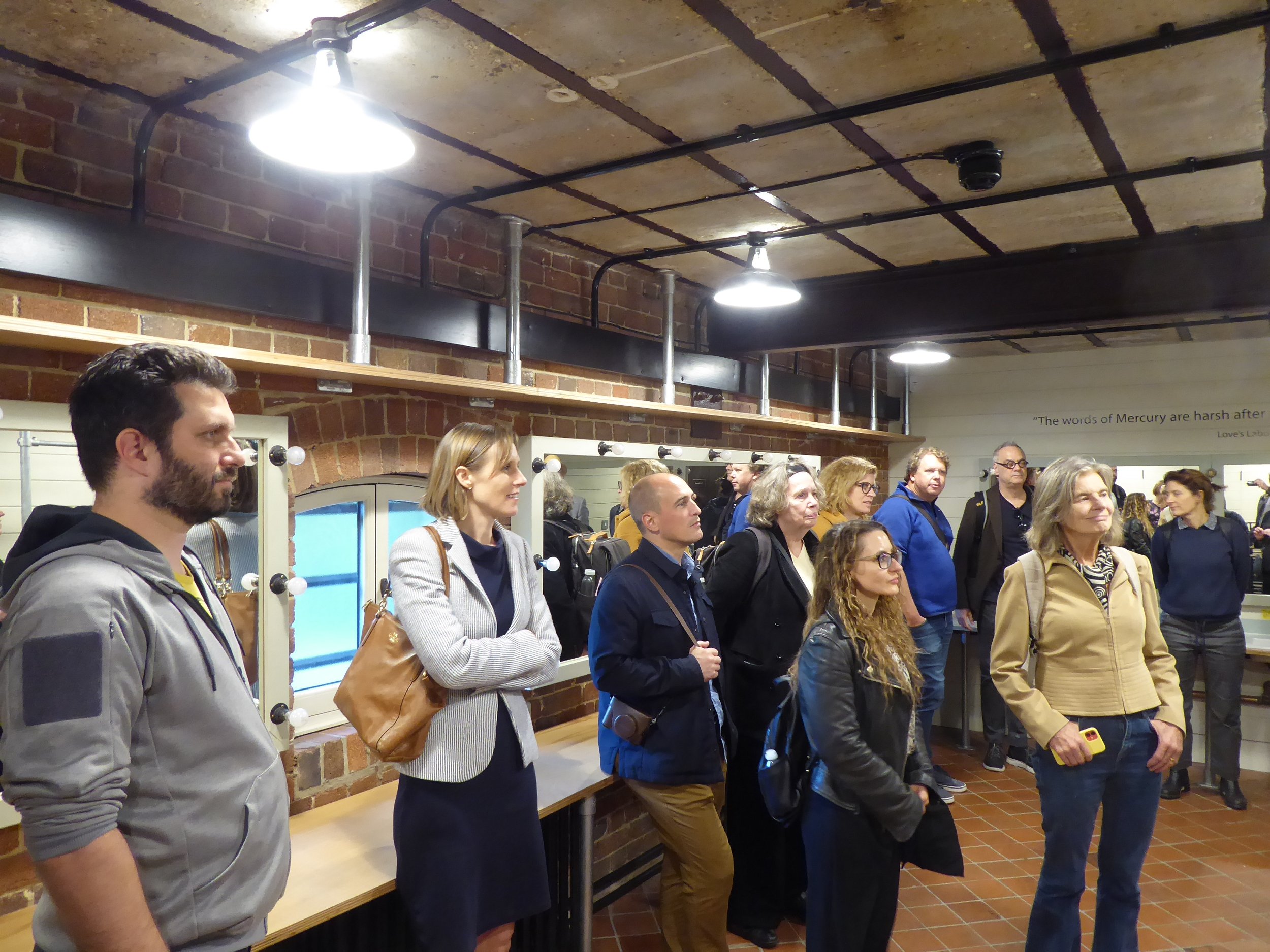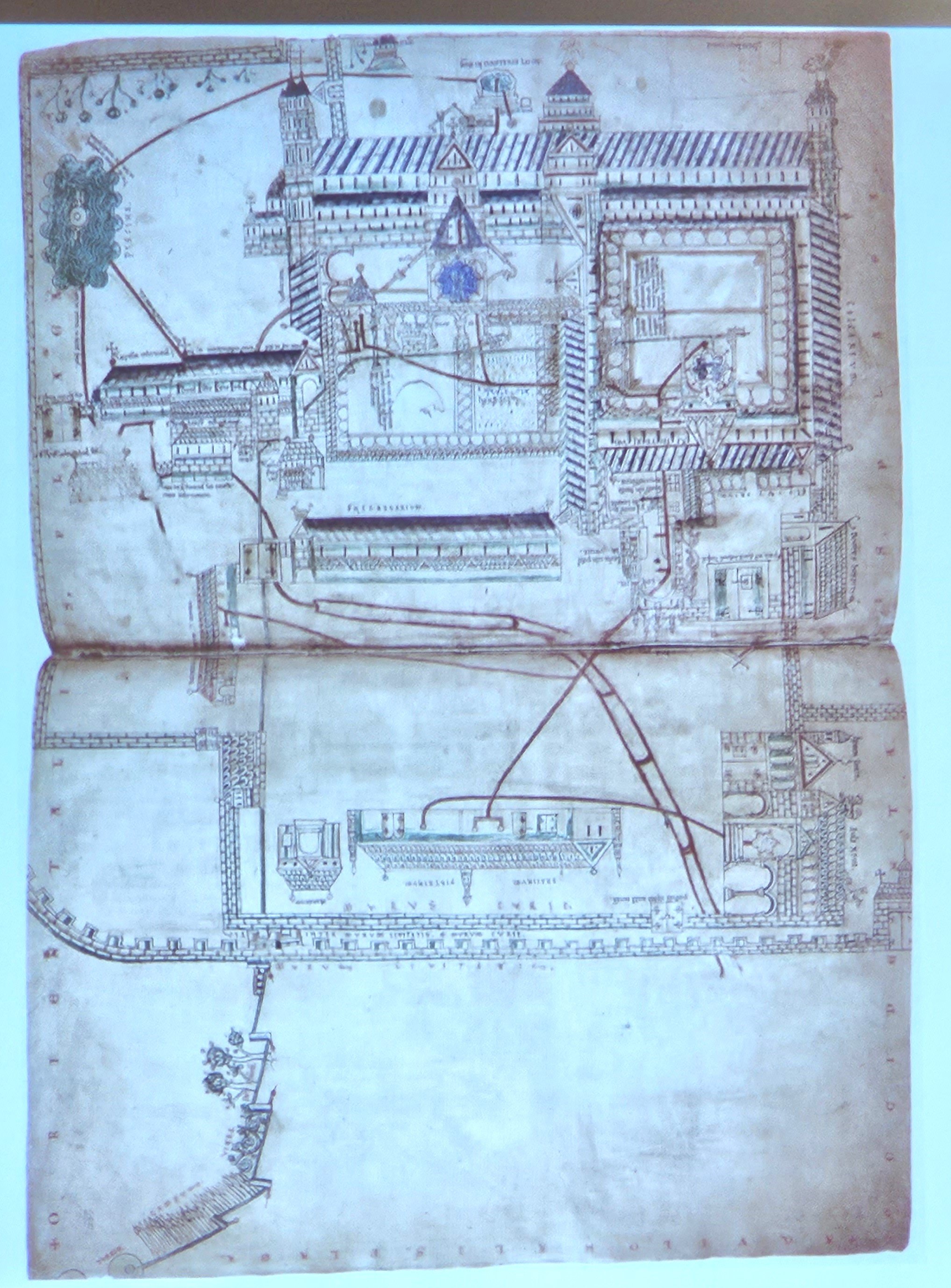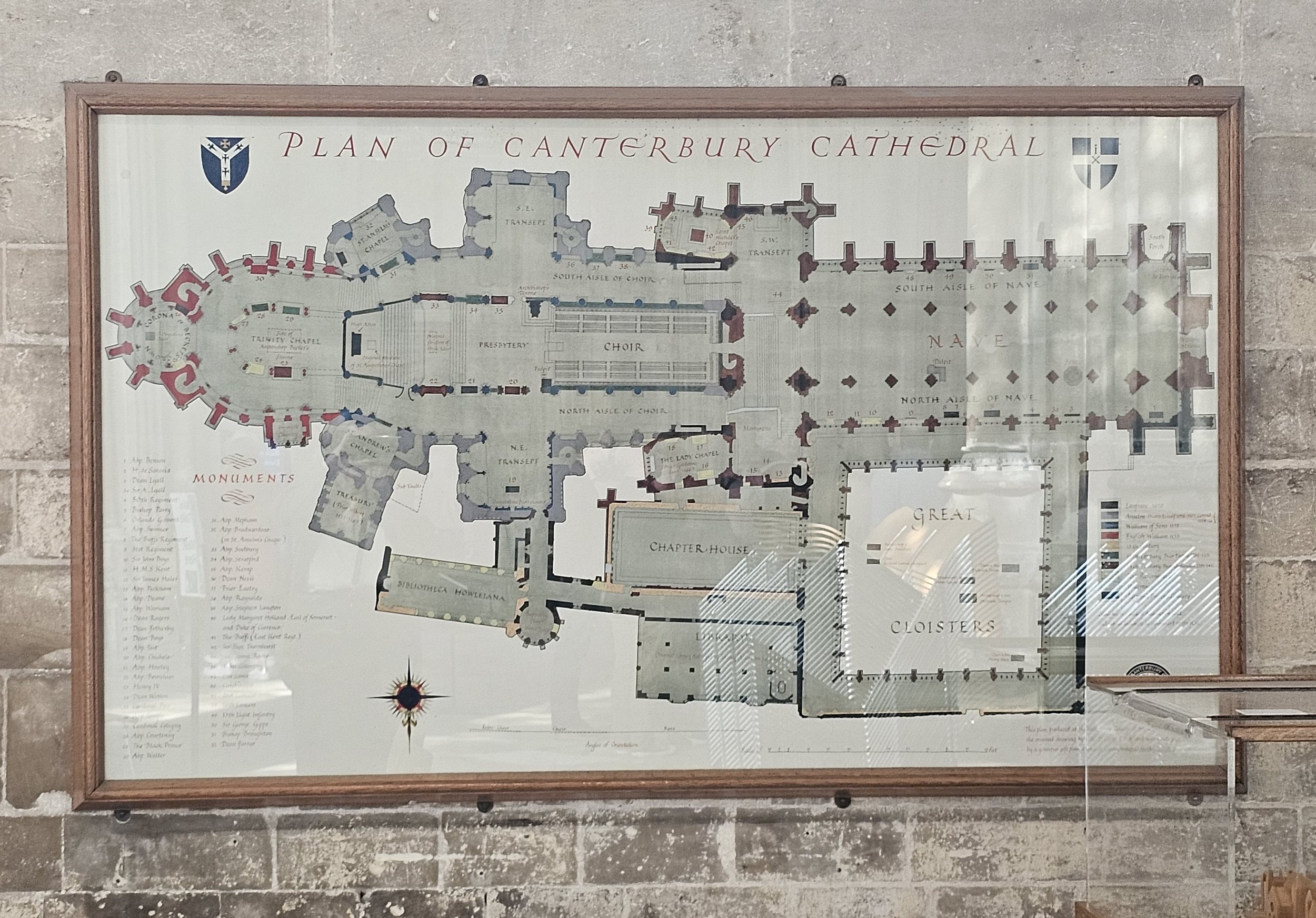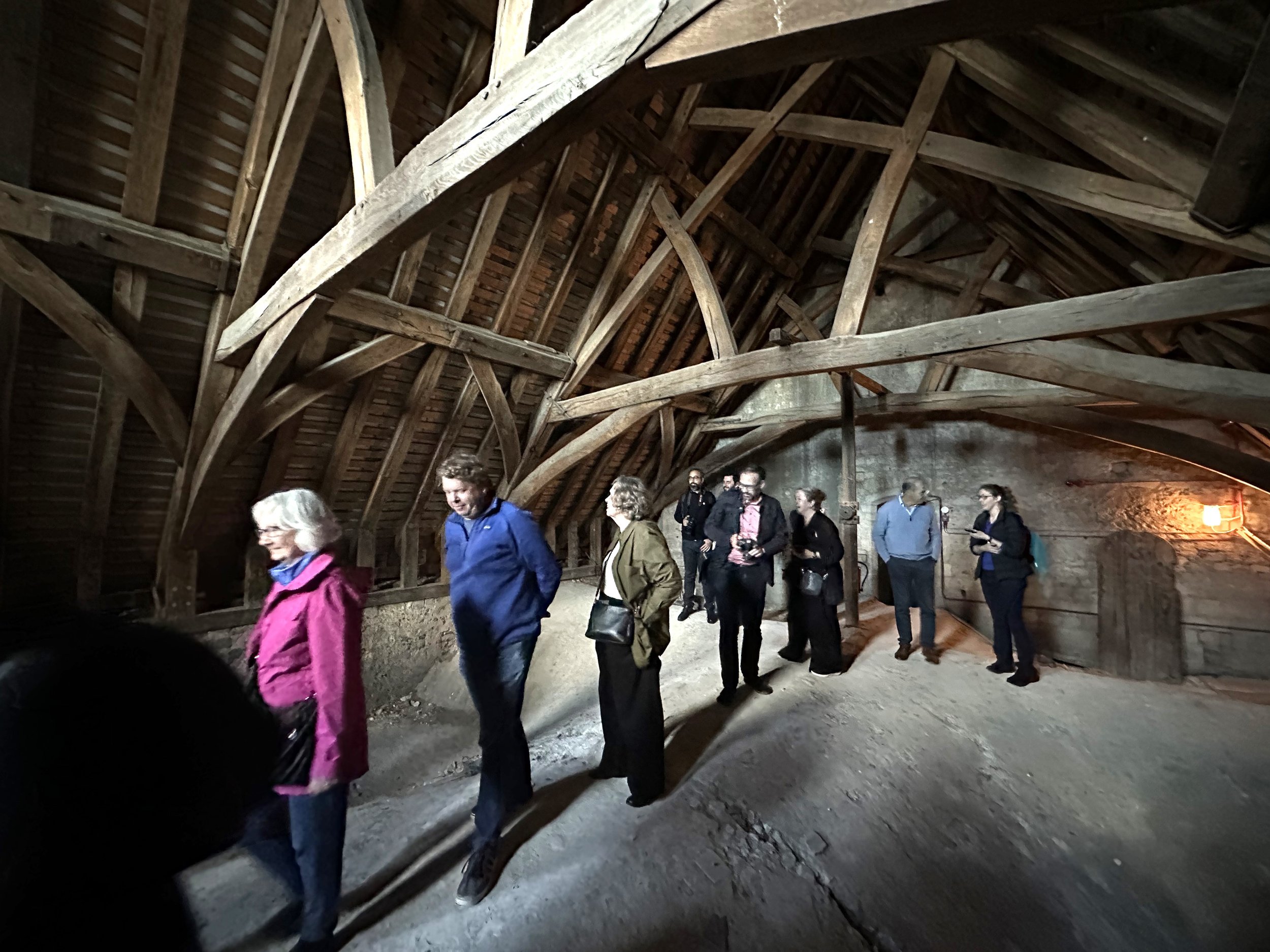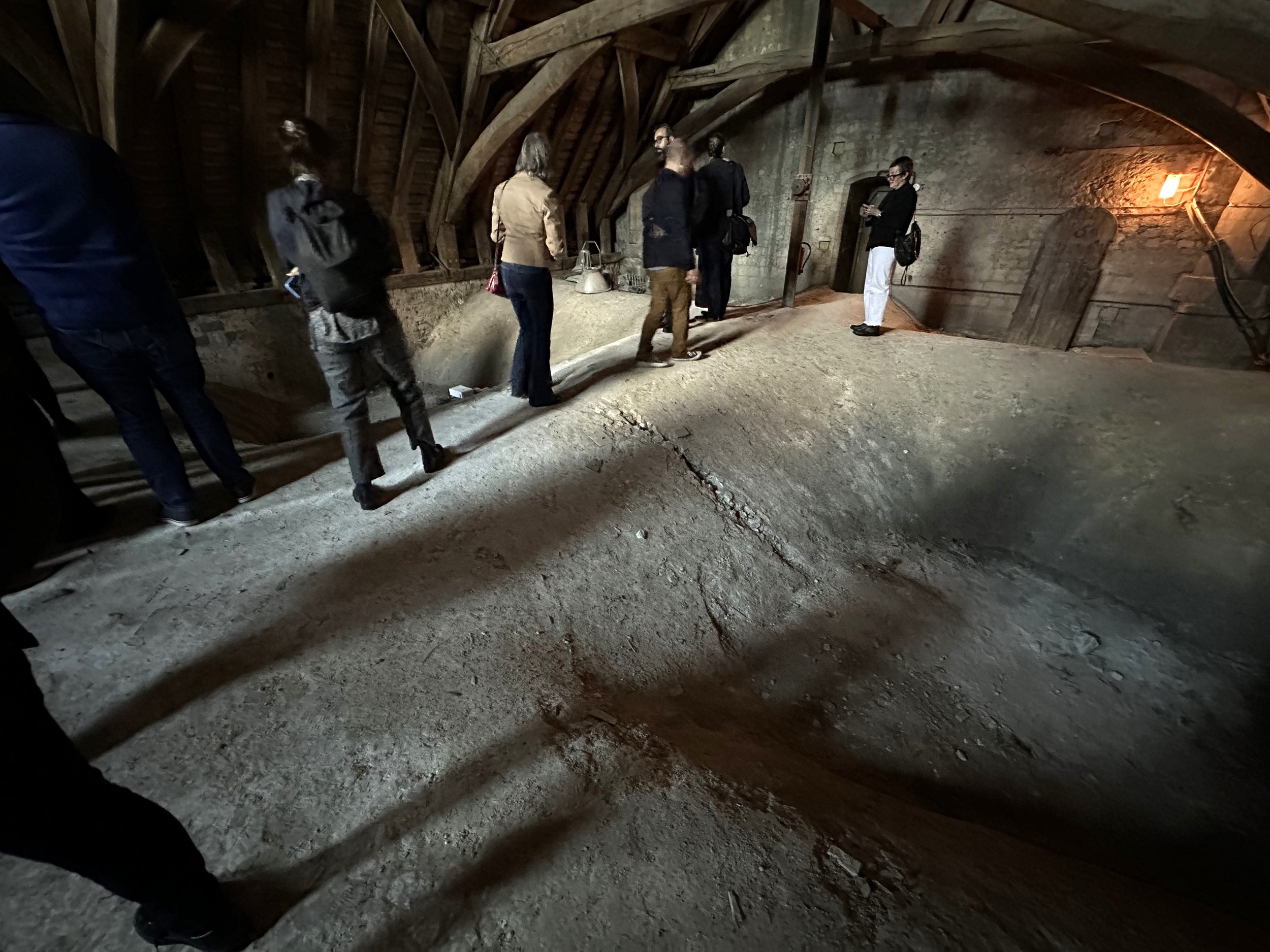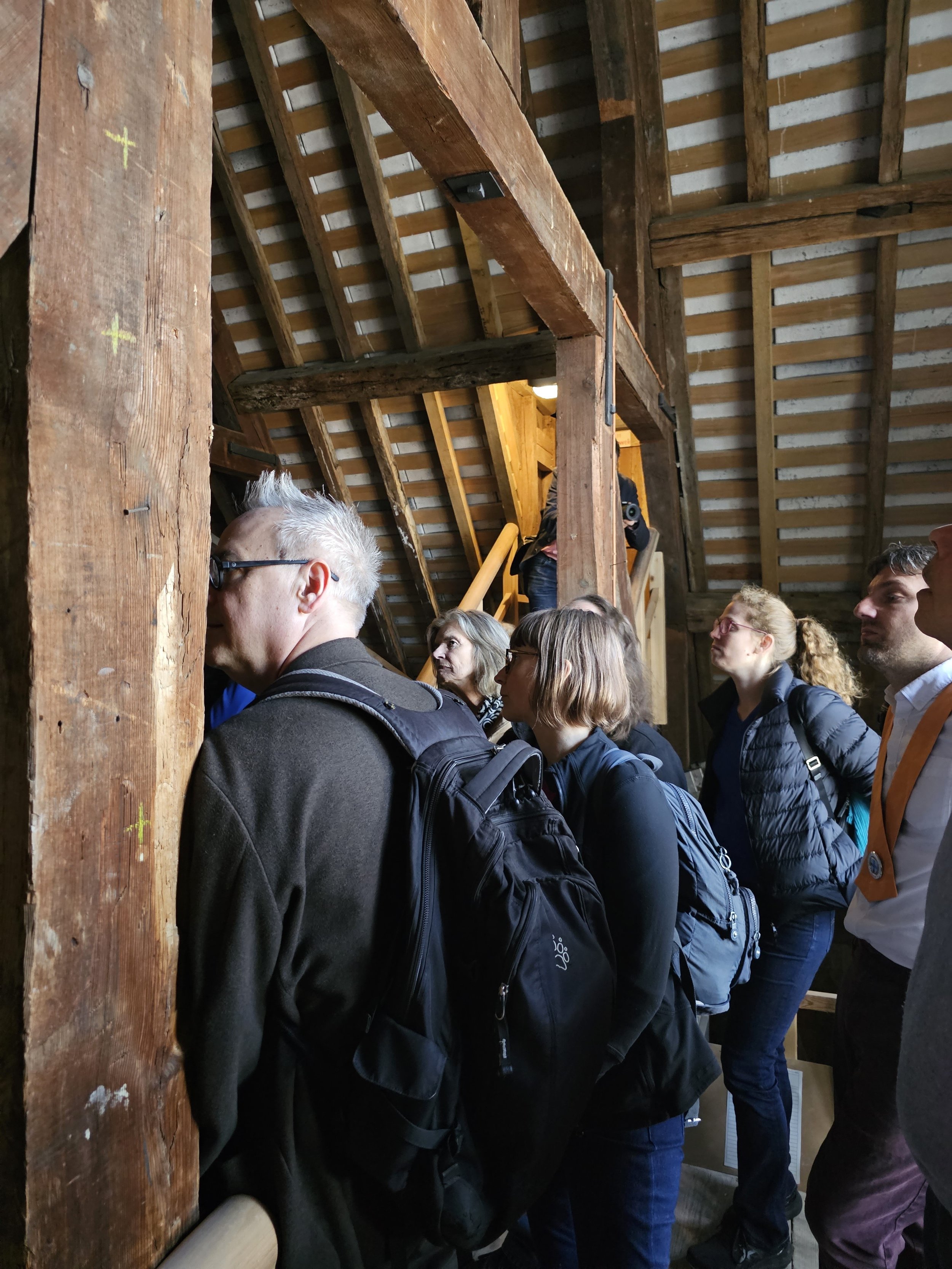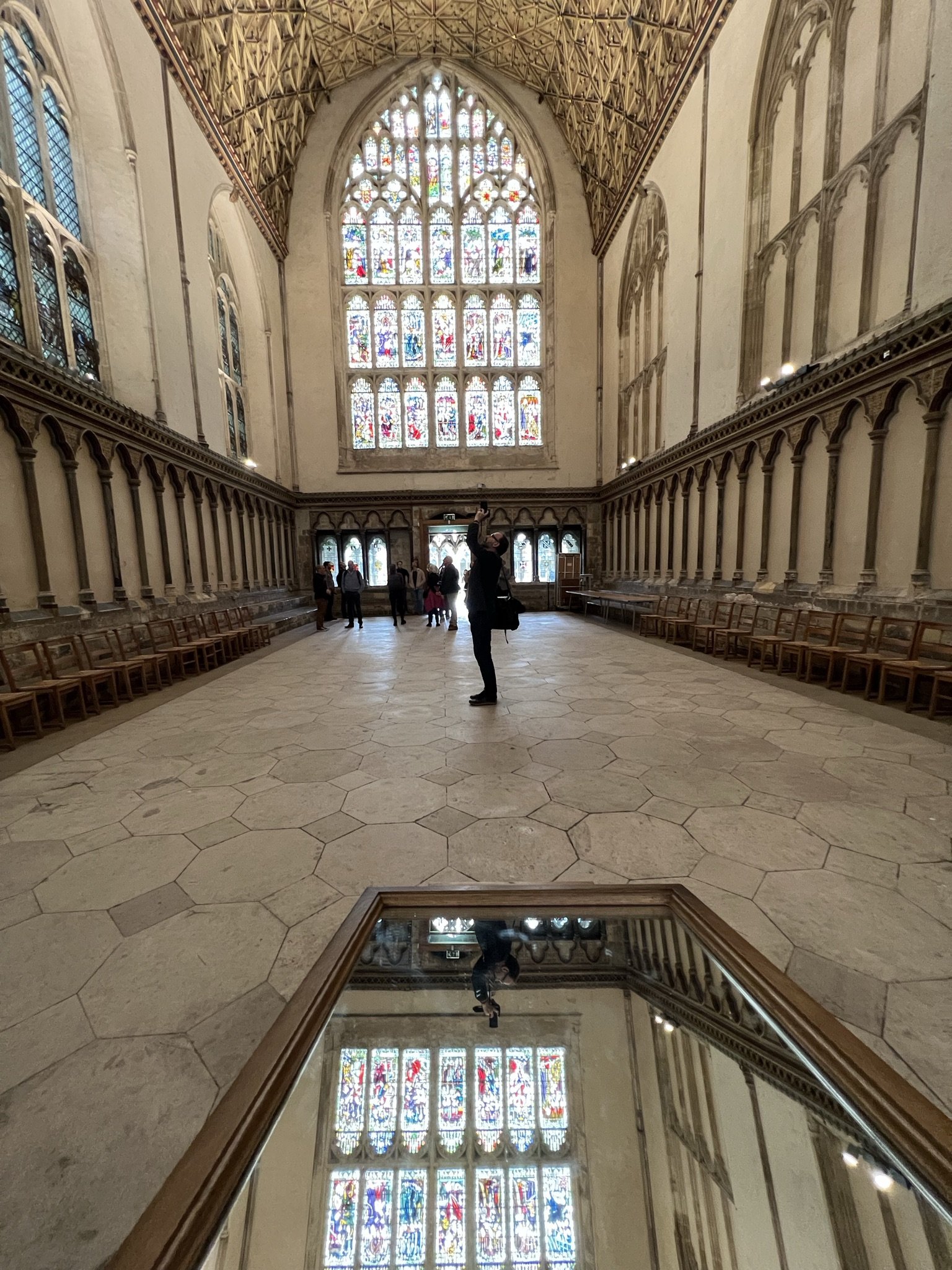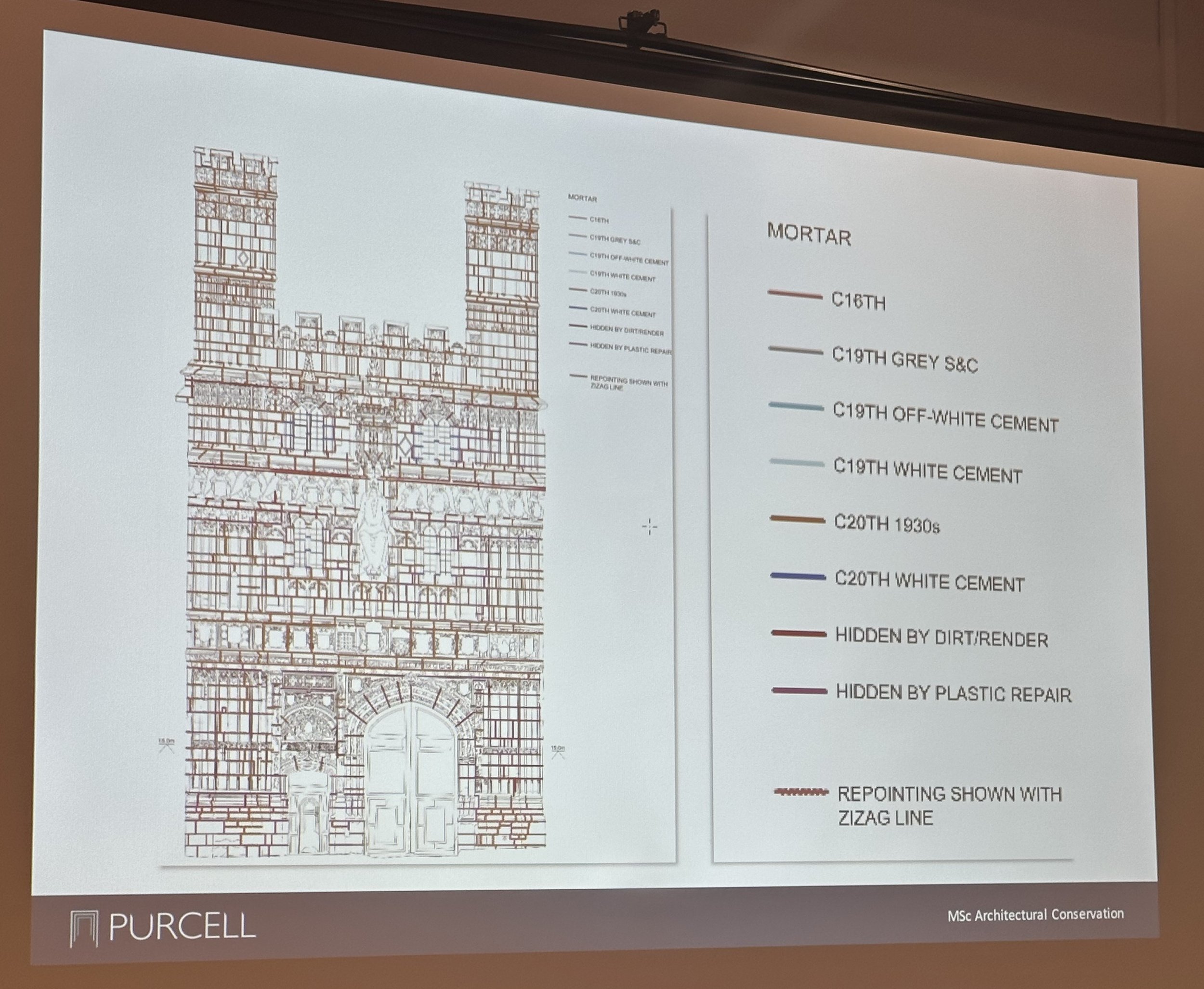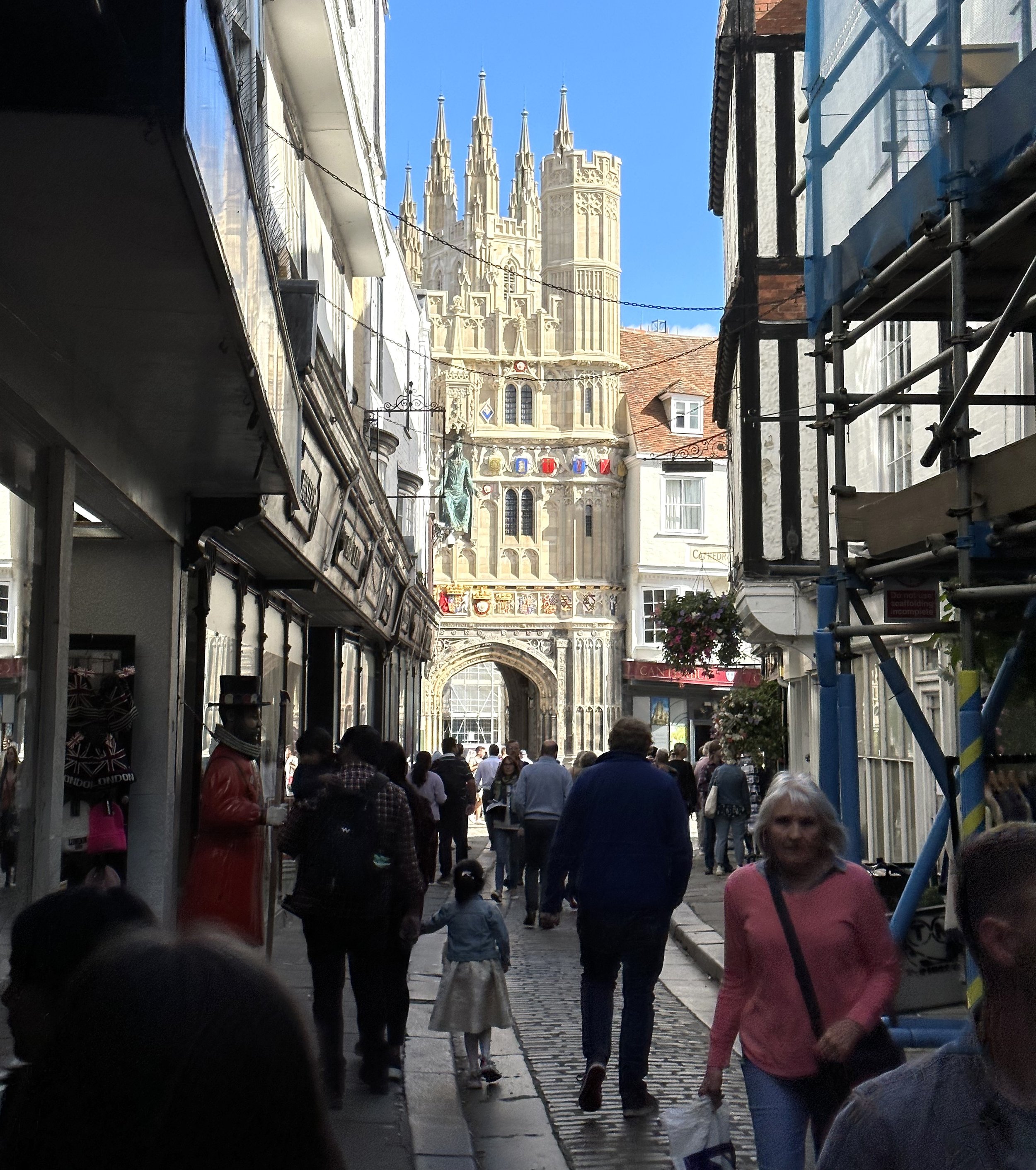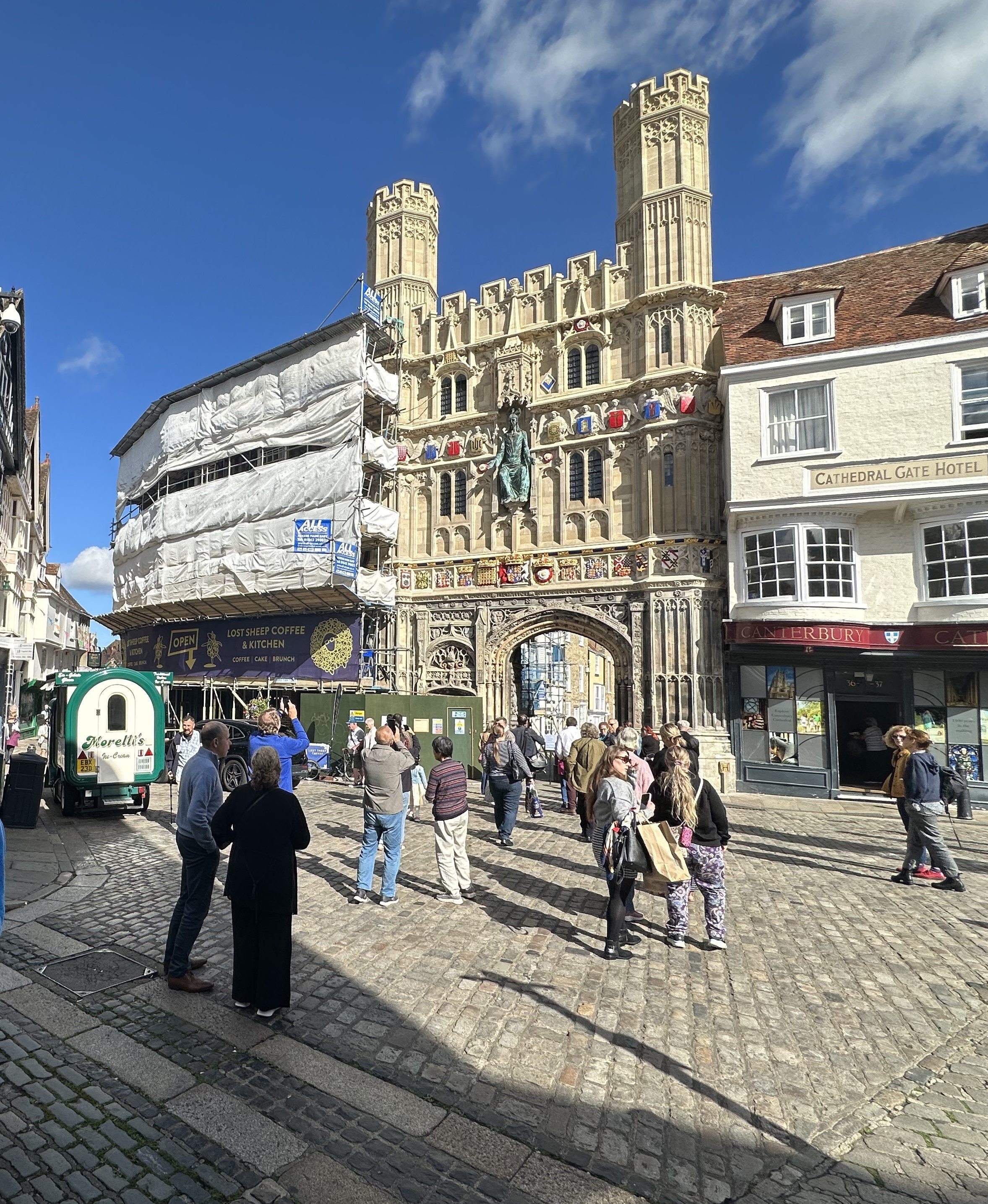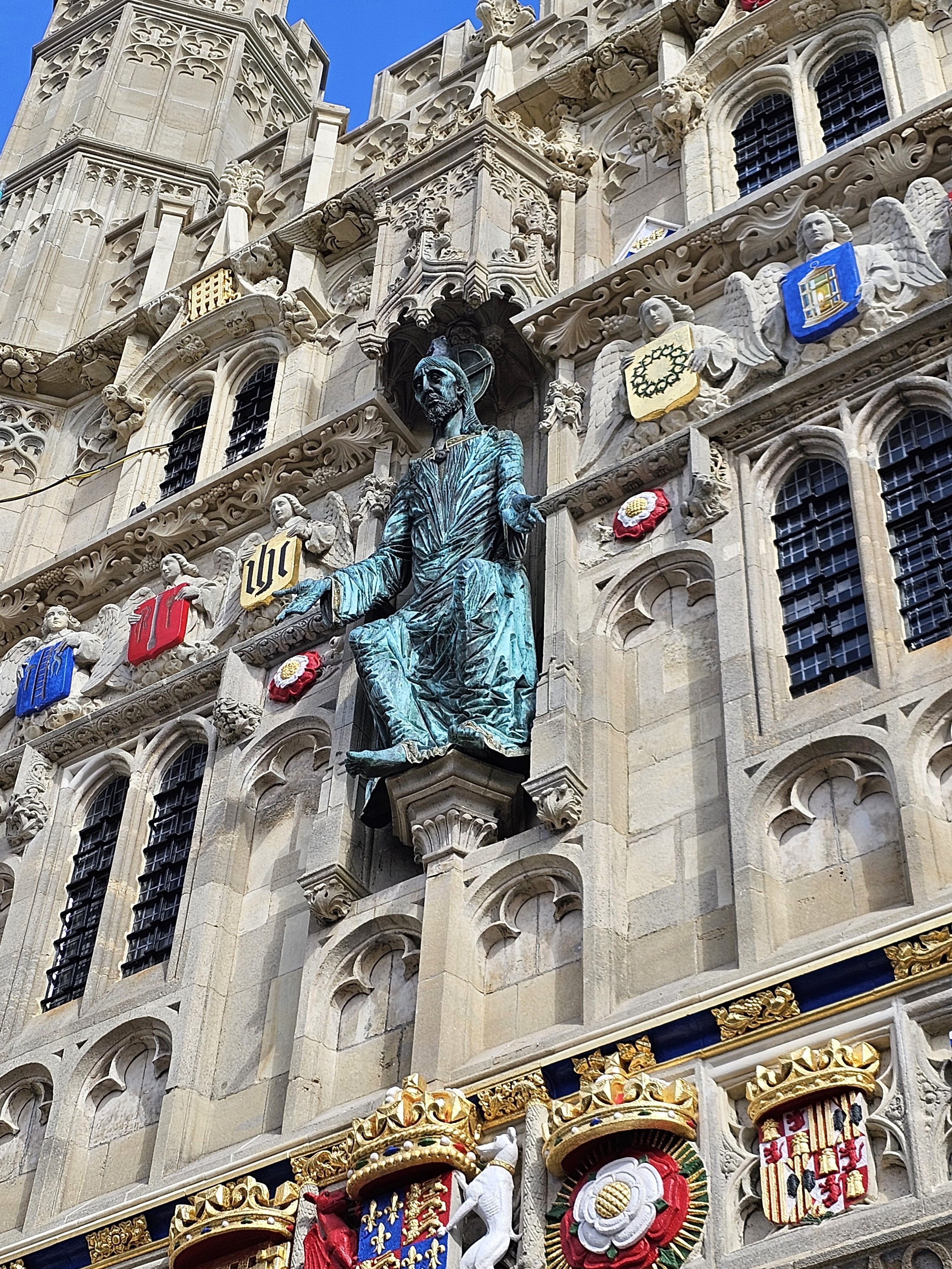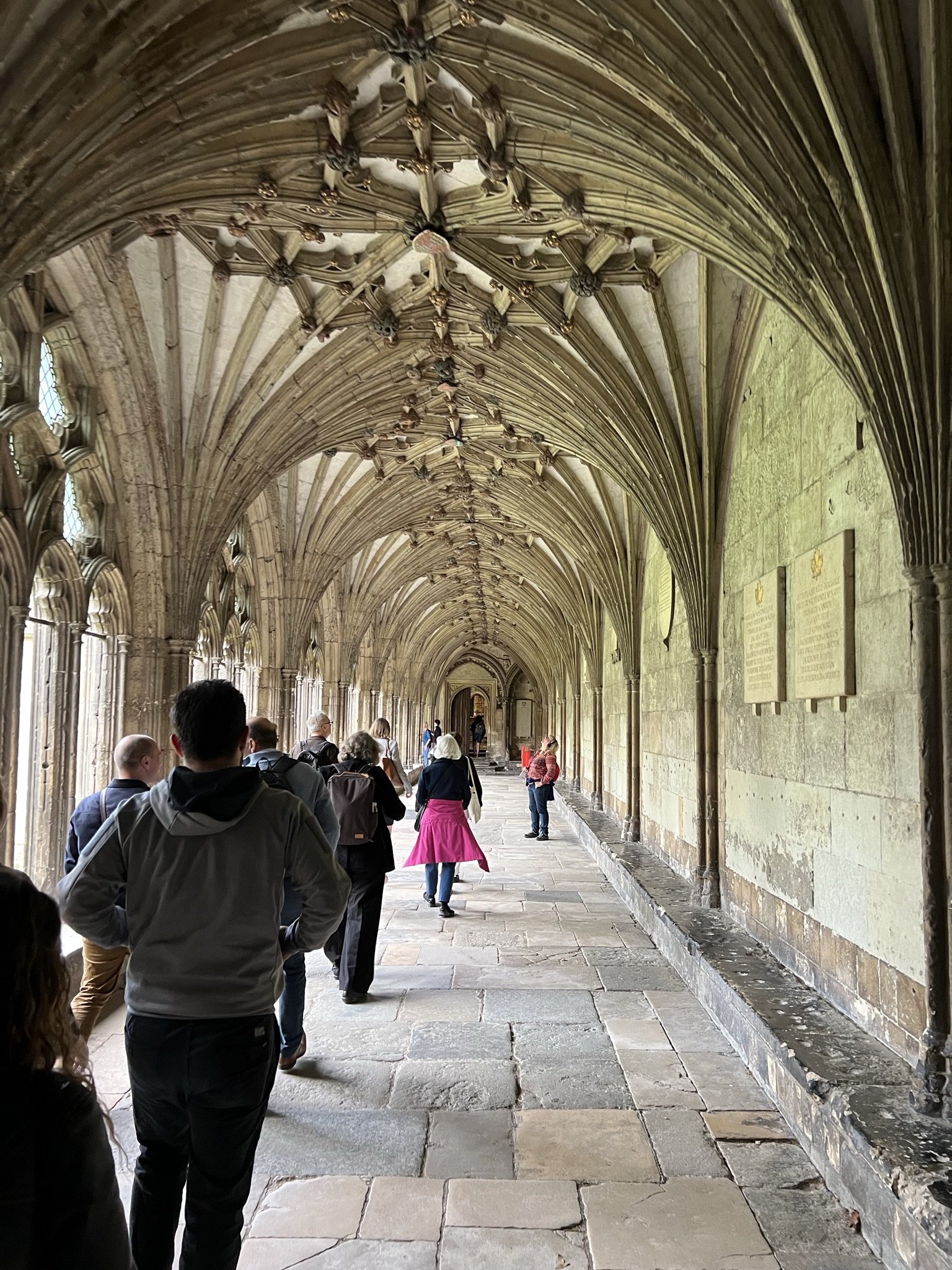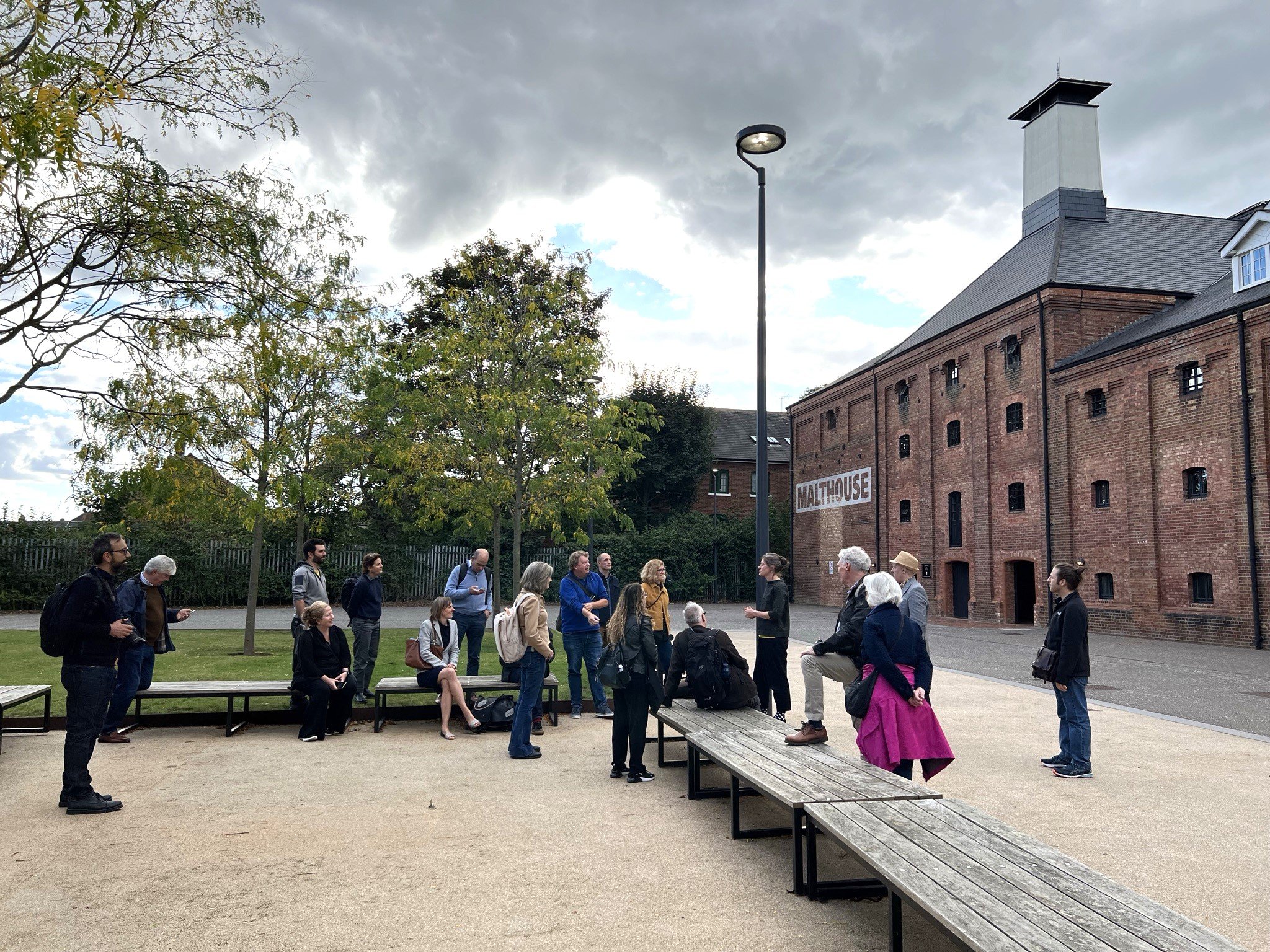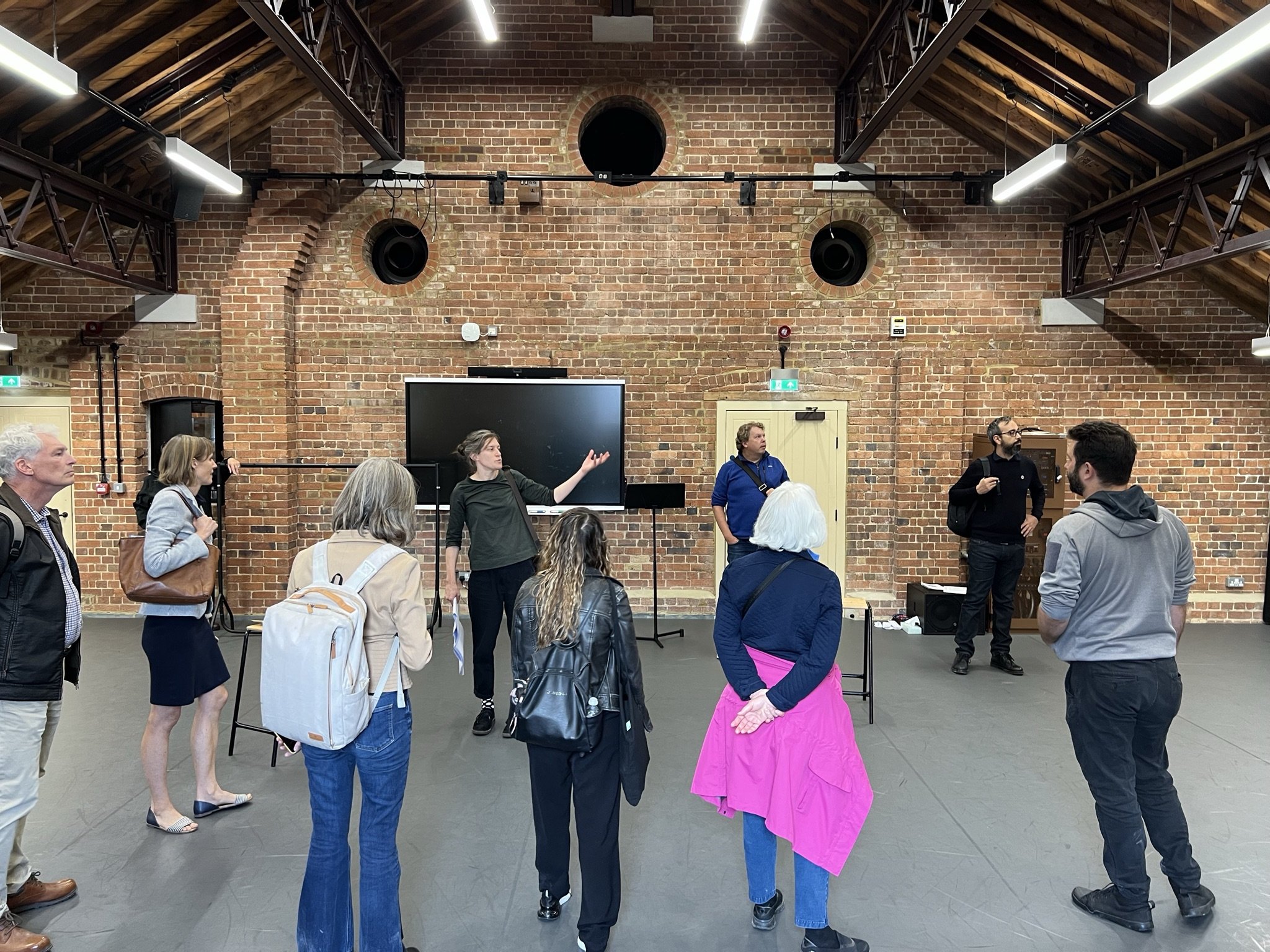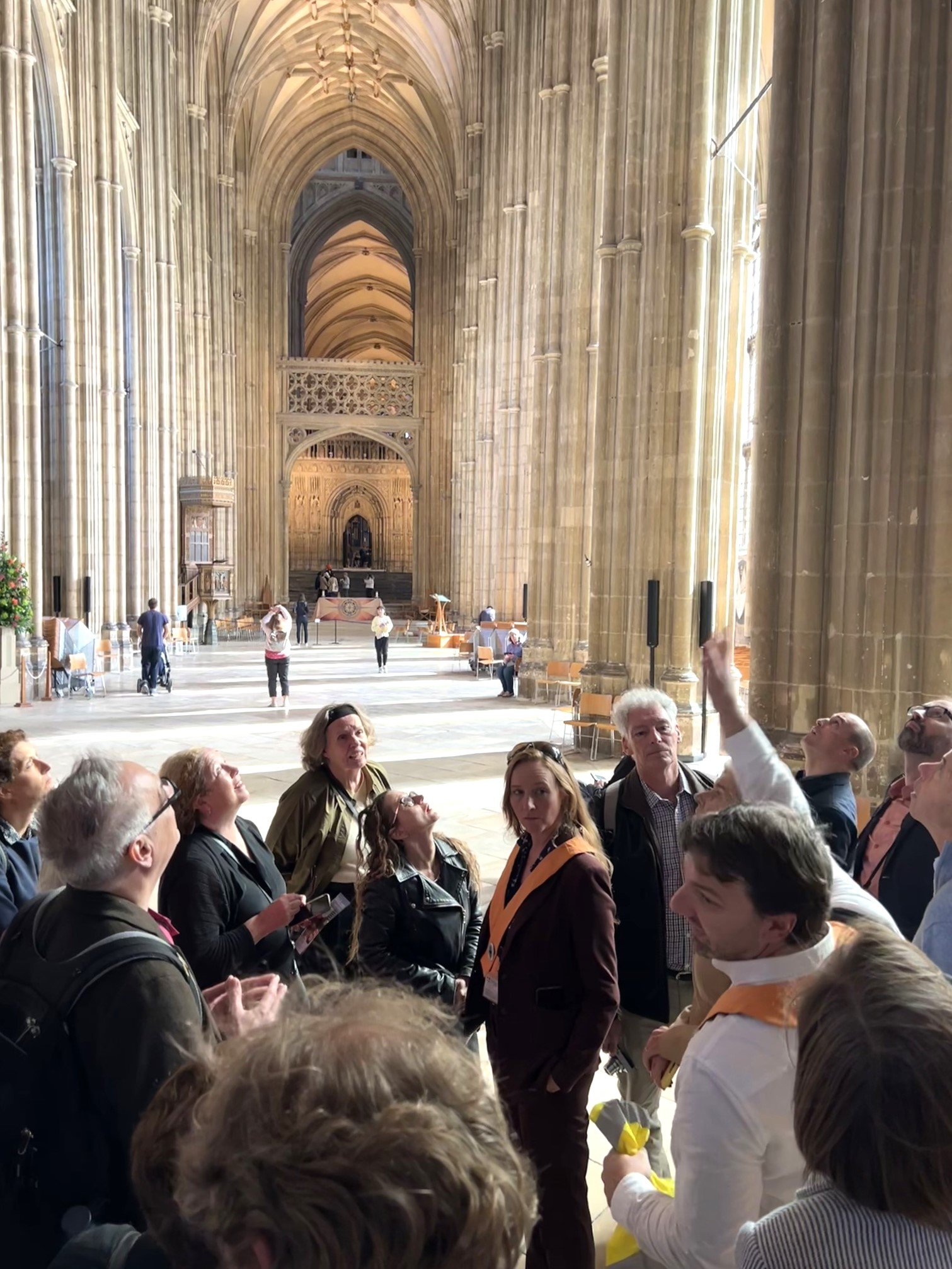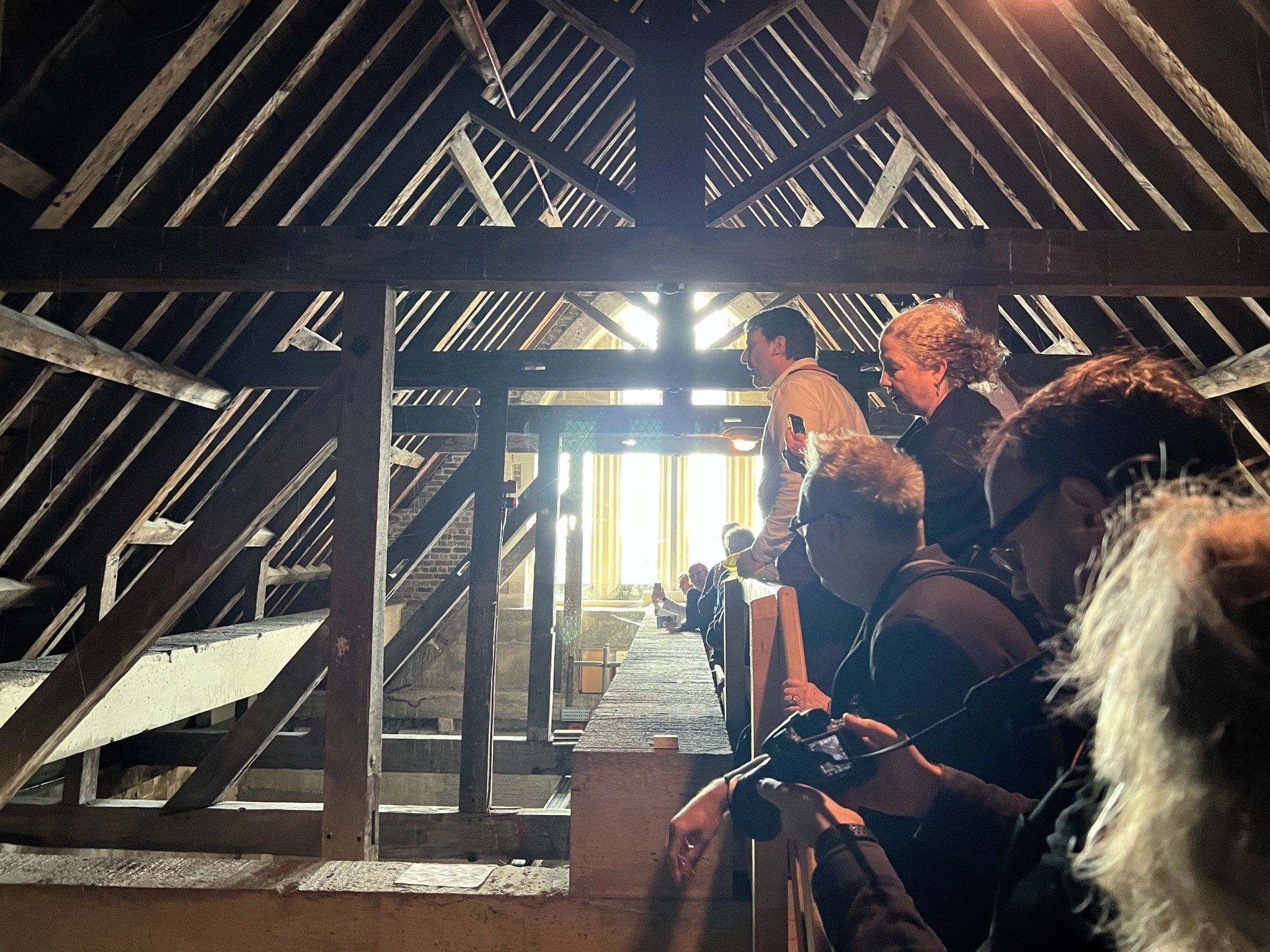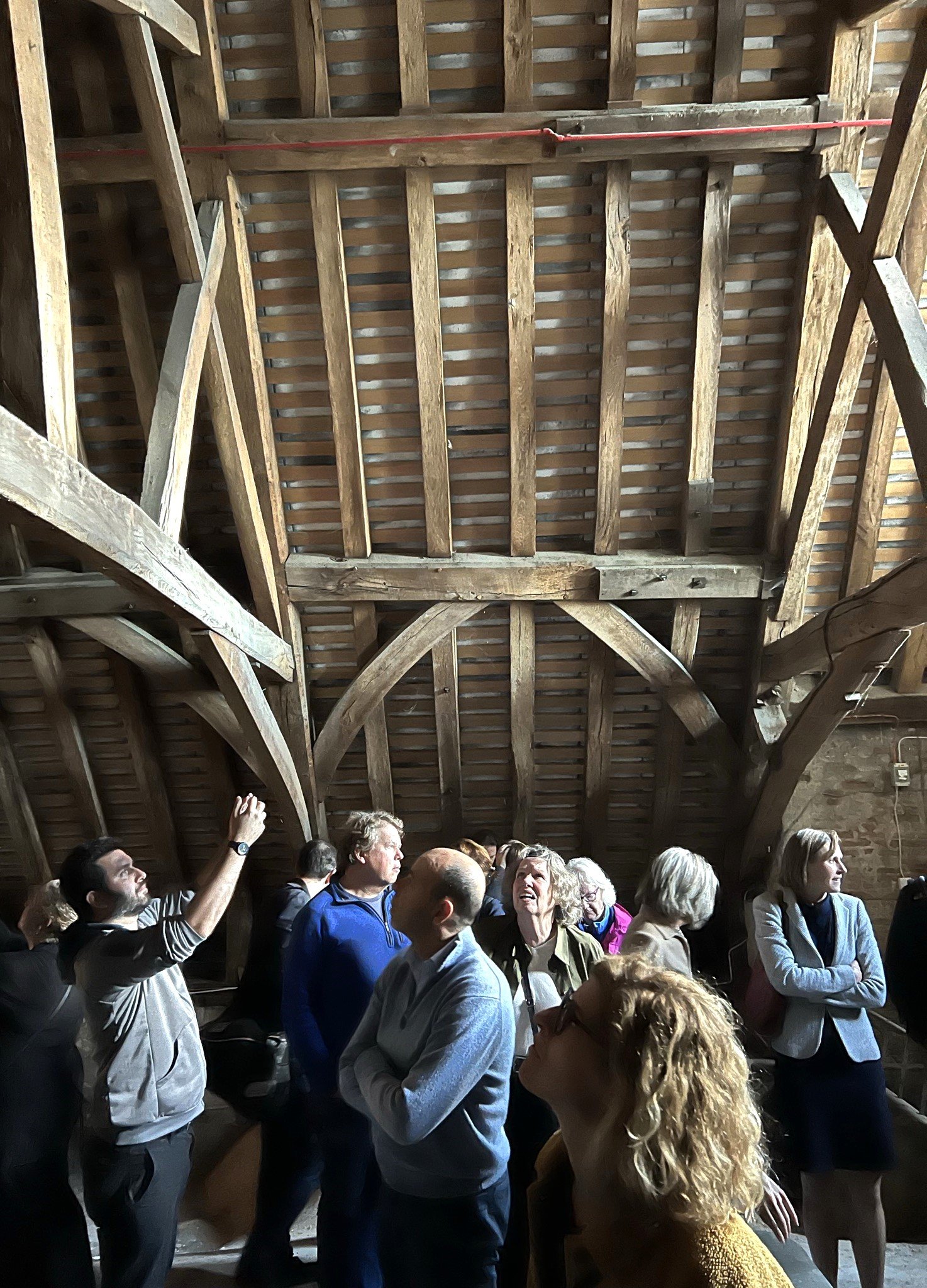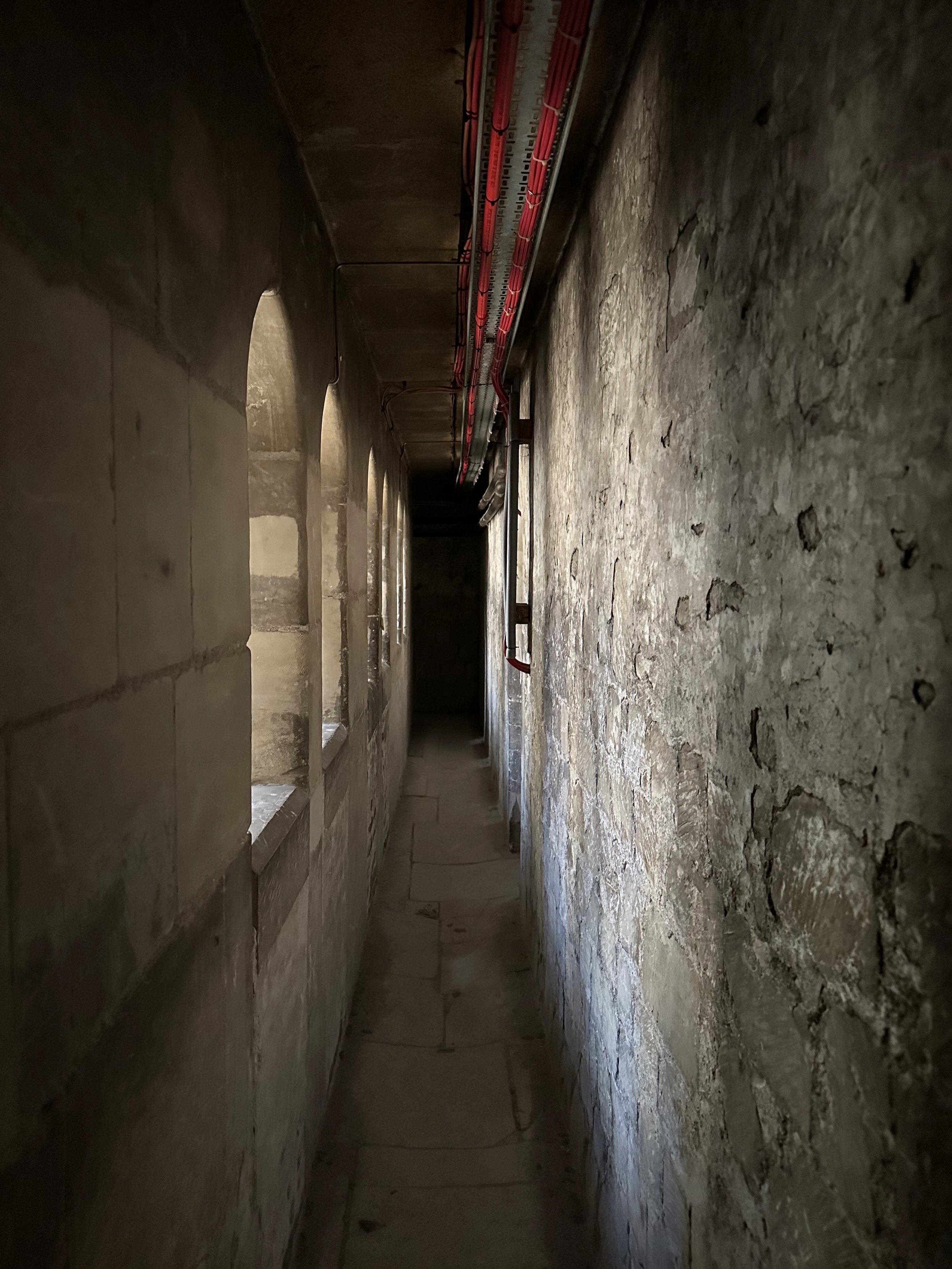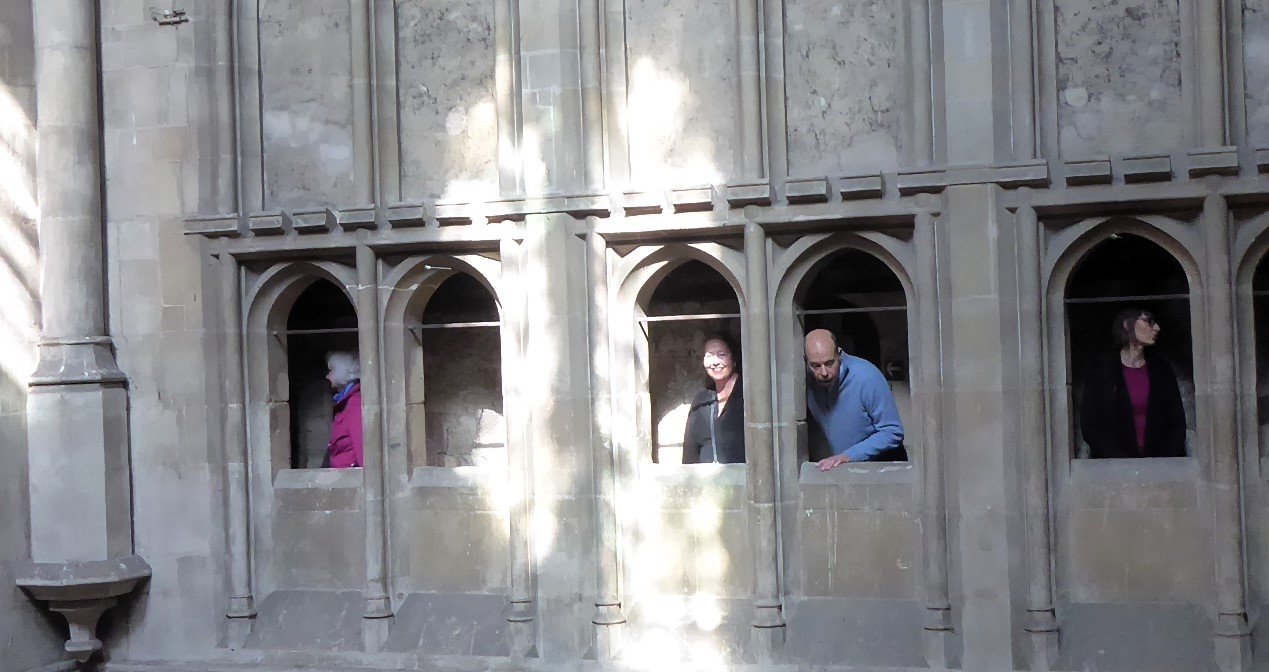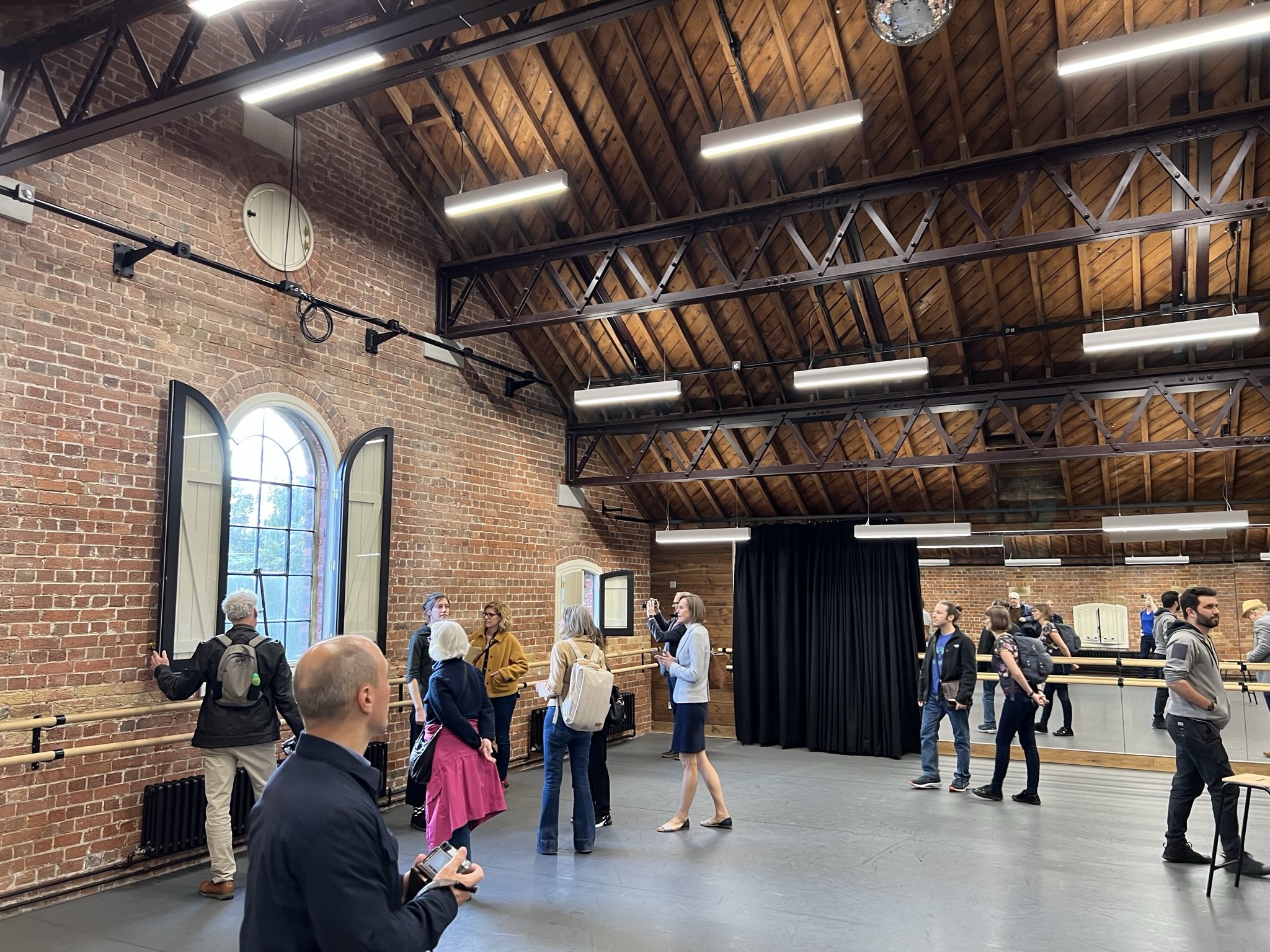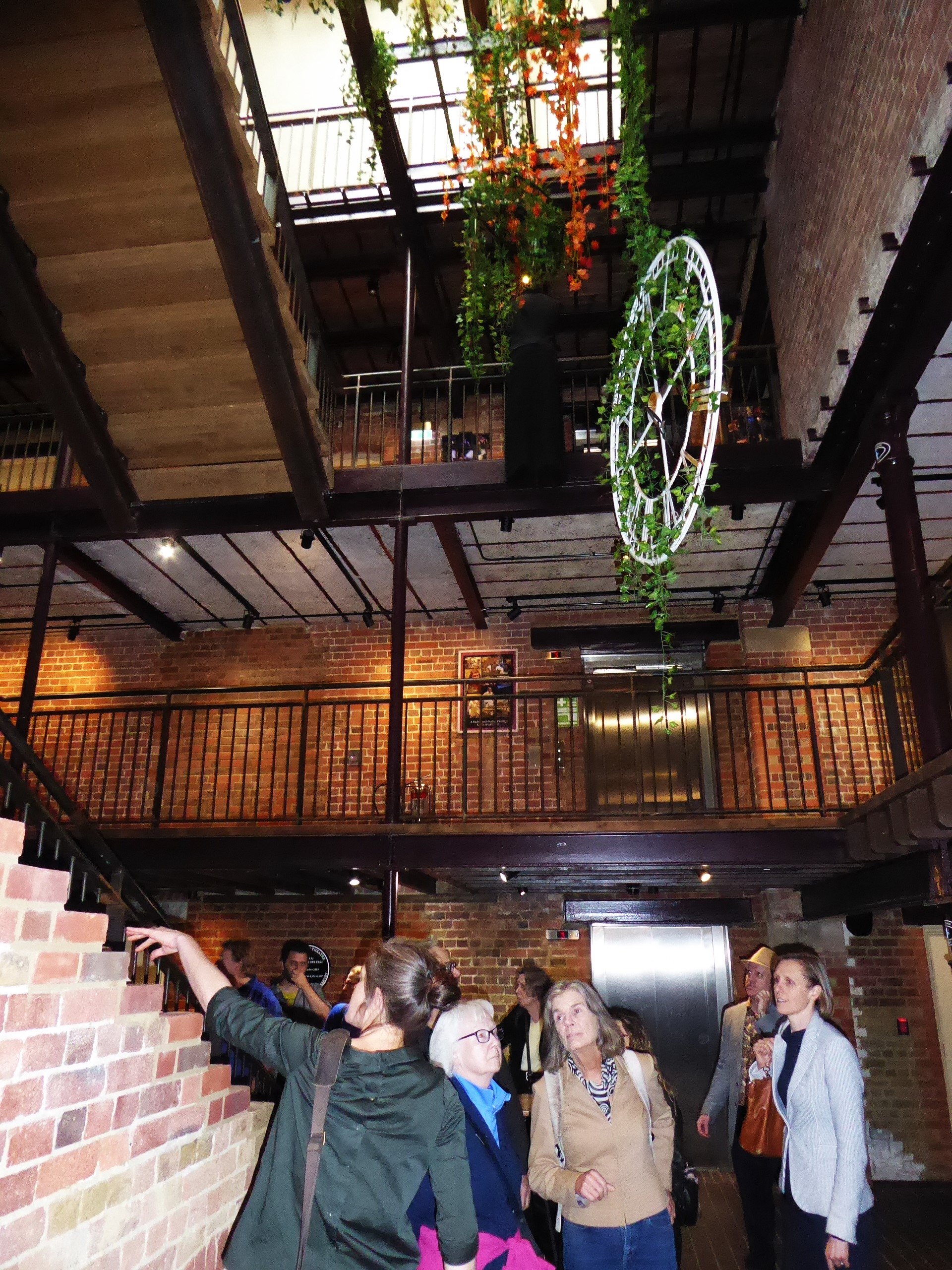2023 AIA Student Charrette
Fiona Mckay
Now in its 28 th edition, the AIAUK Student Charrette has become a firm fixture in the packed autumn calendar of the UK’s most competitive Part 1 students. This year, we were generously hosted by KPF at their Covent Garden gallery, giving students the opportunity to familiarise themselves with the rich history of this unique part of London. It also positioned them in the centre of the KPF masterplan that has seen the area transformed into a buzzing mixed-use neighbourhood.
Of course, before any AIAUK charrette begins, our student-athletes need their sustenance, so the event began with carbohydrates - the usual assortment of pastries and caffeine-infused beverages to get the creative juices flowing. More than 70 students then crowded into the gallery for the presentation of the competition brief and an opportunity to meet their mentors. The presentation guided students through the area’s history, from its origins as a 13 th century walled convent garden, to the Italianate urban planning of the 16 th century, and on to the recent masterplan. The brief’s title, ‘Covent Gardens’ gave the students a clue of the challenge to come, and the day began in earnest with the reveal of the competition challenge: to design a temporary installation responding to the theme of ‘Urban Garden.’ The site was Floral Court, a compact urban courtyard recently completed by KPF. The students were asked to visit the site and think critically about the notion of an urban garden in the contemporary city.
As always, the students responded with enthusiasm and were ably assisted by a crack team of mentors who worked tirelessly alongside their teams to keep things moving, refine ideas, and get them ready to present. The gallery was a hive of activity throughout the day, pausing only at the lunch hour, when the promise of food briefly bought things to a standstill. Soon after lunch, we were joined by the jurors who dove straight in, tasked with reviewing the submissions for the chapter’s £3000 Part 2 research Award – the Noel Hill Award - before making their way into the gallery to judge the Student Charrette. The jurors were well placed to judge this year’s competition, with plenty of high profile installations and community-oriented spaces in their portfolios. The jurors’ feedback proved invaluable as they showed the students that even the fastest sketch is enough to stimulate conversation and a productive exchange of ideas.
As usual, the range of proposals and the creativity with which they were represented was inspiring to see. The judges were unanimous in their praise for one project in particular though, which duly emerged as the overall winner. Titled ‘Green Network,’ the team from the University of Westminster presented an inventive proposal for a ‘plant rotary’ – a conveyor belt of house-plants threaded through the site. The judges commented that:
‘the proposition responded to a real concern faced by those living in an urban context. It encourages cohesion and connection between existing residences and those passing by. The idea of a network of pulley systems and cables creates a spectacle and performance while integrating a real use. The proposal was novel, playful and inventive and has the potential to enhance the enjoyment of an intimate urban space.’
The Westminster team presenting their winning proposal, ‘The Green Network’
Westminster can add another Charrette trophy to their overflowing trophy cabinet, having won the grand prize on a number of previous occasions. Runners-up were also commended, with the first runner-up prize awarded to the team from the University of Manchester. The judges enjoyed their colourful, joyful proposal titled ‘Wonderland’ and commented that, ‘the collages and sketches were imaginative and had a strong focus on landscape and ecology that embedded the theme of the ‘urban garden’ purposefully.
The University of Manchester team, impressing the judges with their ‘joyful’ proposal for a new Wonderland.
Finally, the prize-giving concluded with the second runner-up prize, awarded to the University of Bath for their proposal ‘The Orchard.’ Using little more than crisp-packets, cardboard and a series of inventive diagrams, the team impressed the judges, who commented; ‘the proposition of combining the urban and nature with canopies that played upon the reflections of the intimate urban site were playful and driven by context. The use of materials and positioning to elevate user experience and offer a place of rest in the city was sensitive and highly responsive to both user and environment’.
The University of Bath, describing their concept for ‘The Orchard’ featuring reflective light columns, modelled with crisp packets and cardboard.
AIAUK would like to thank all the students that took part, as well as their mentors Pierre Baillargeon AIA, Francis Hur AIA, Stephen Lawler AIA, Tyler Bollier RIBA, Orkun Beydagi, Brian Oknyansky AIA, and Laura Petruso RIBA and the judges Bongani Muchemwa RIBA, David Ogunmuyiwa RIBA and Sanaa Shaikh RIBA for their energy and enthusiasm.
The winning team, from Westminster University. Mentor: Laura Petruso RIBA
Daile Cerneckyte, Elena Delli Colli, Claudia Gomez, Umi Sakai-Stoute, Della Wendha, Edwin Zhou
First Runners-Up: Manchester School of Architecture. Mentor: Stephen Lawler AIA
Chelsea Chan, Yiran Chen, Tianyi Gao, Nicole Ho, Cristina Pulido, Anna Robertson
Second Runners-Up: University of Bath. Mentor: Stephen Lawler AIA
Cathy Ge, Katie Innes, George Knight, Sarah Mclaren, Annabel Wood
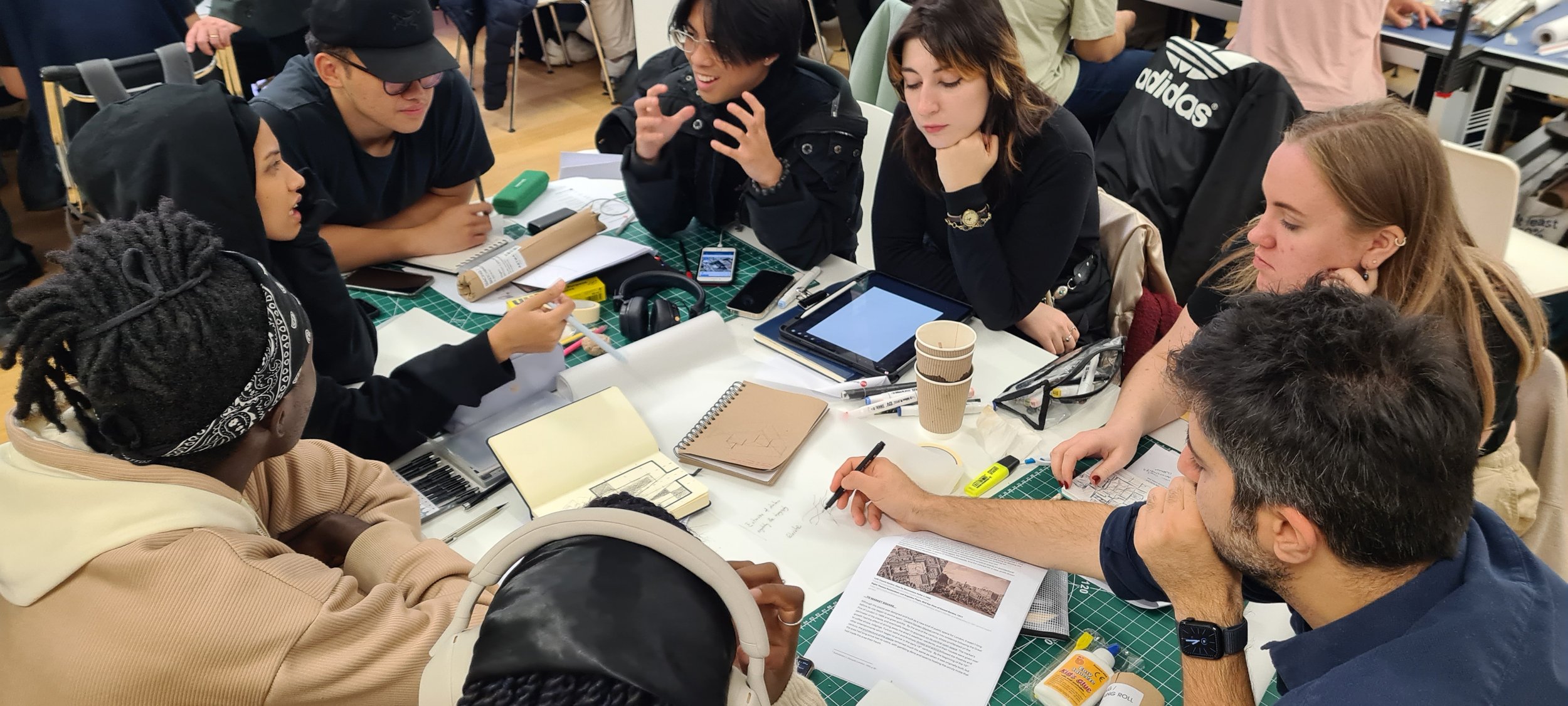
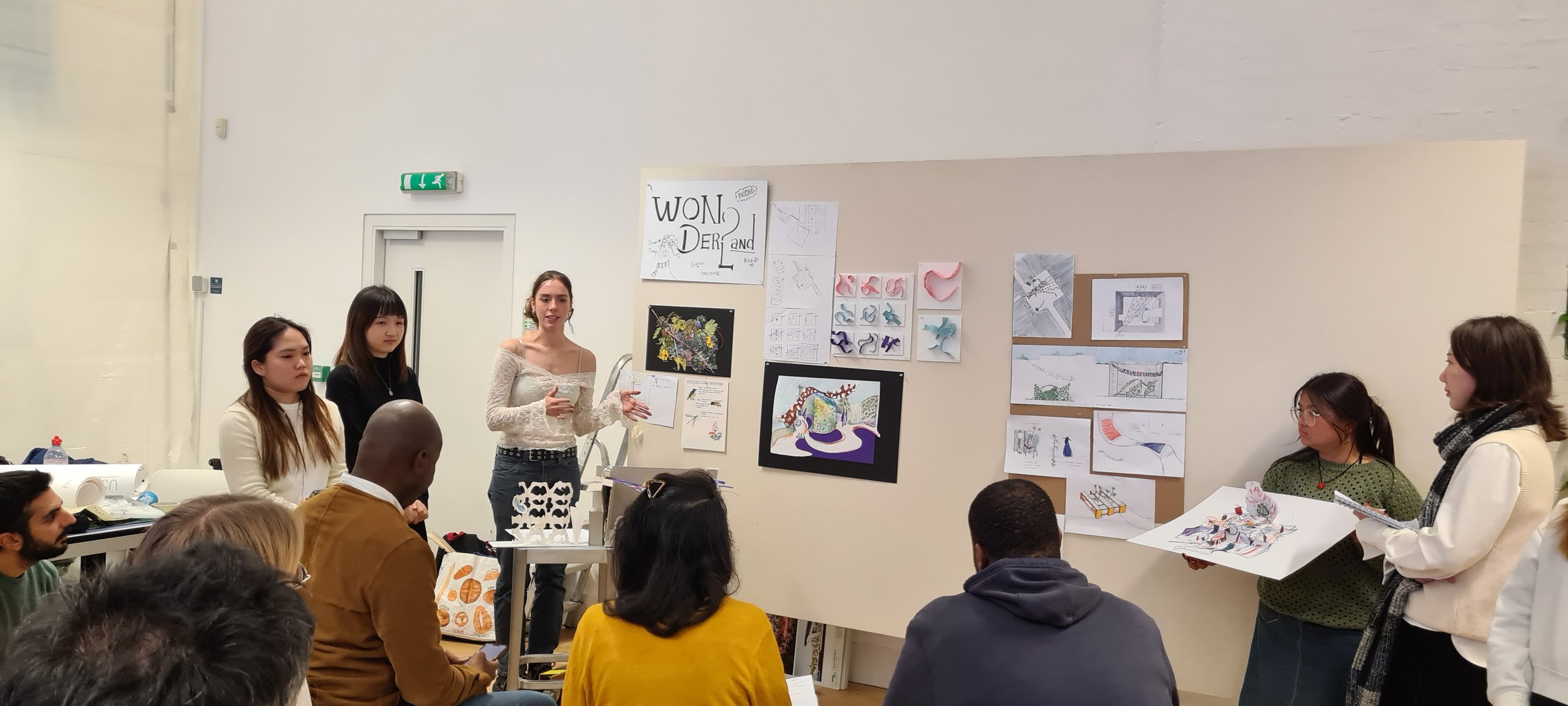
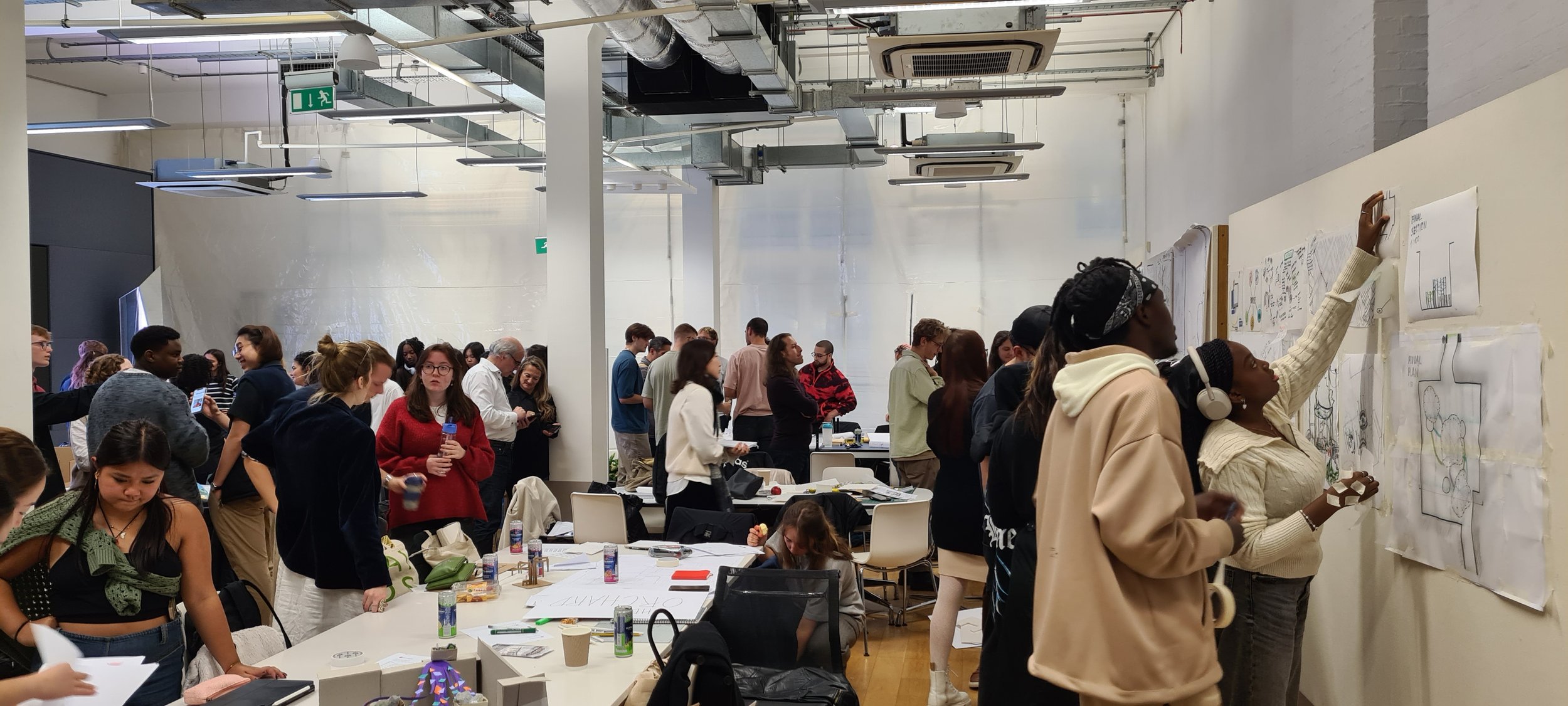
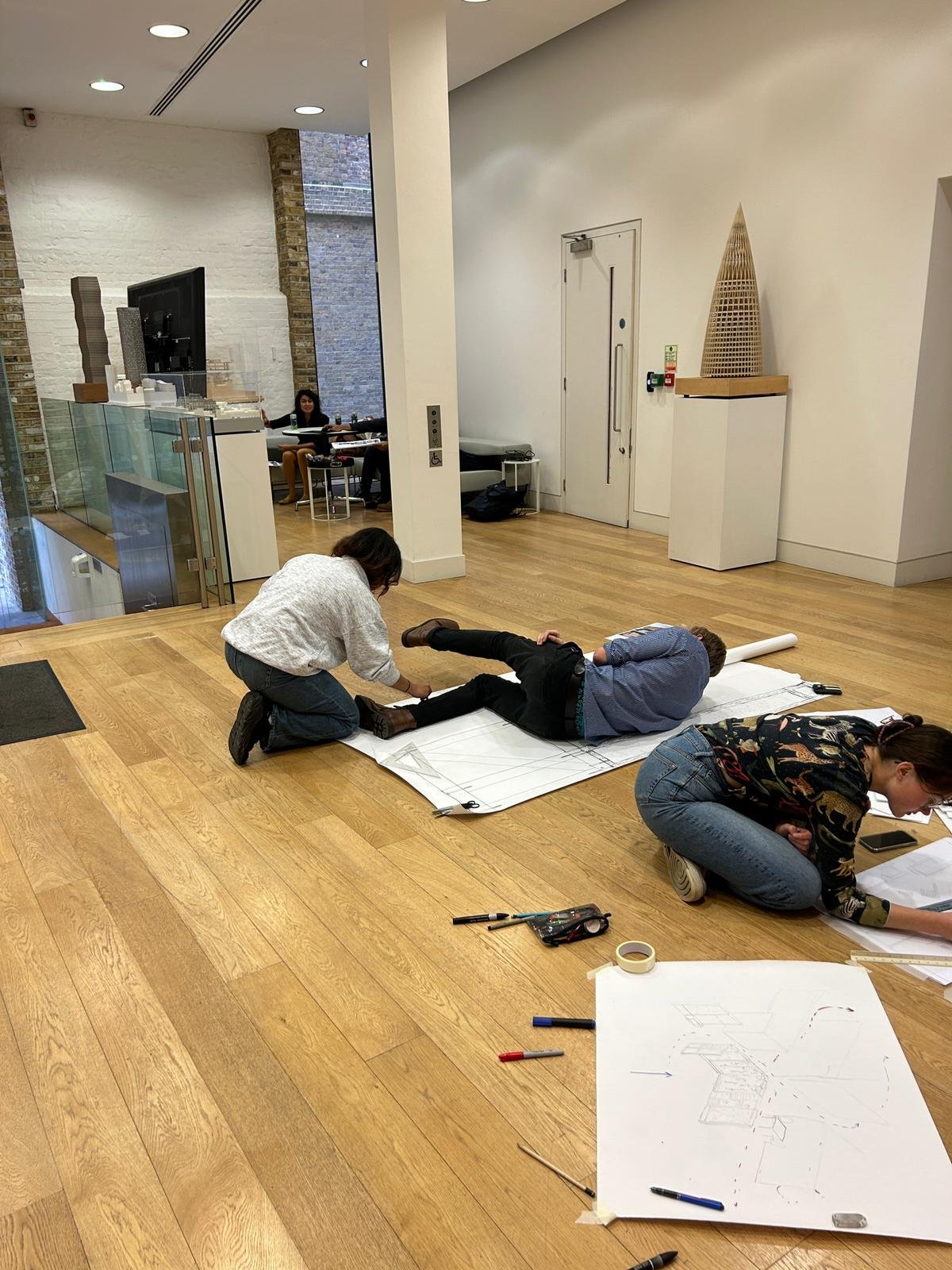
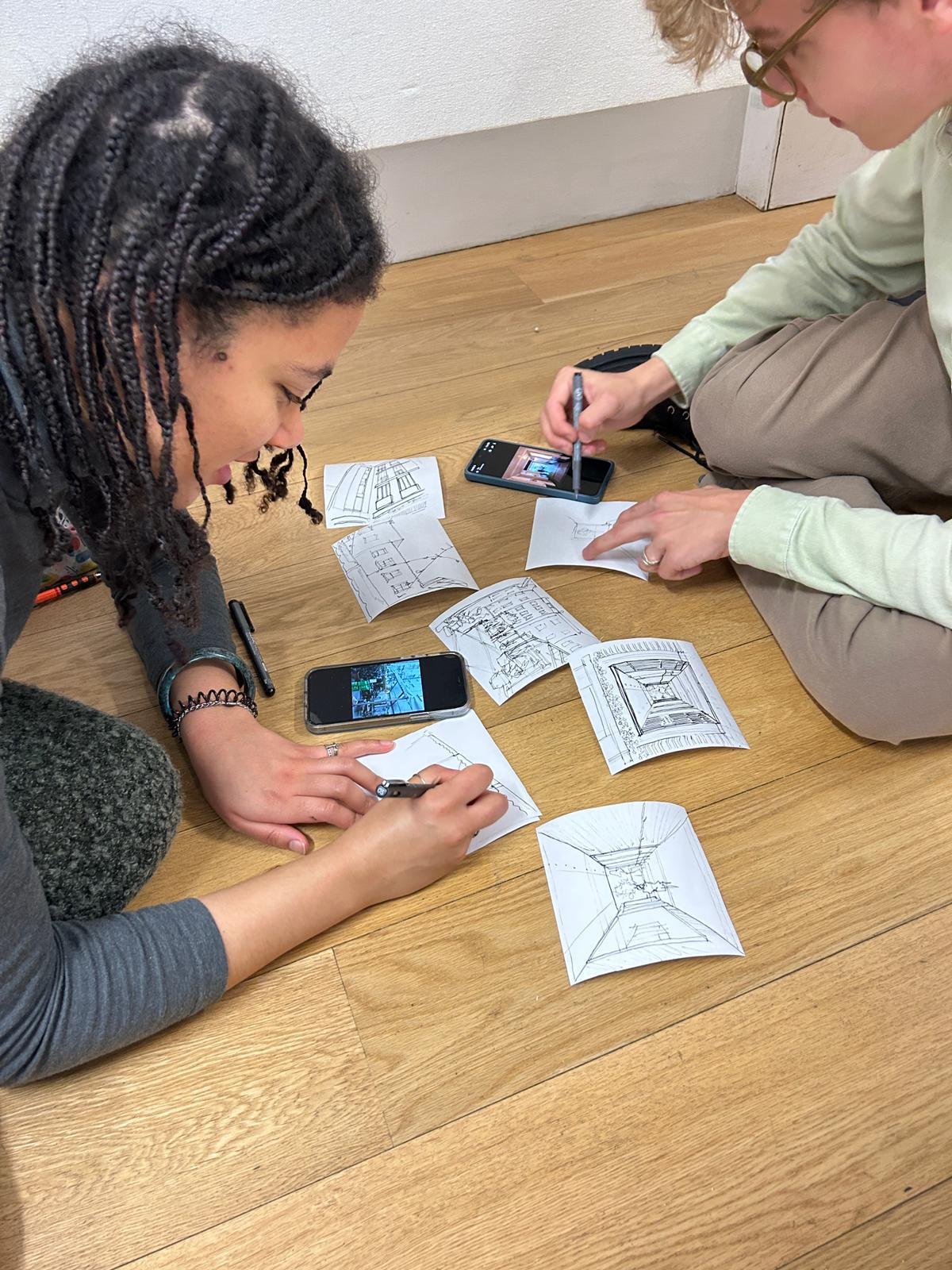
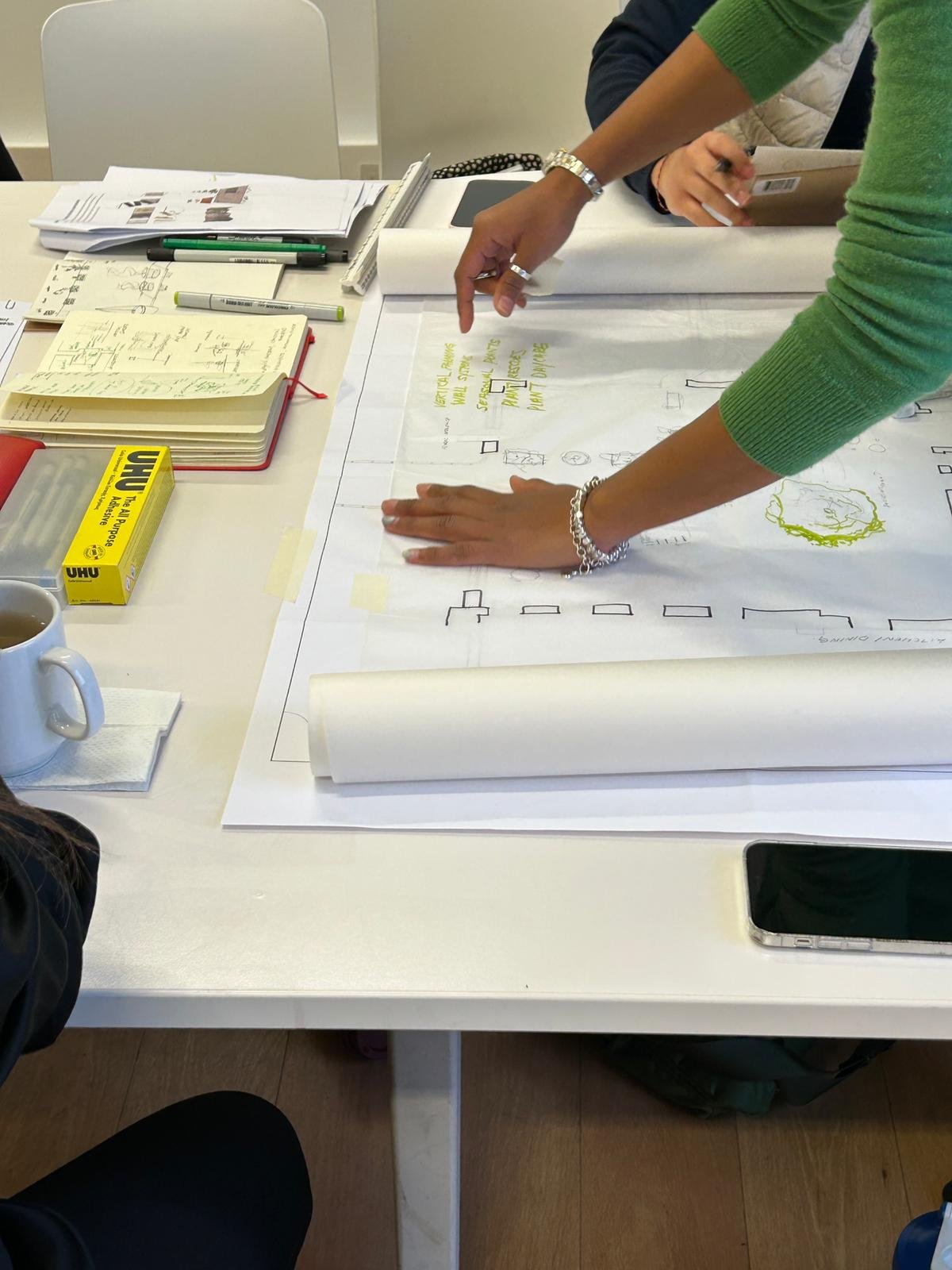
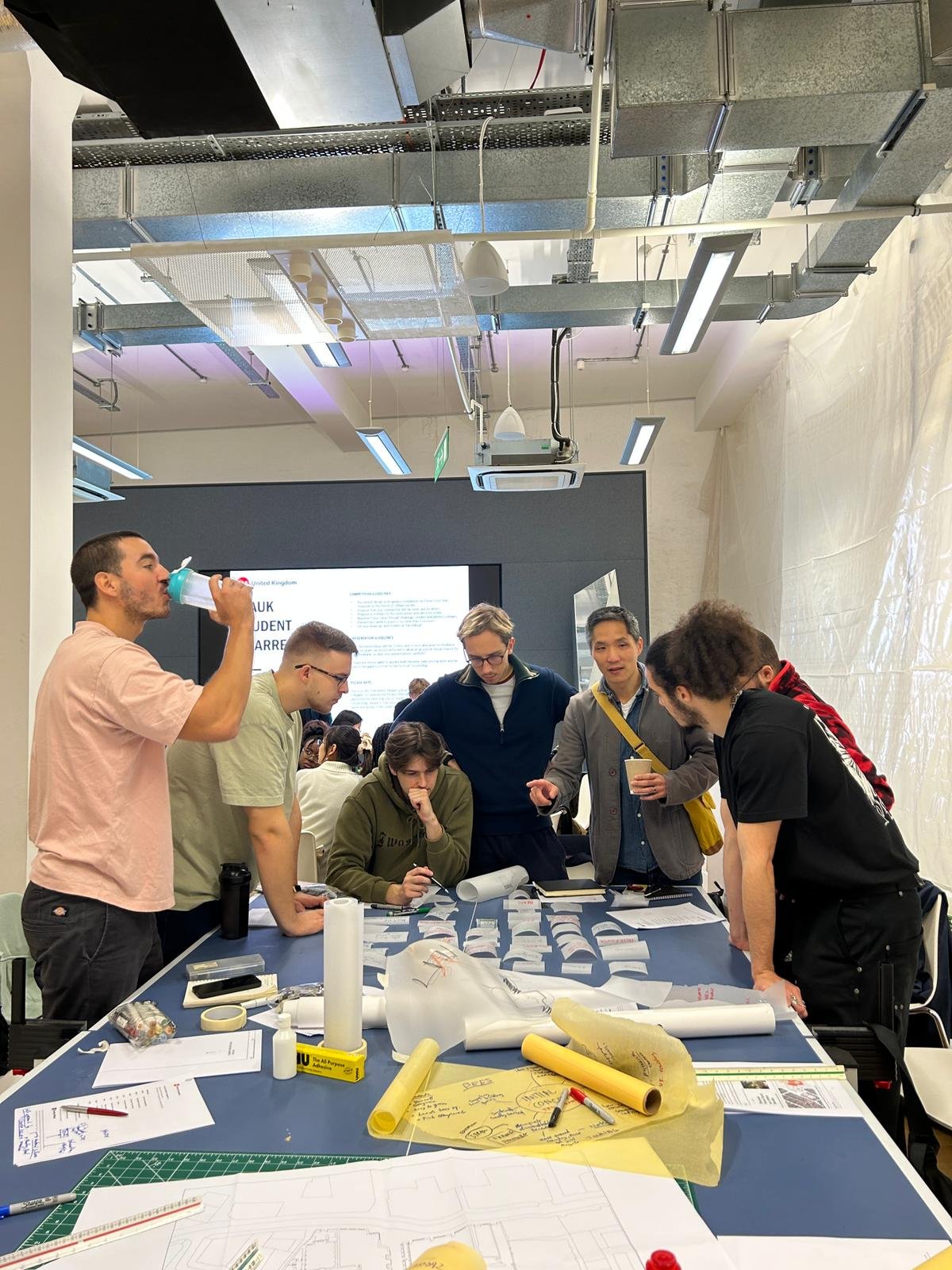
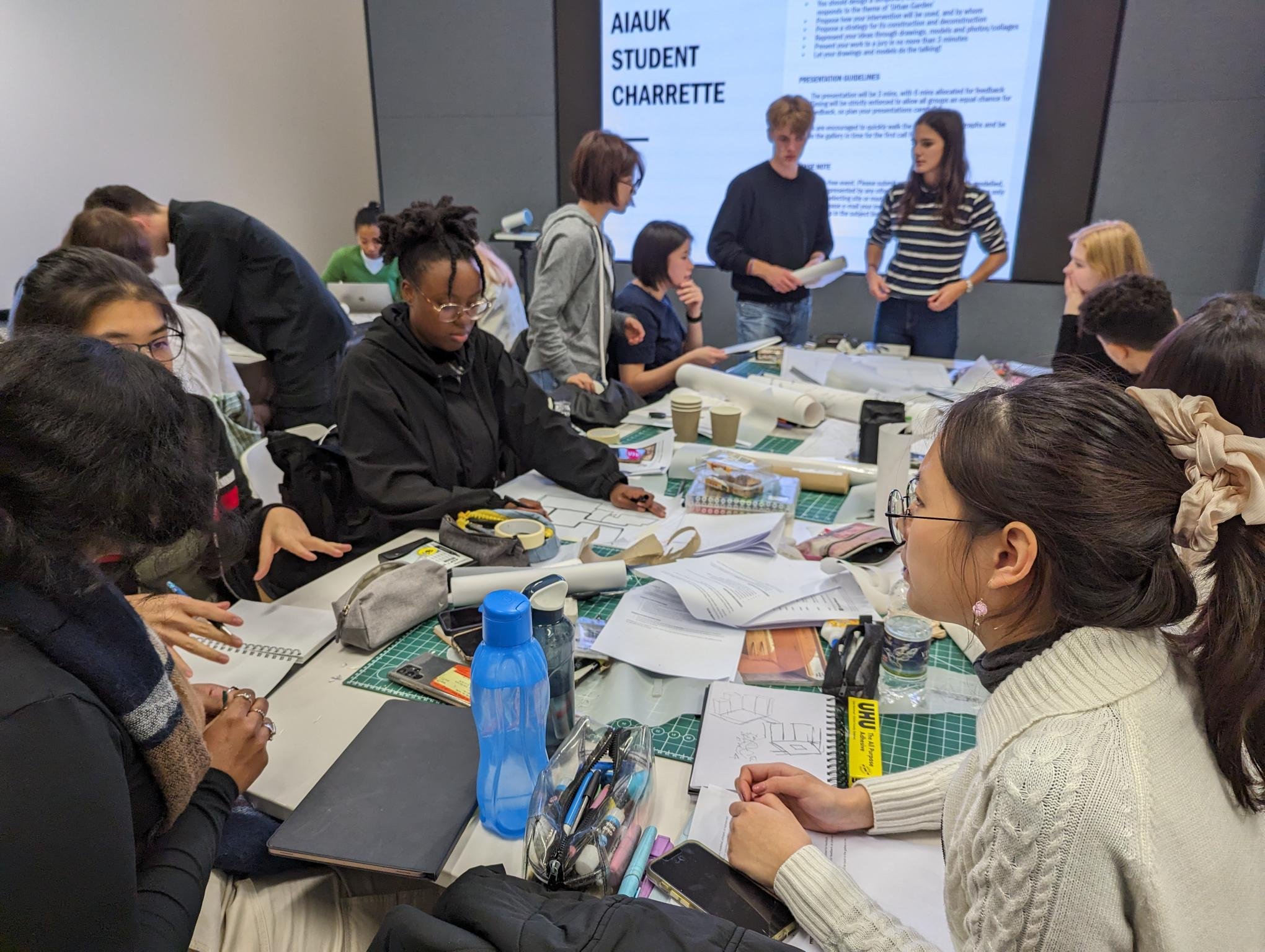
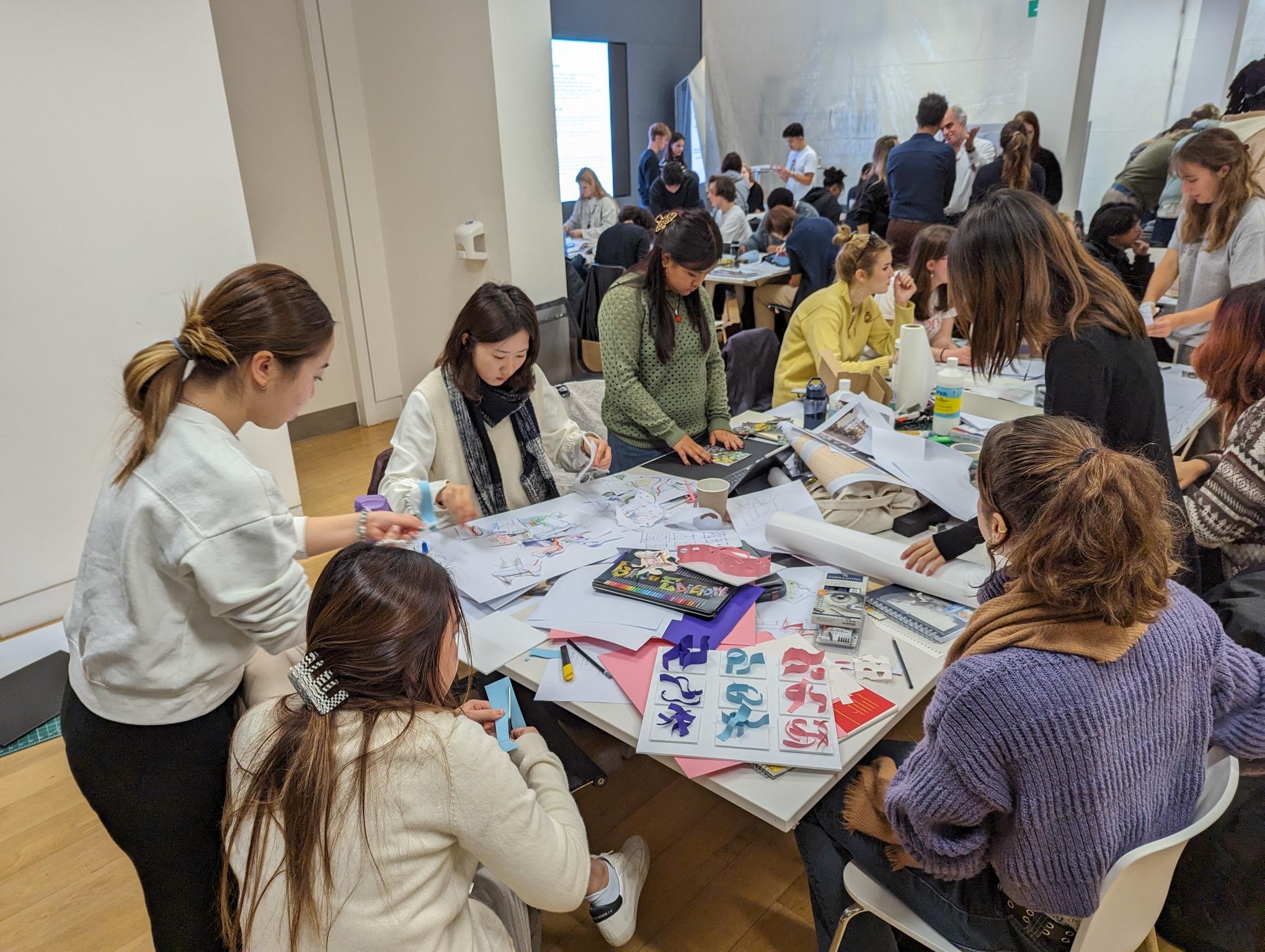
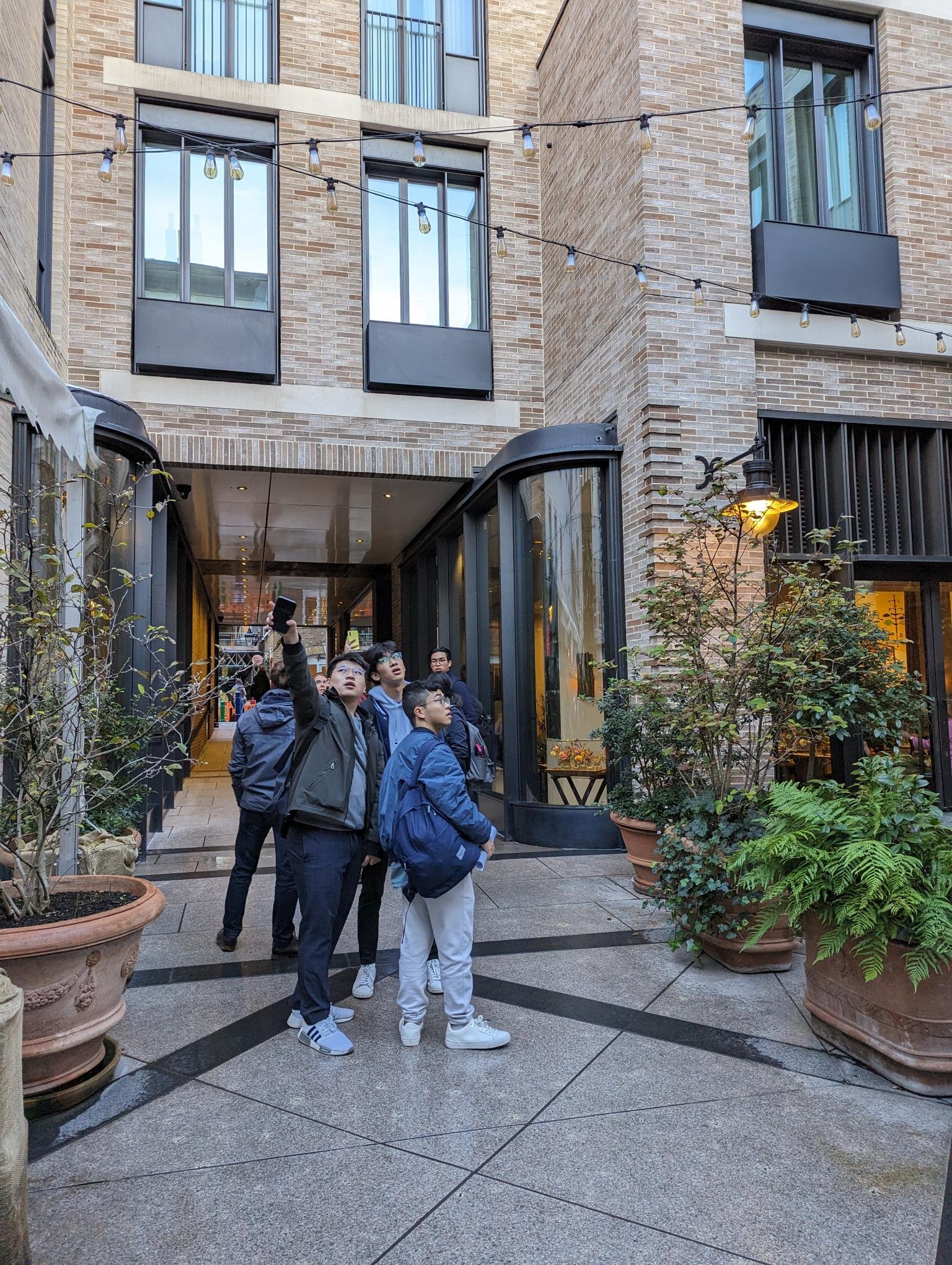
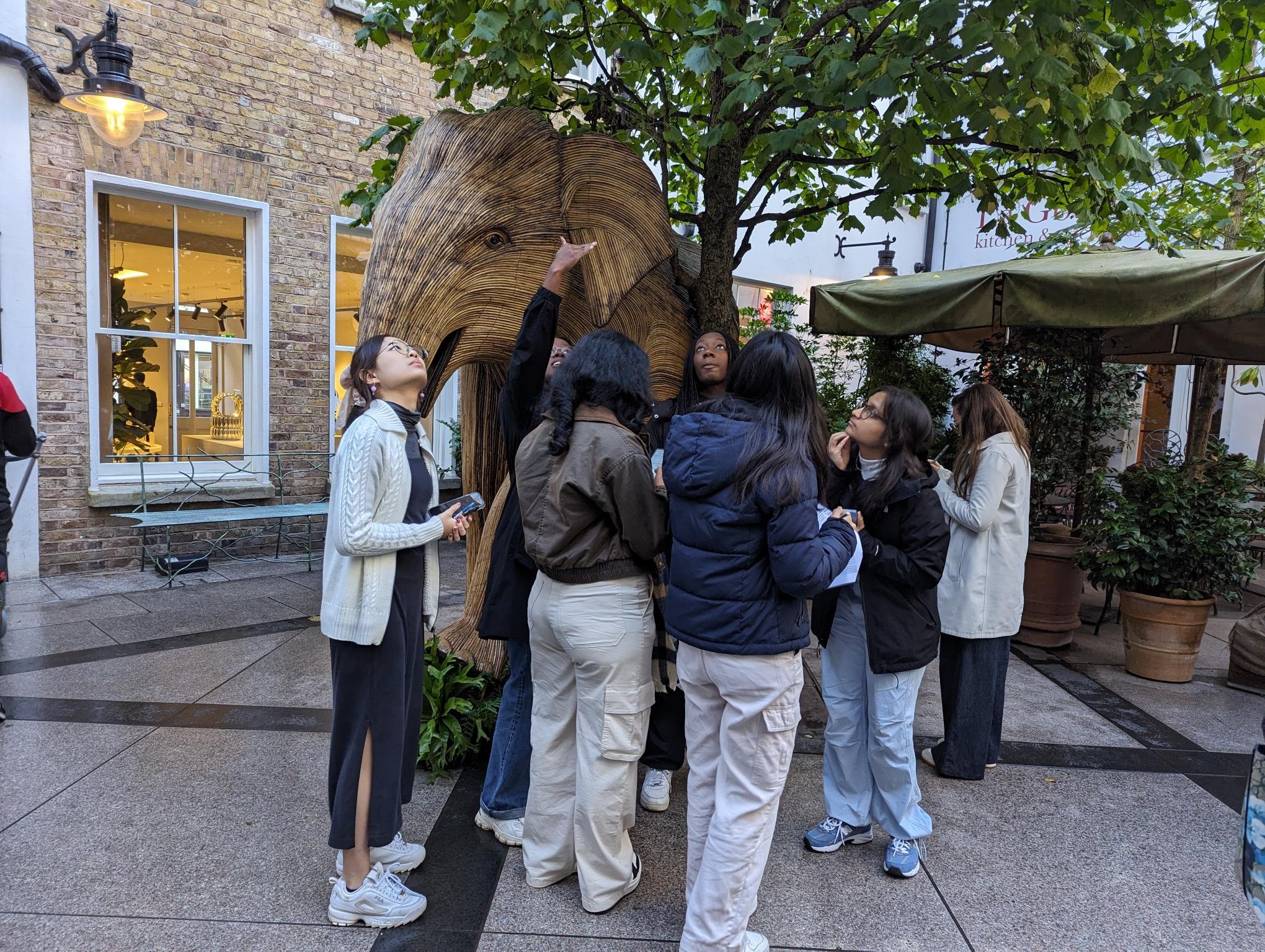
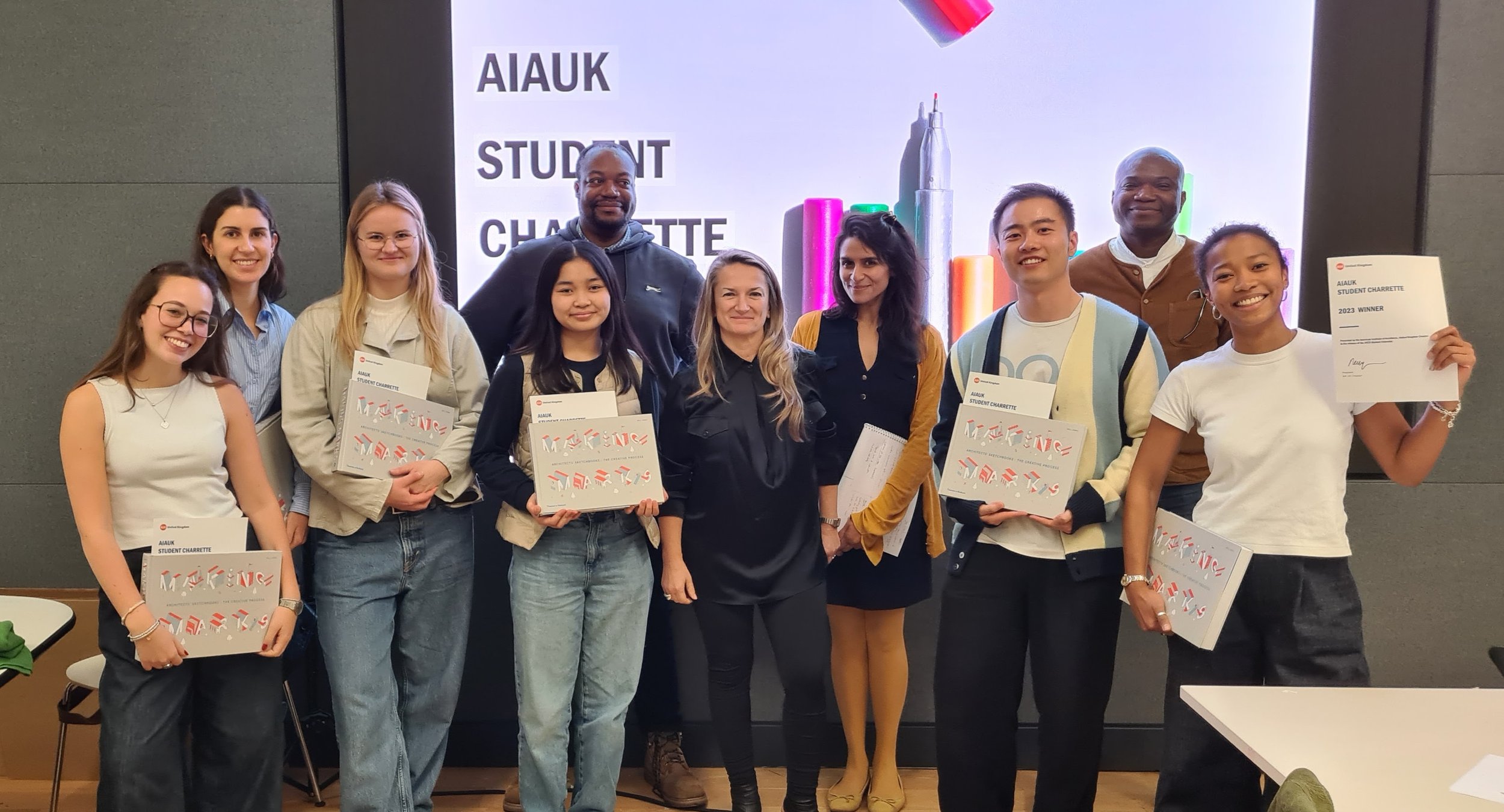
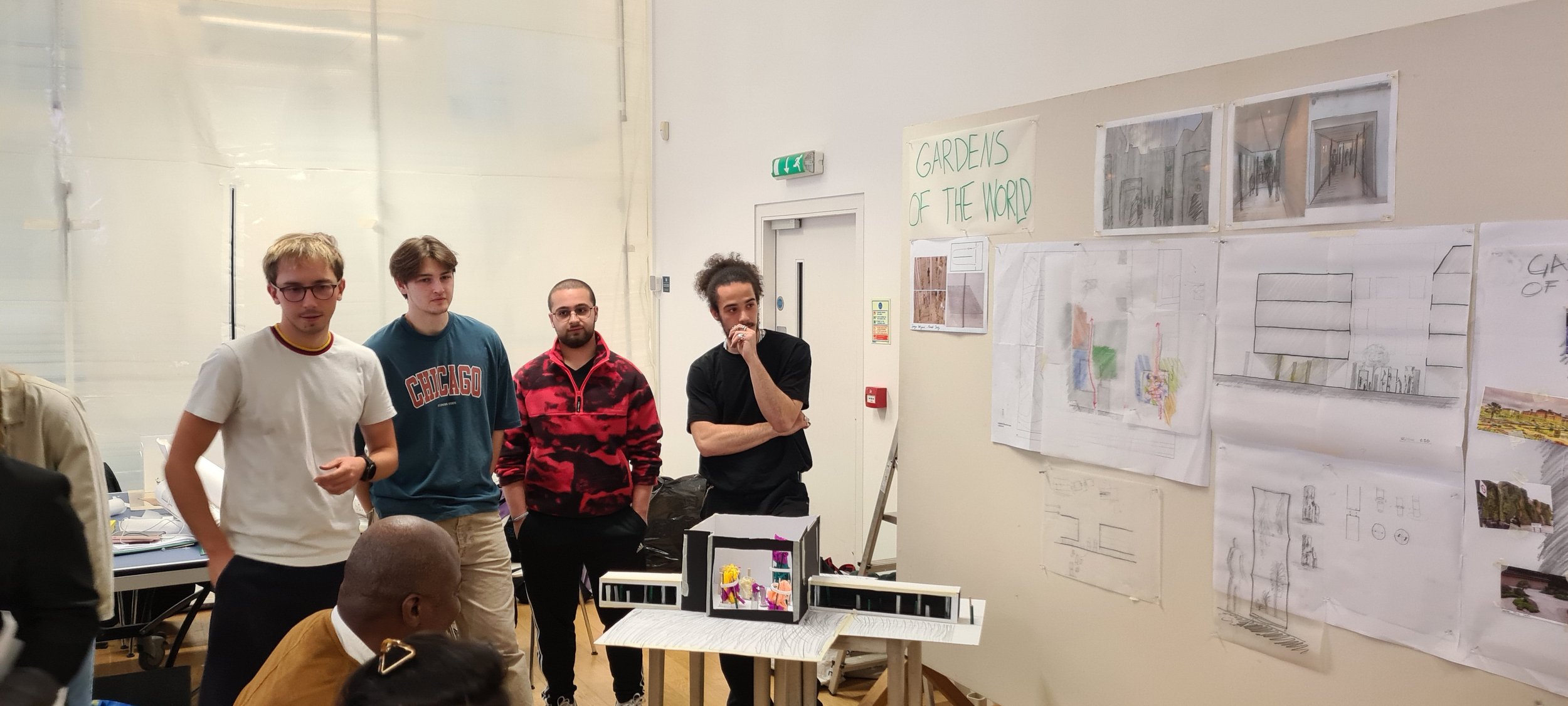
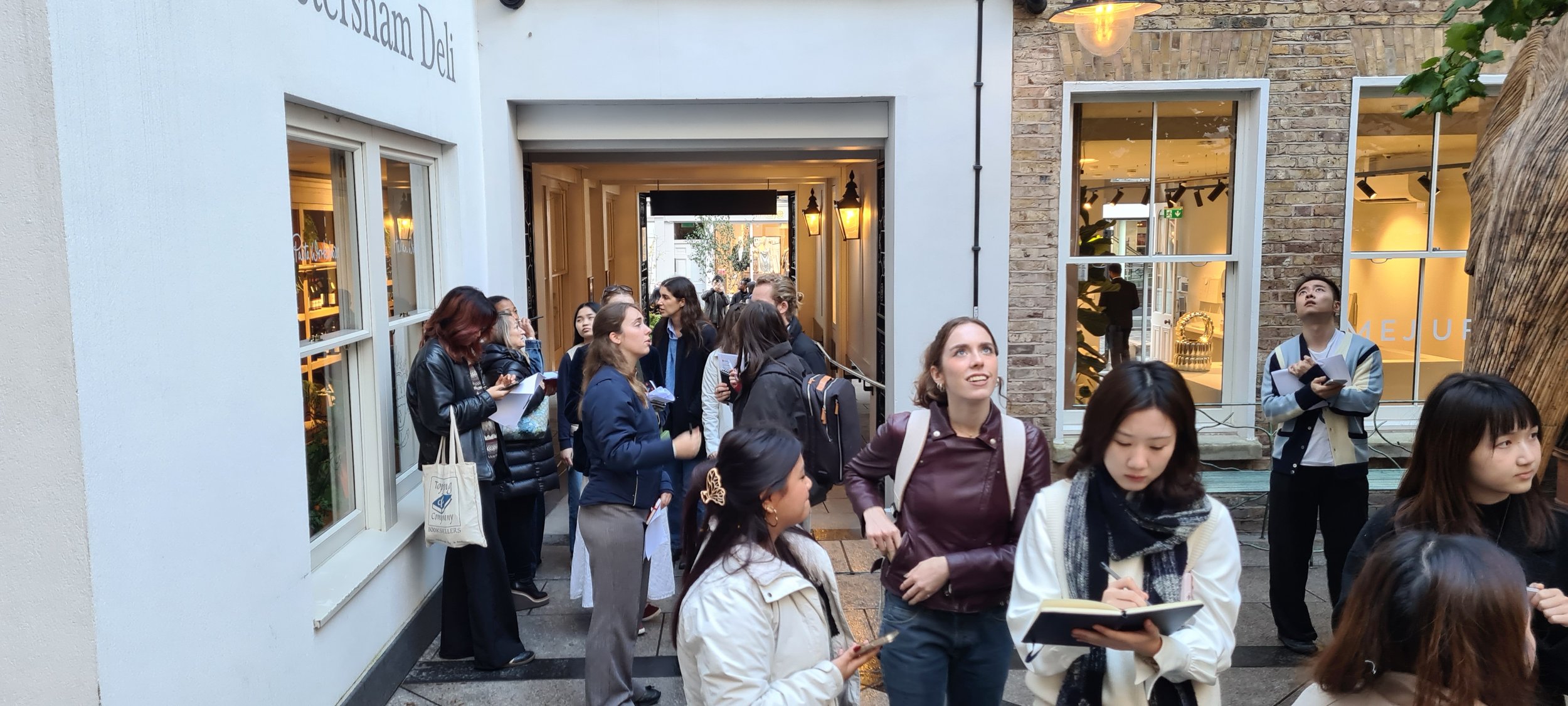
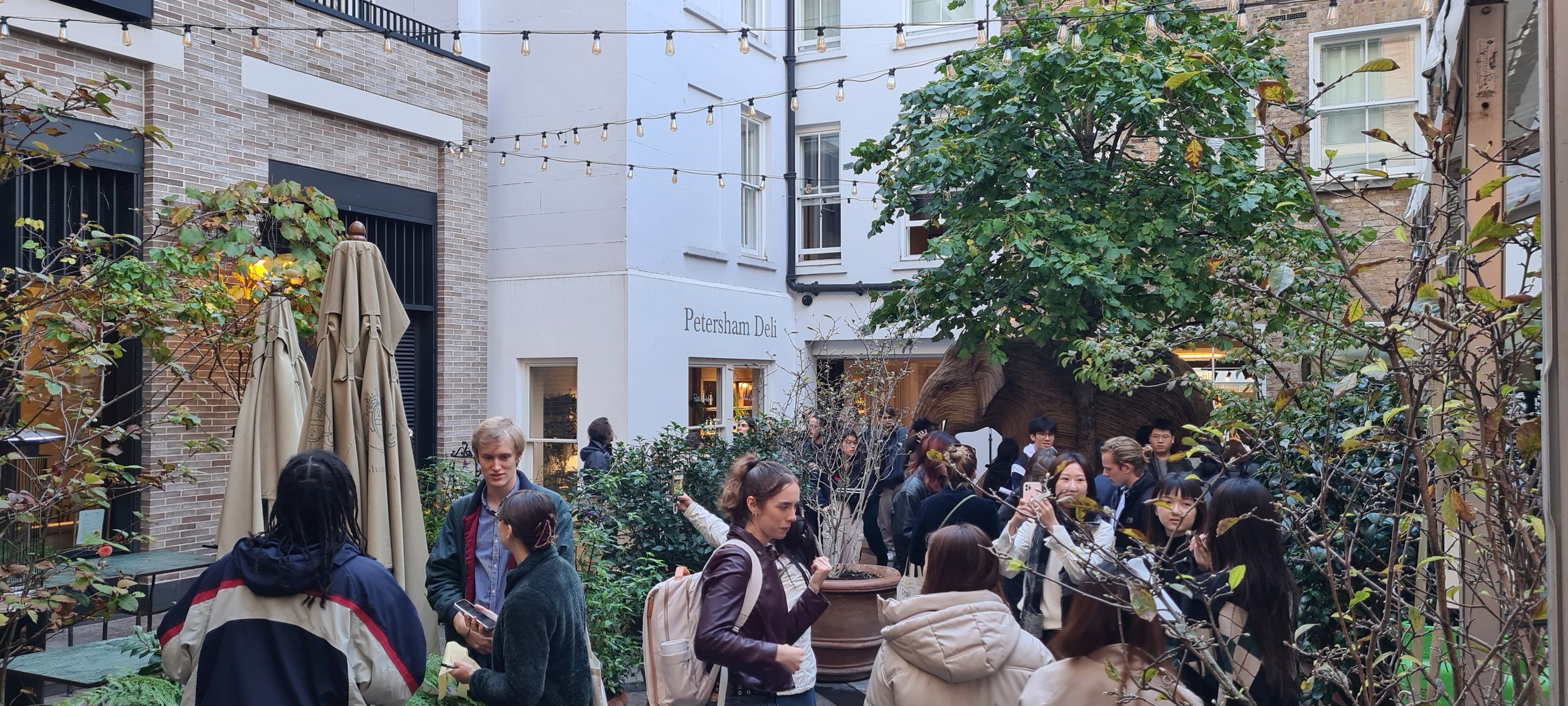
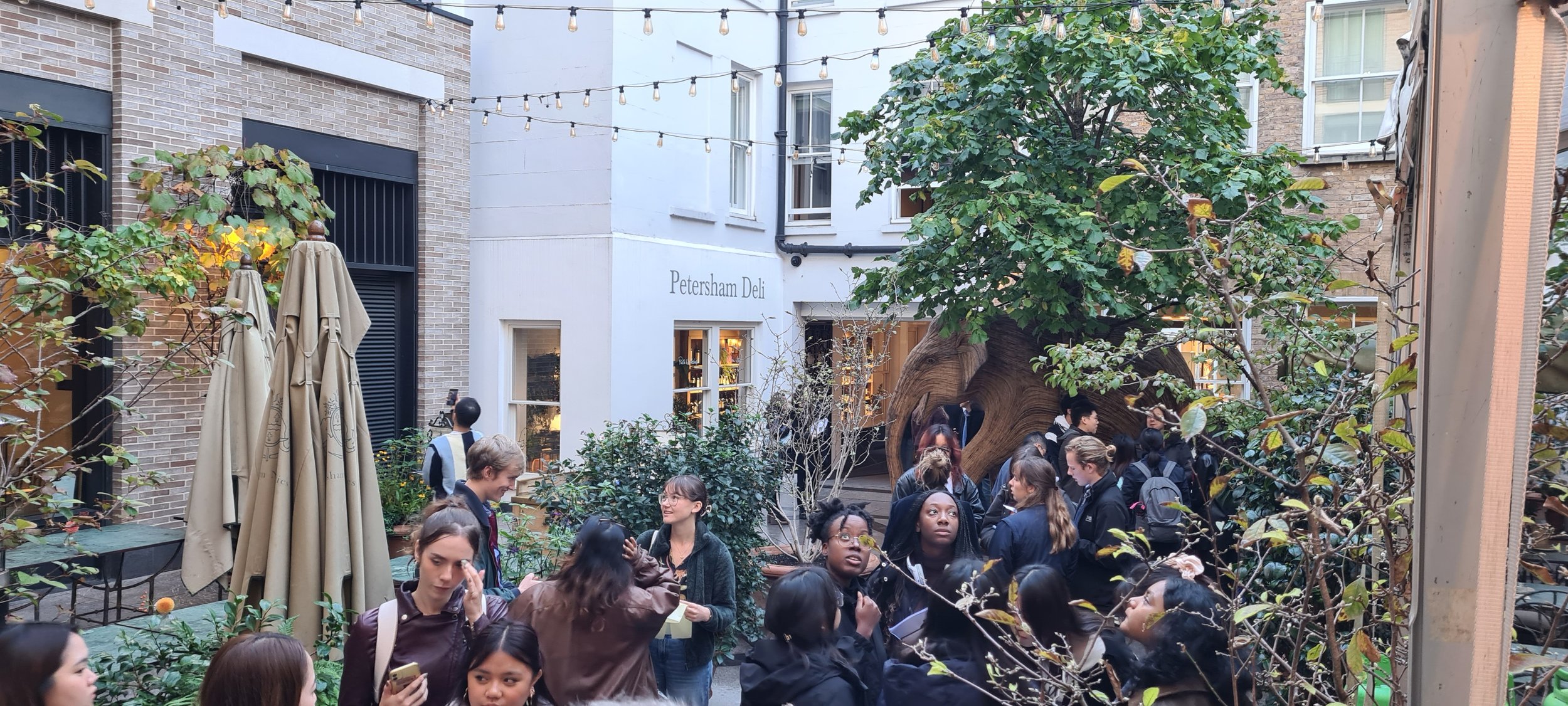
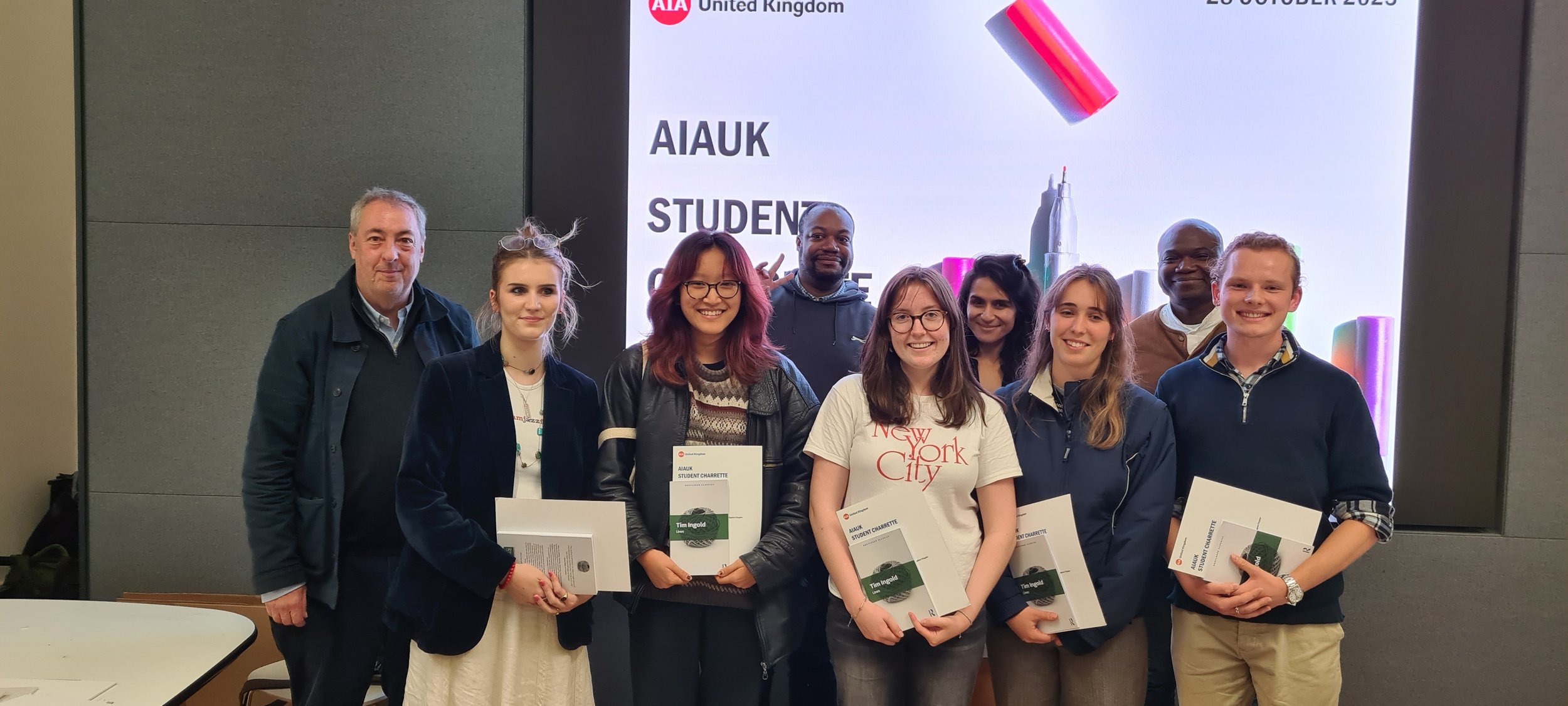
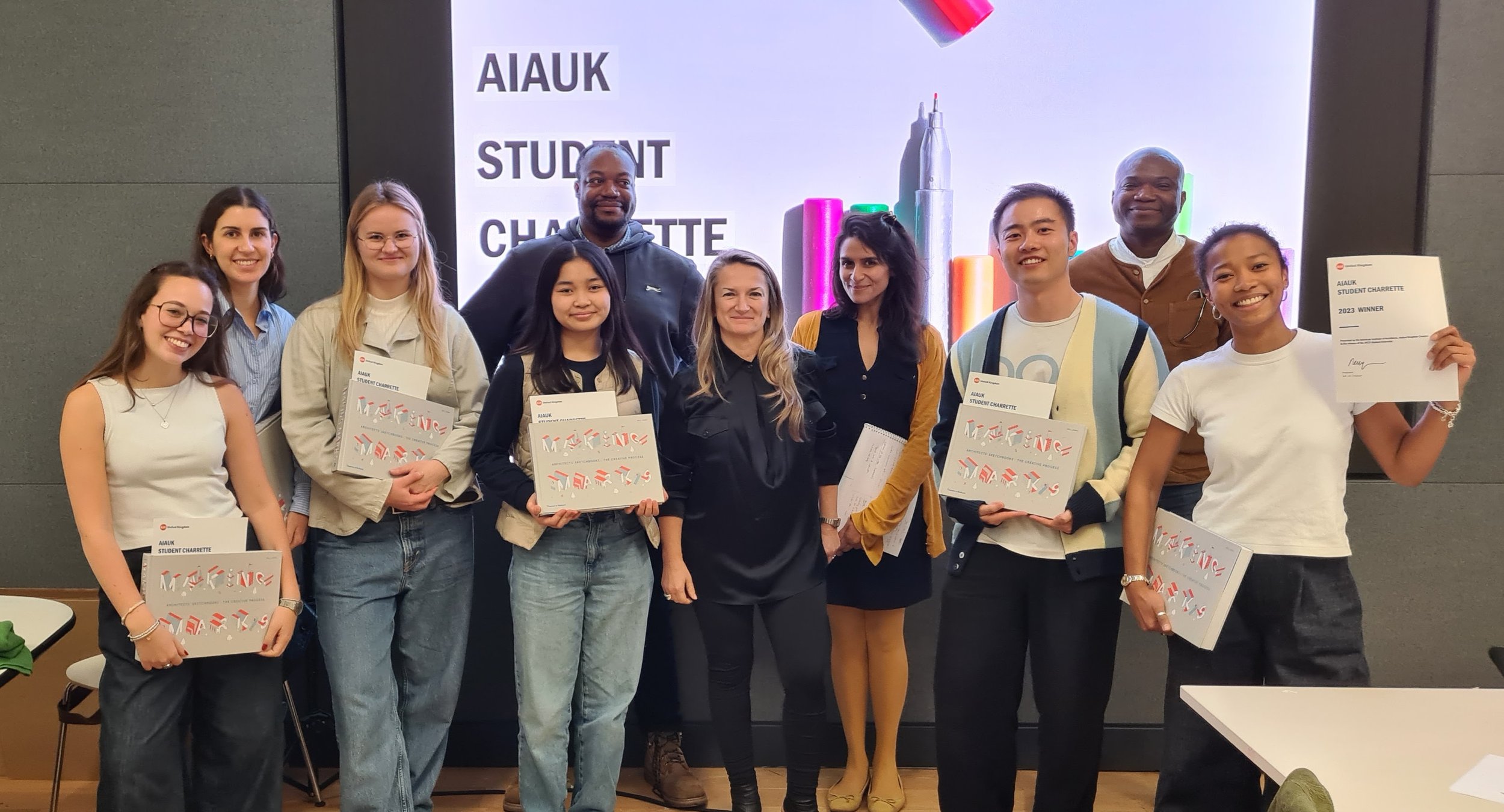
Written by Nicholas Kehagias AIA, RIBA











